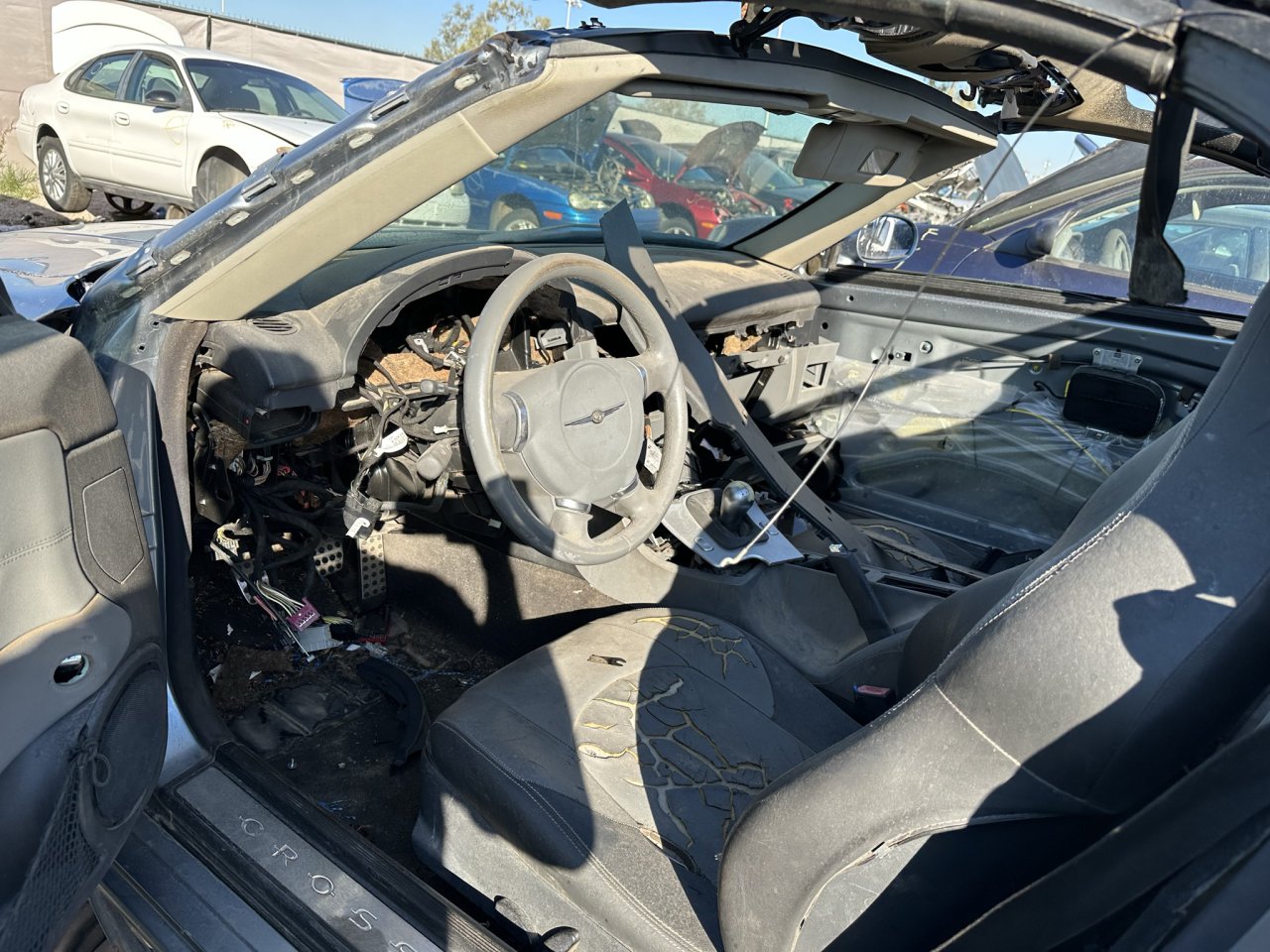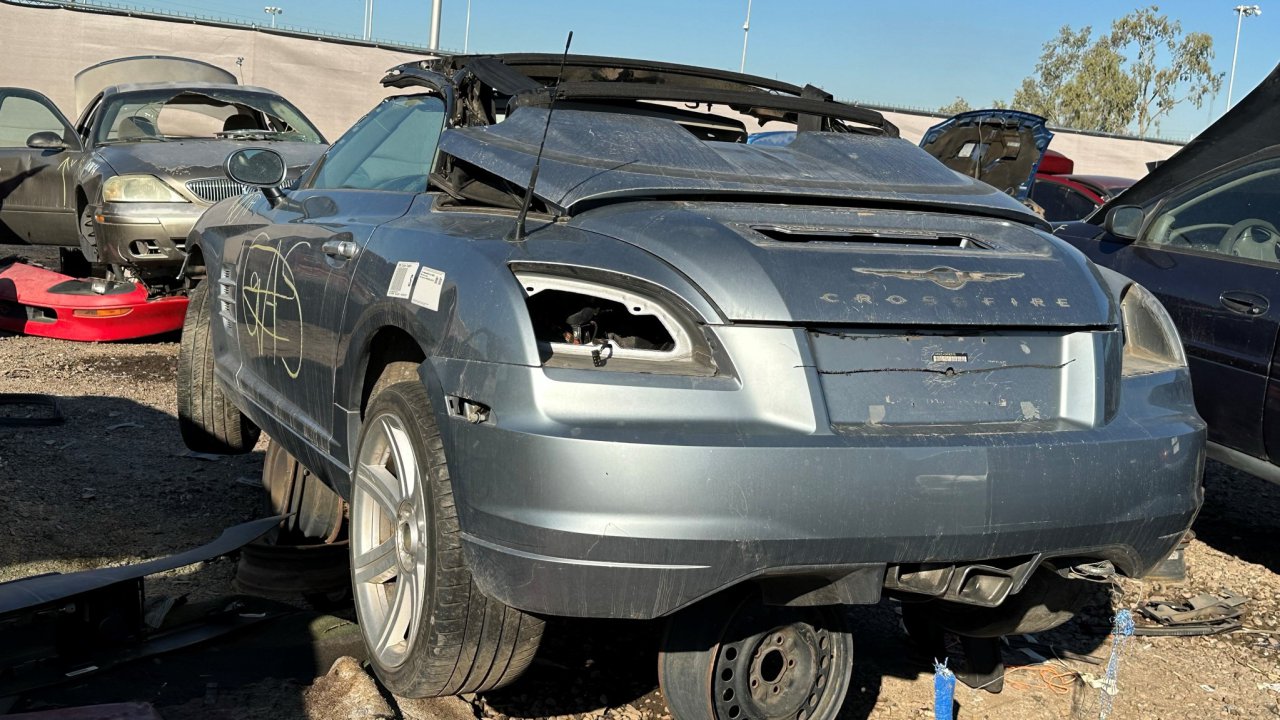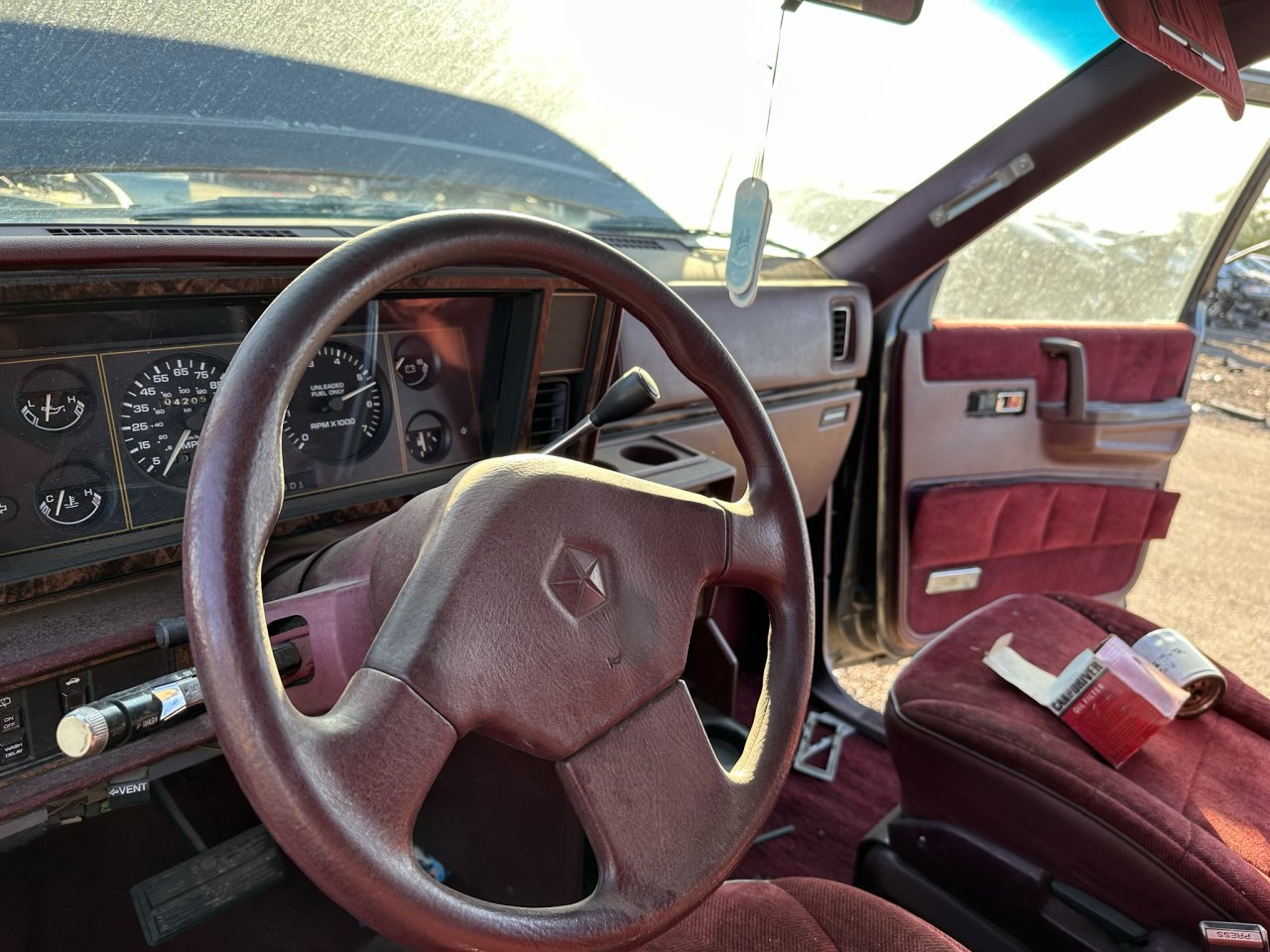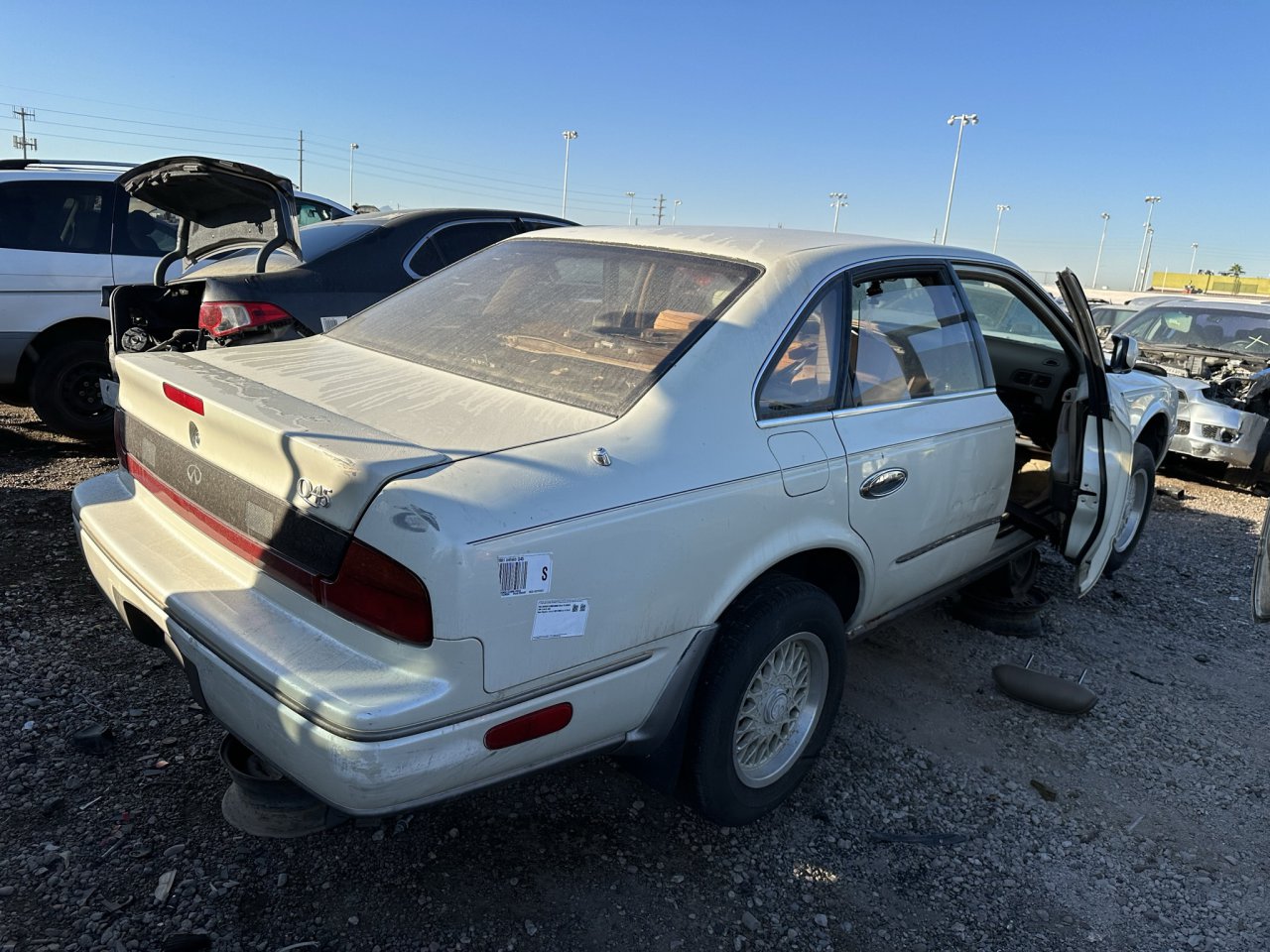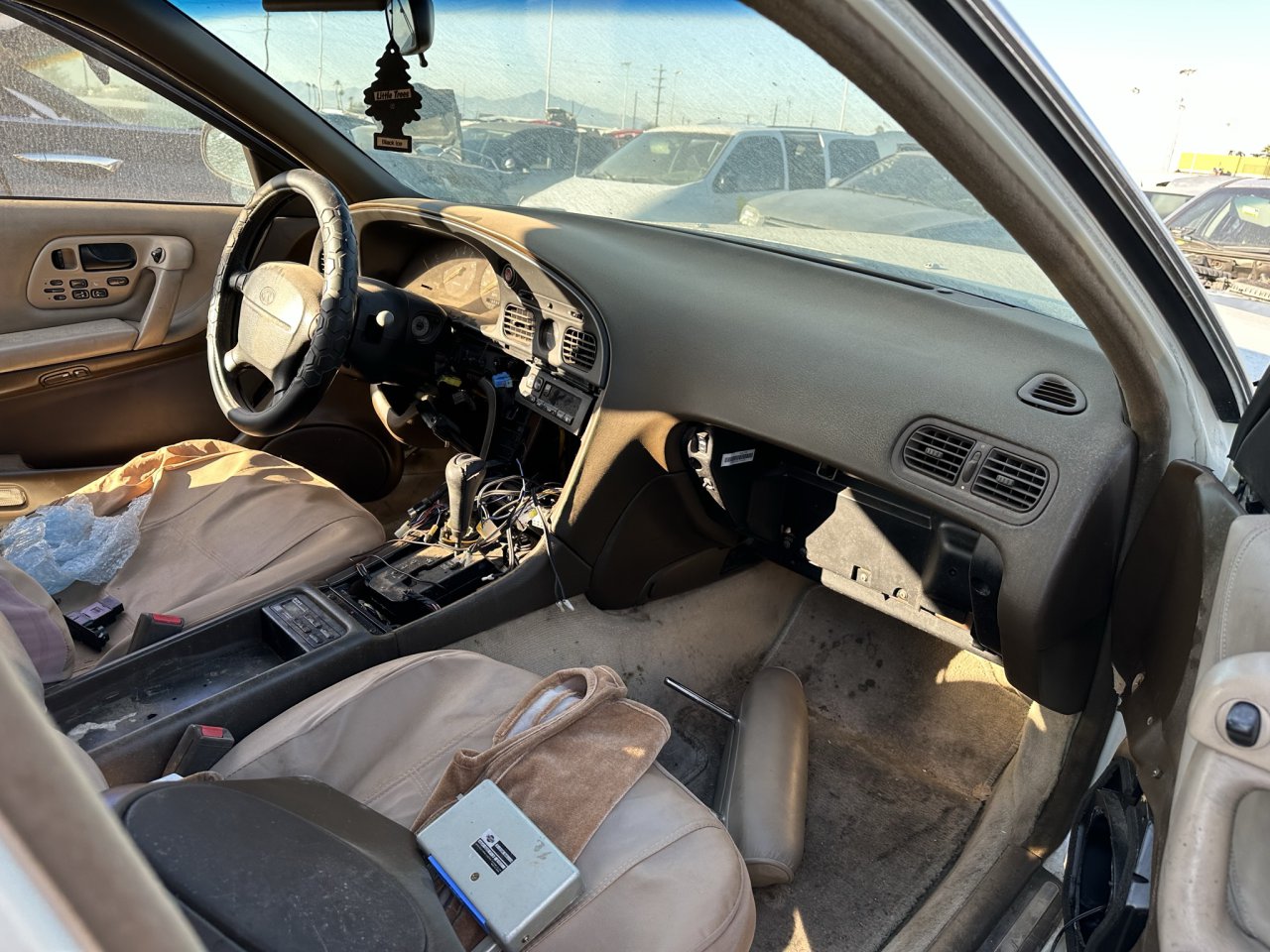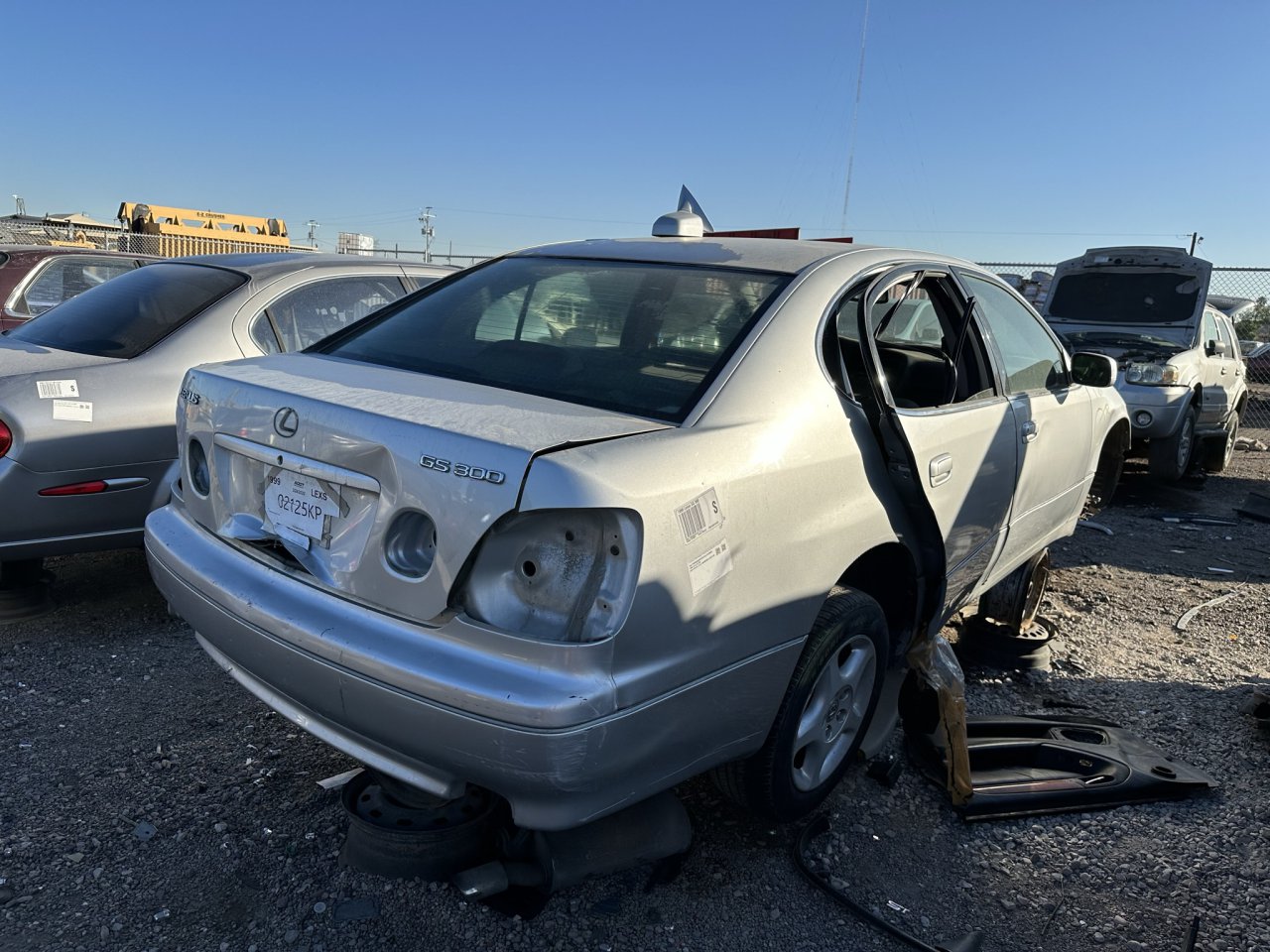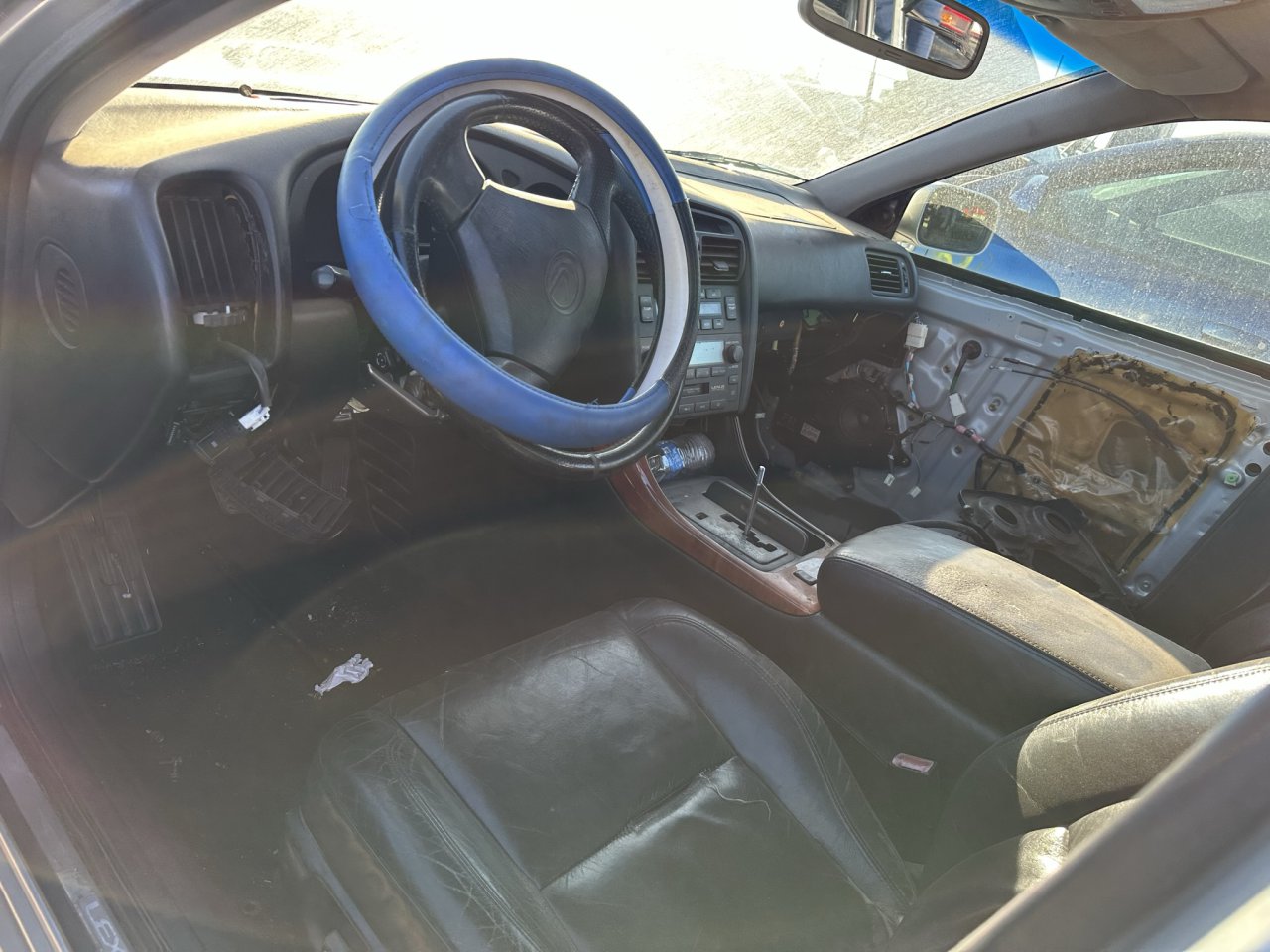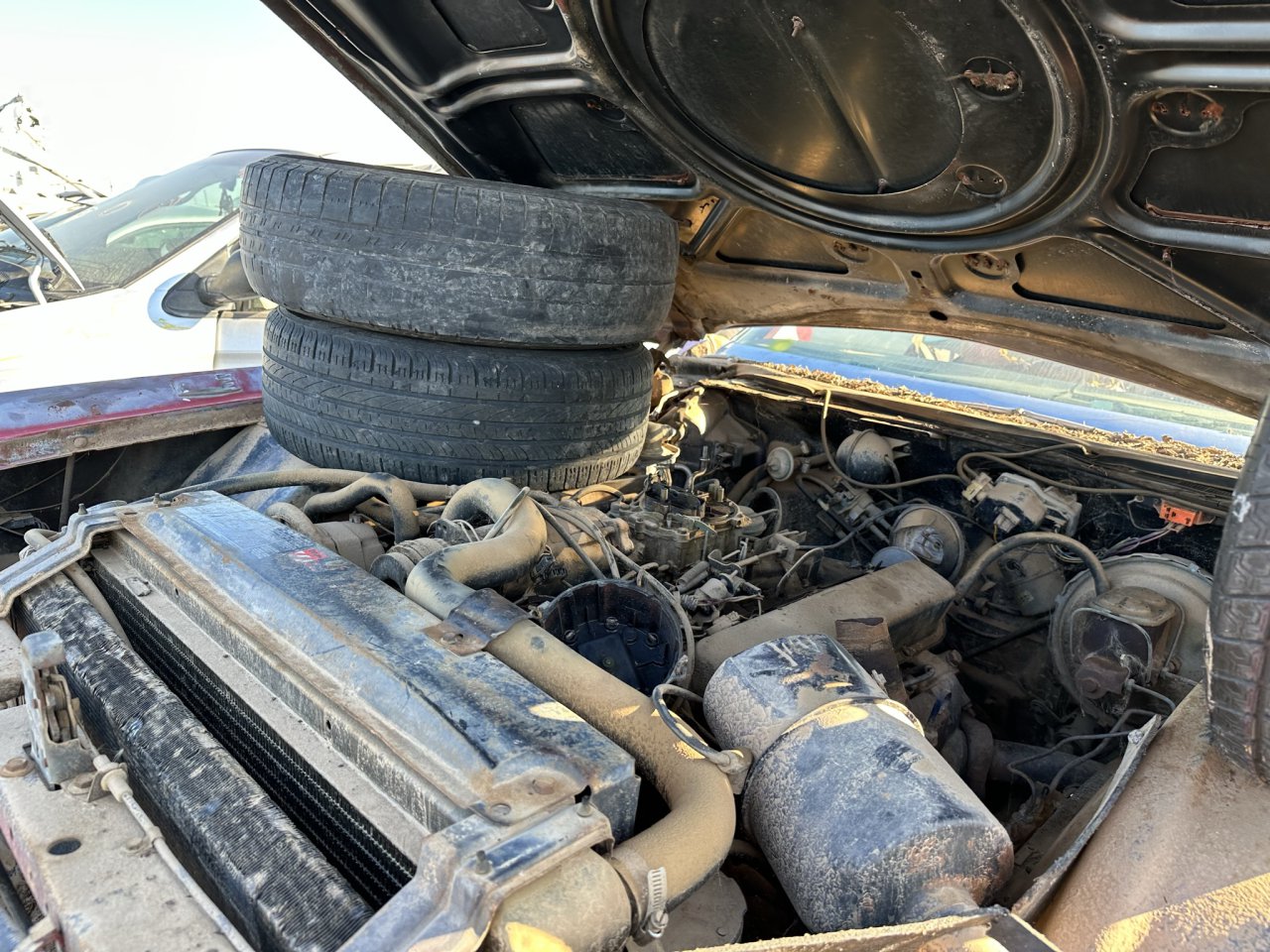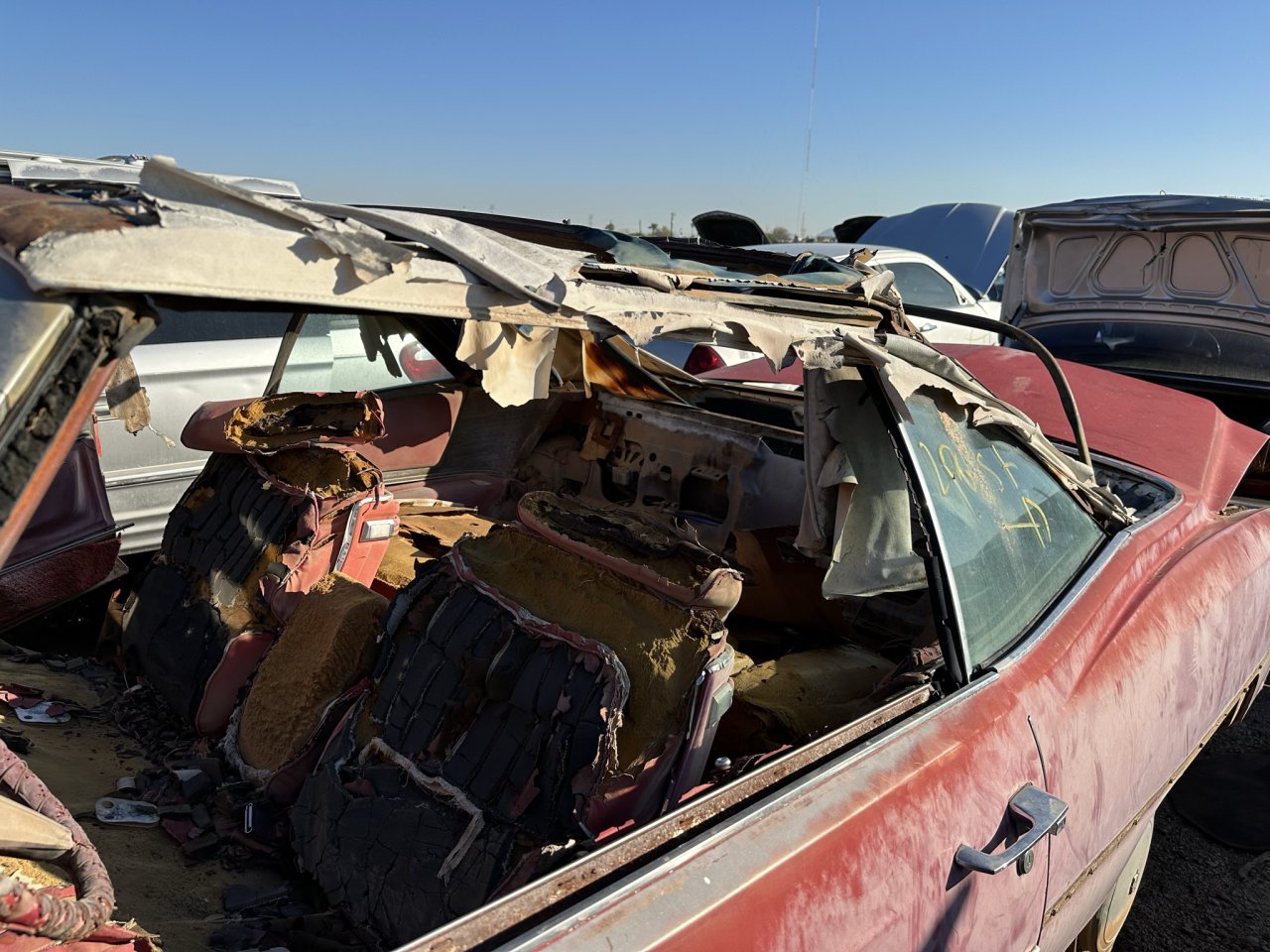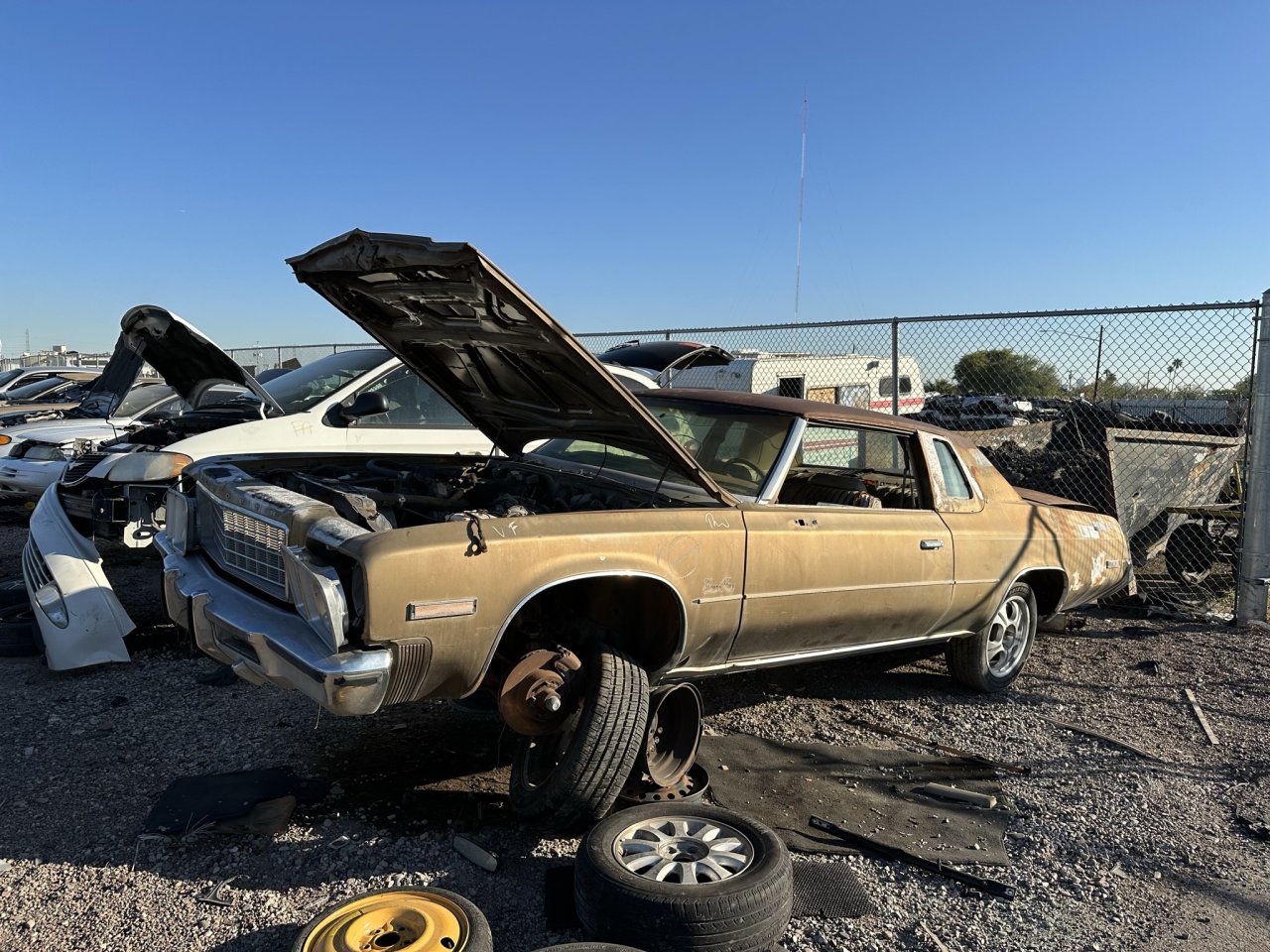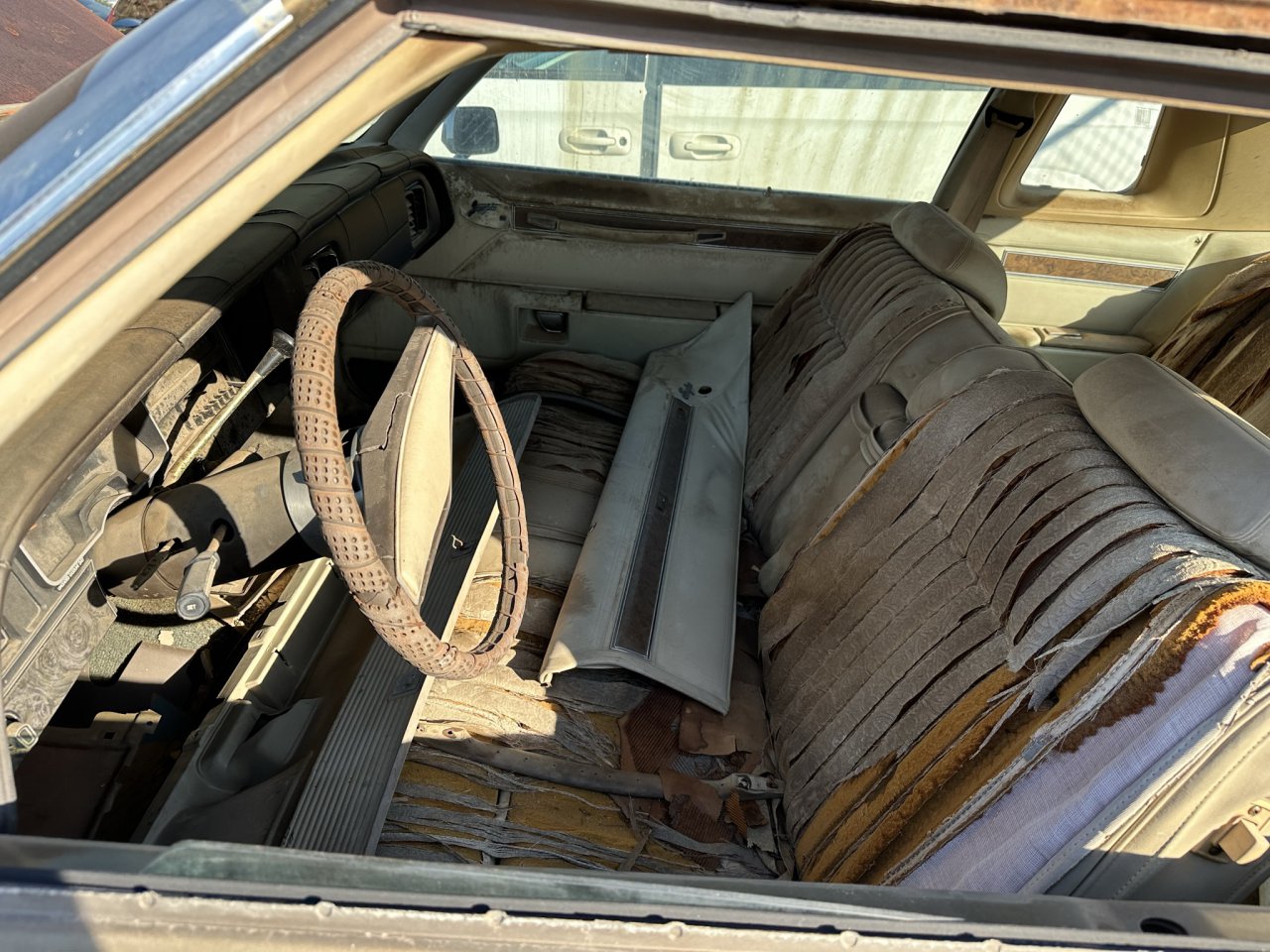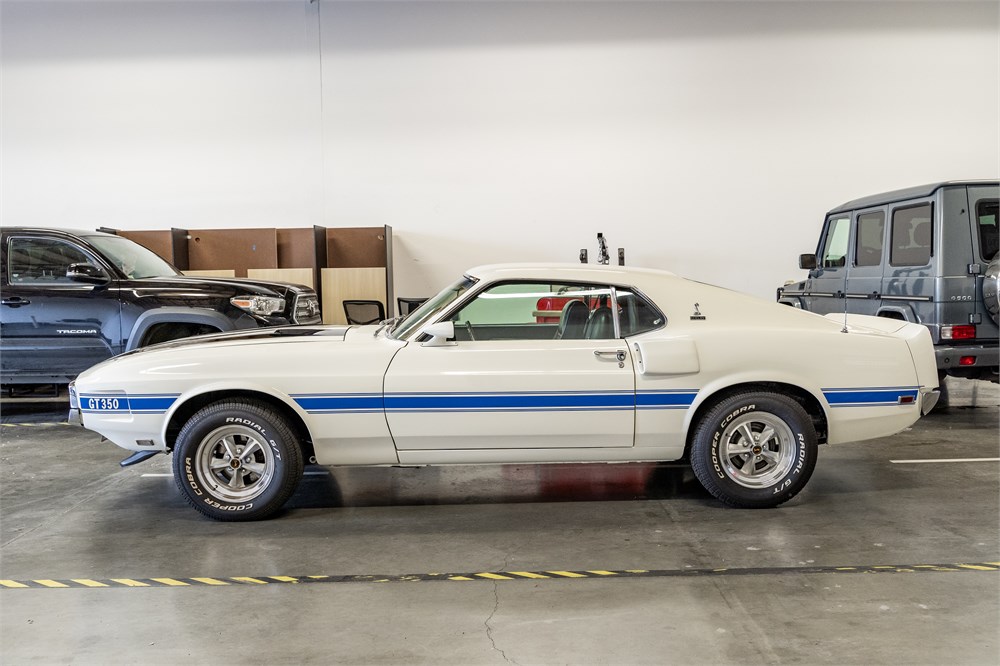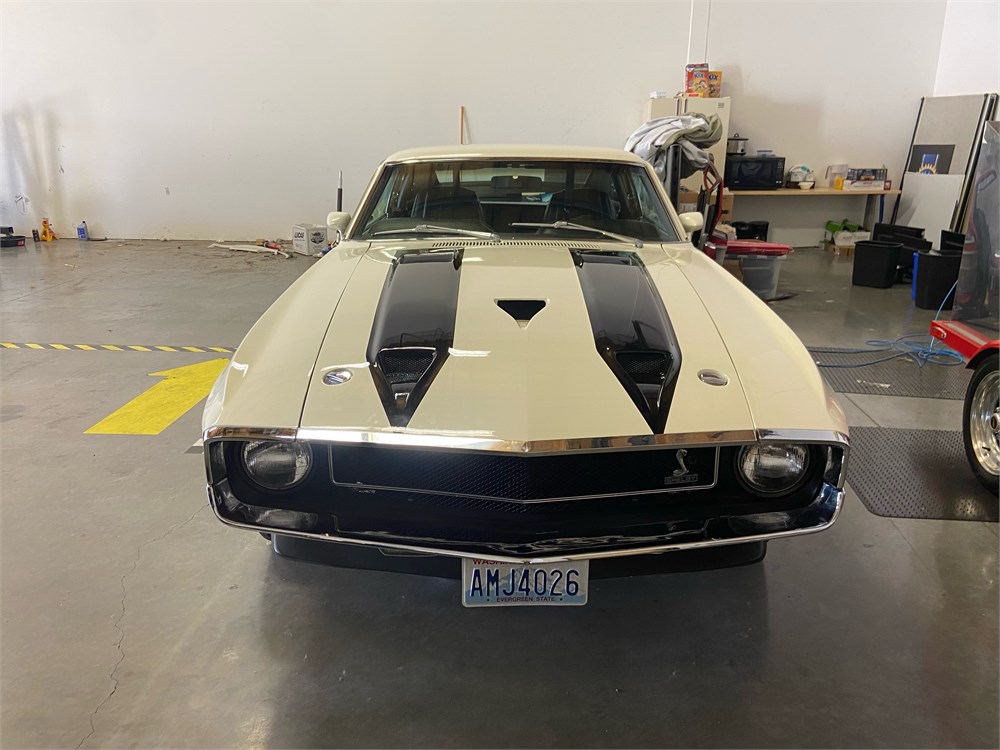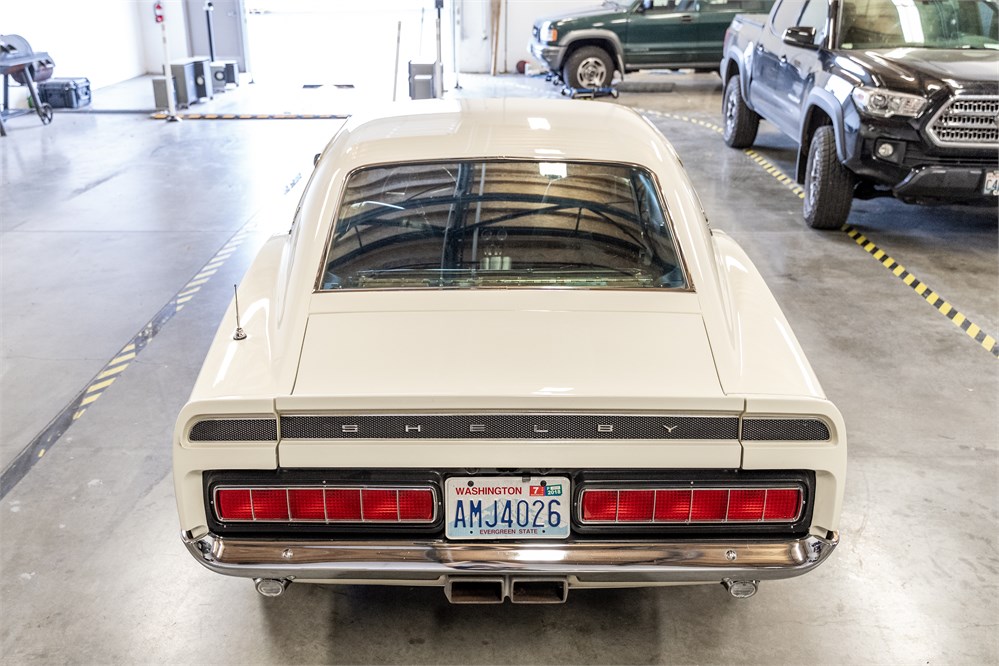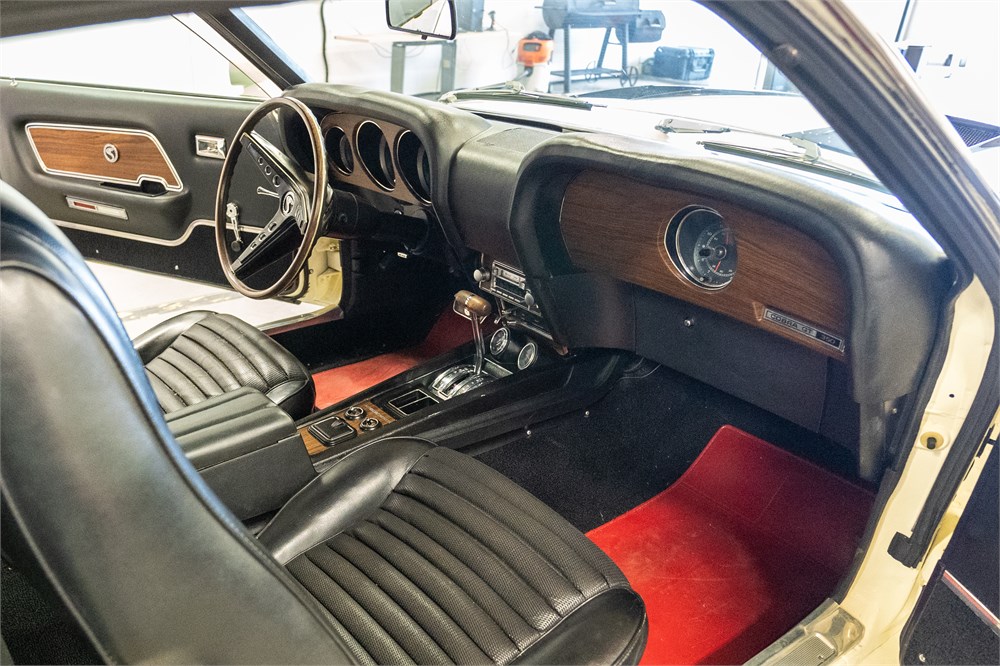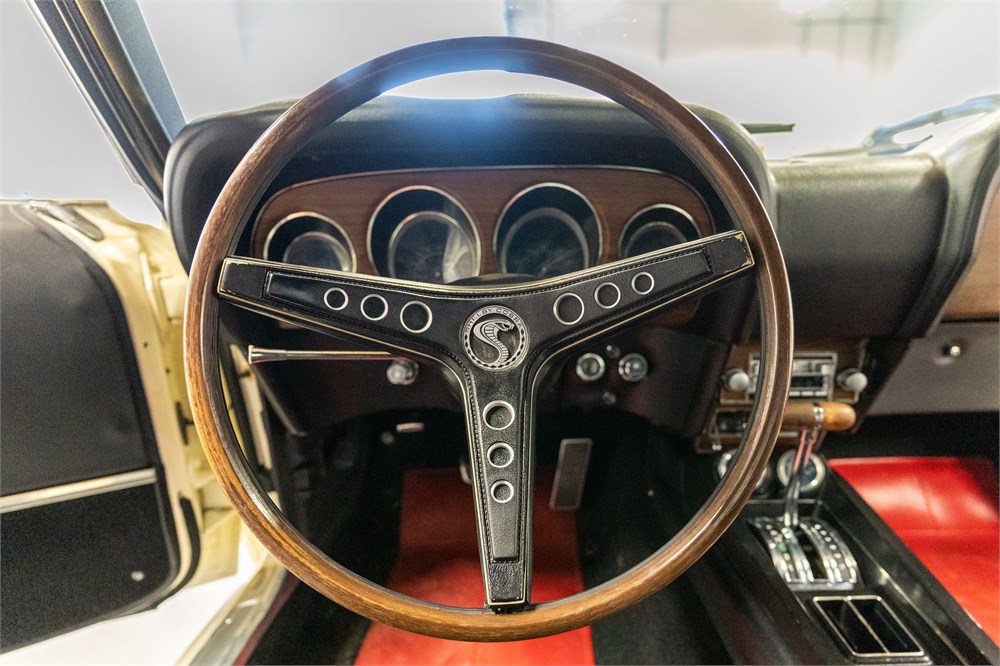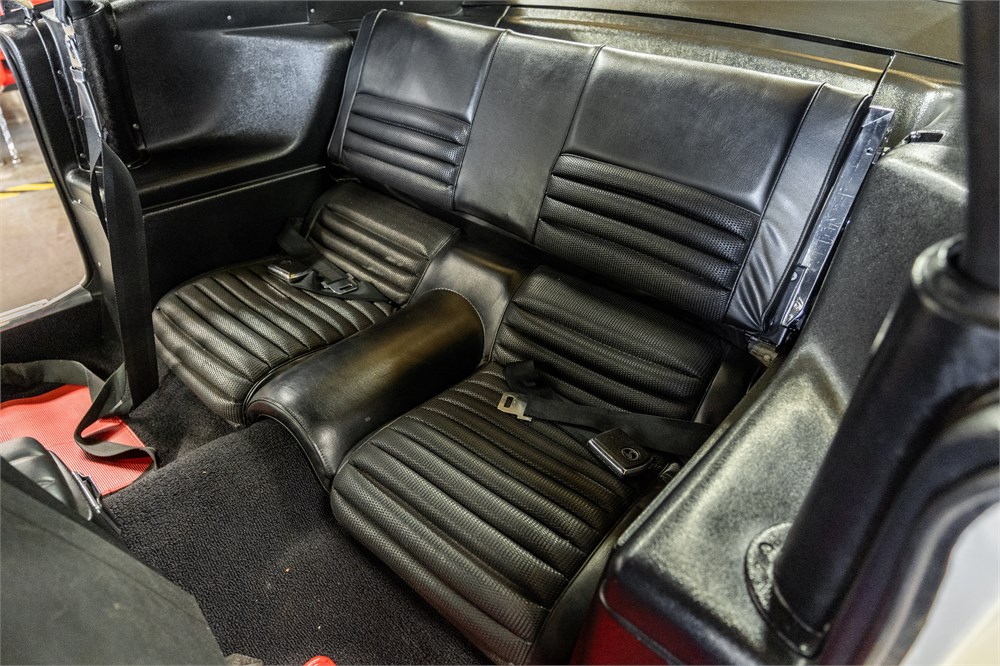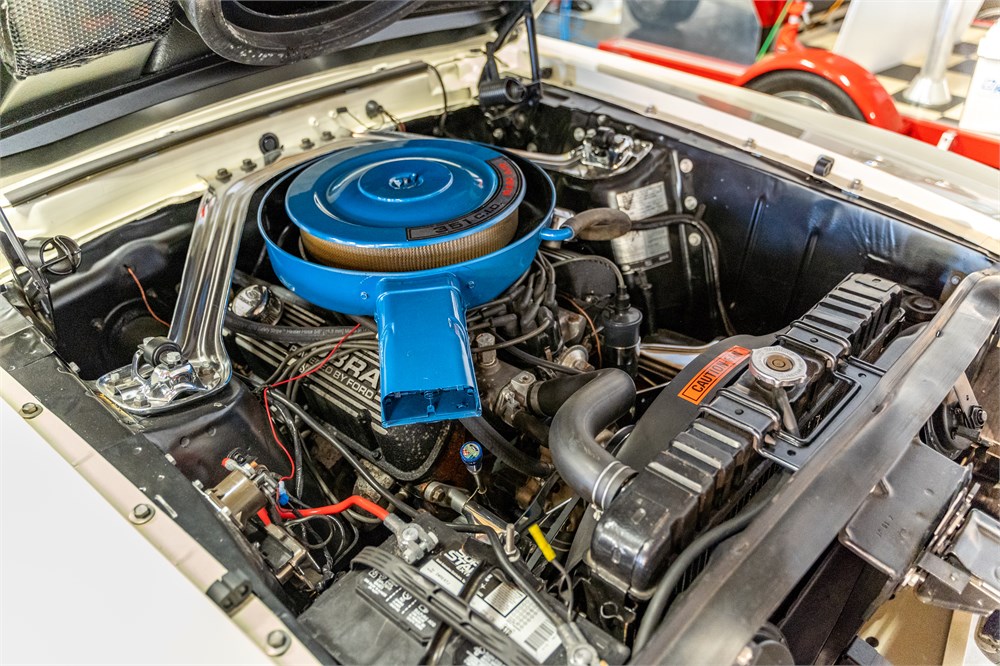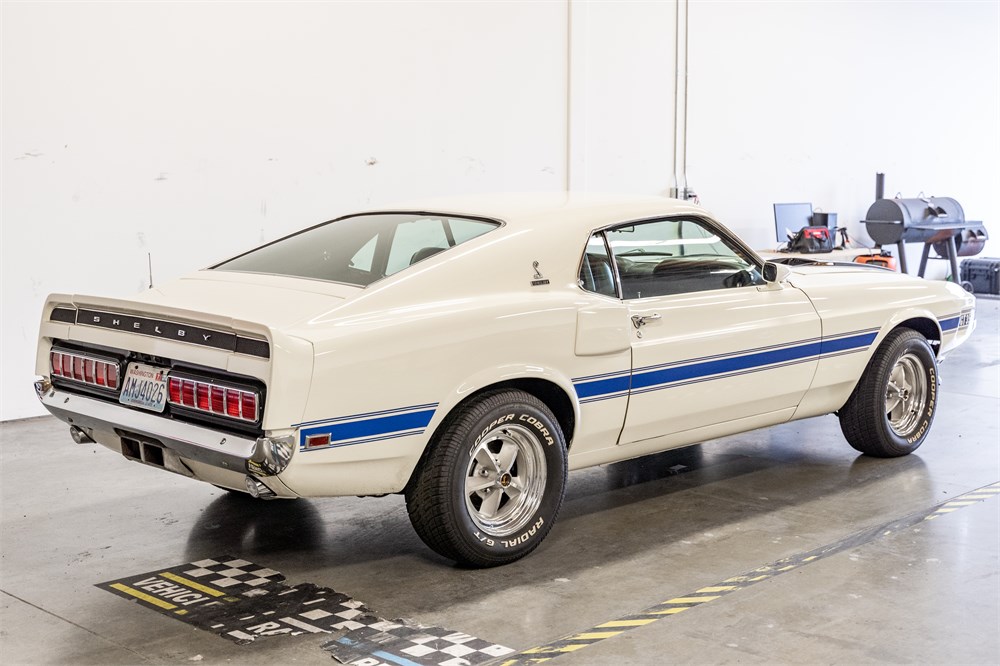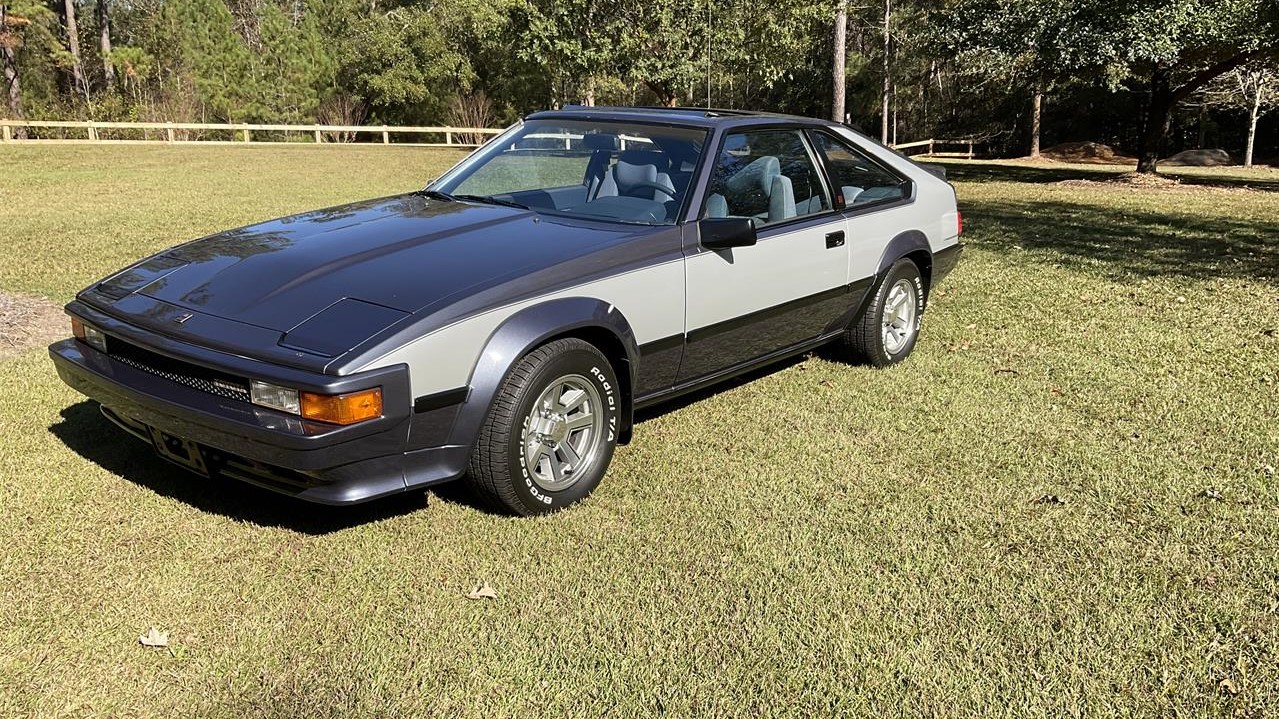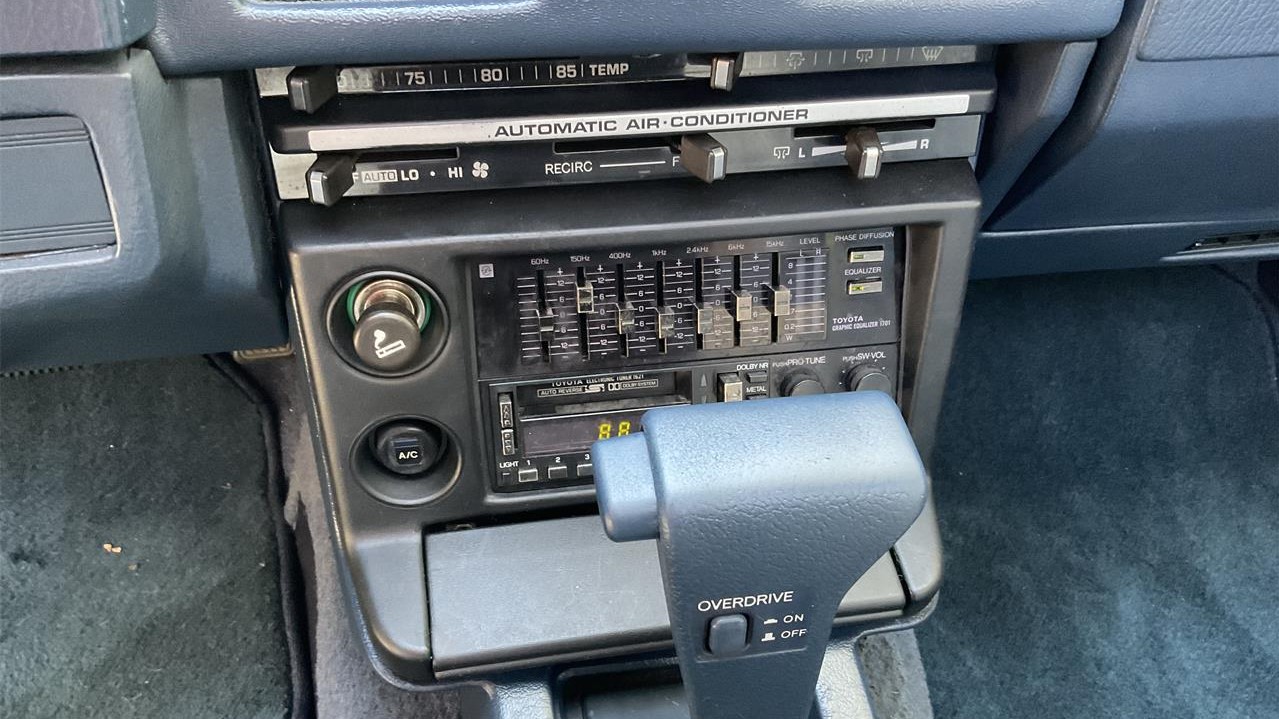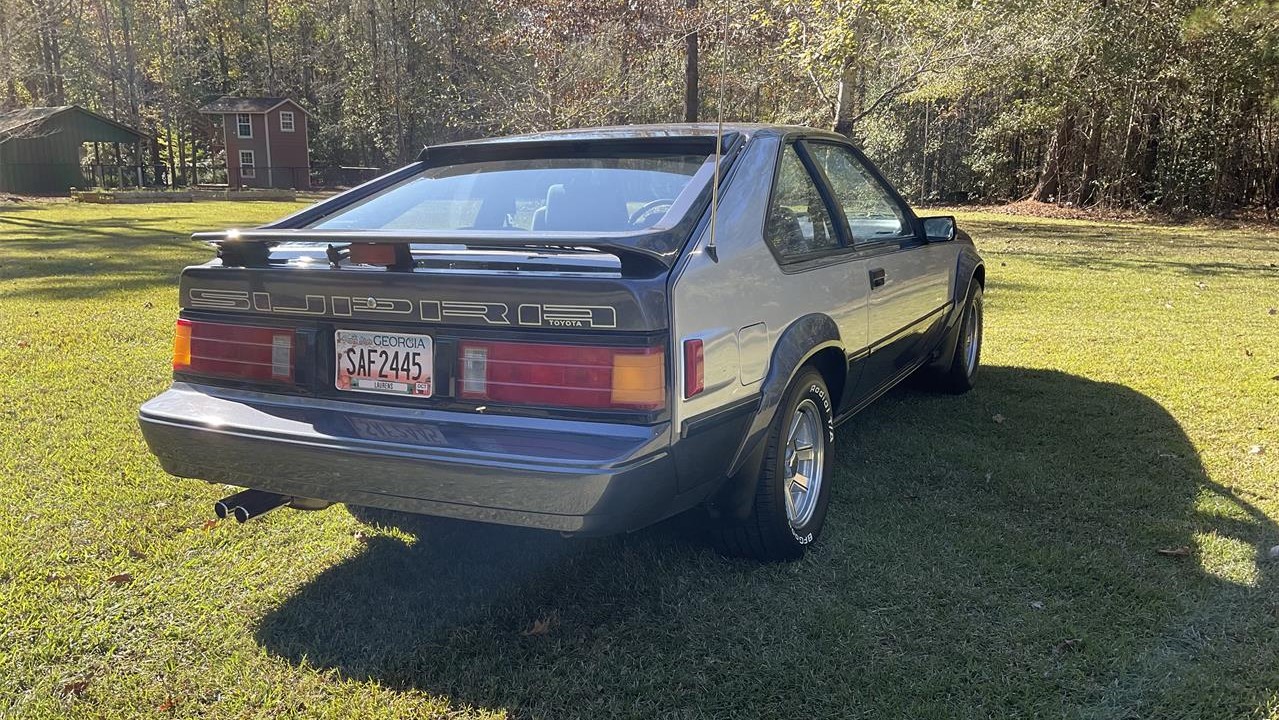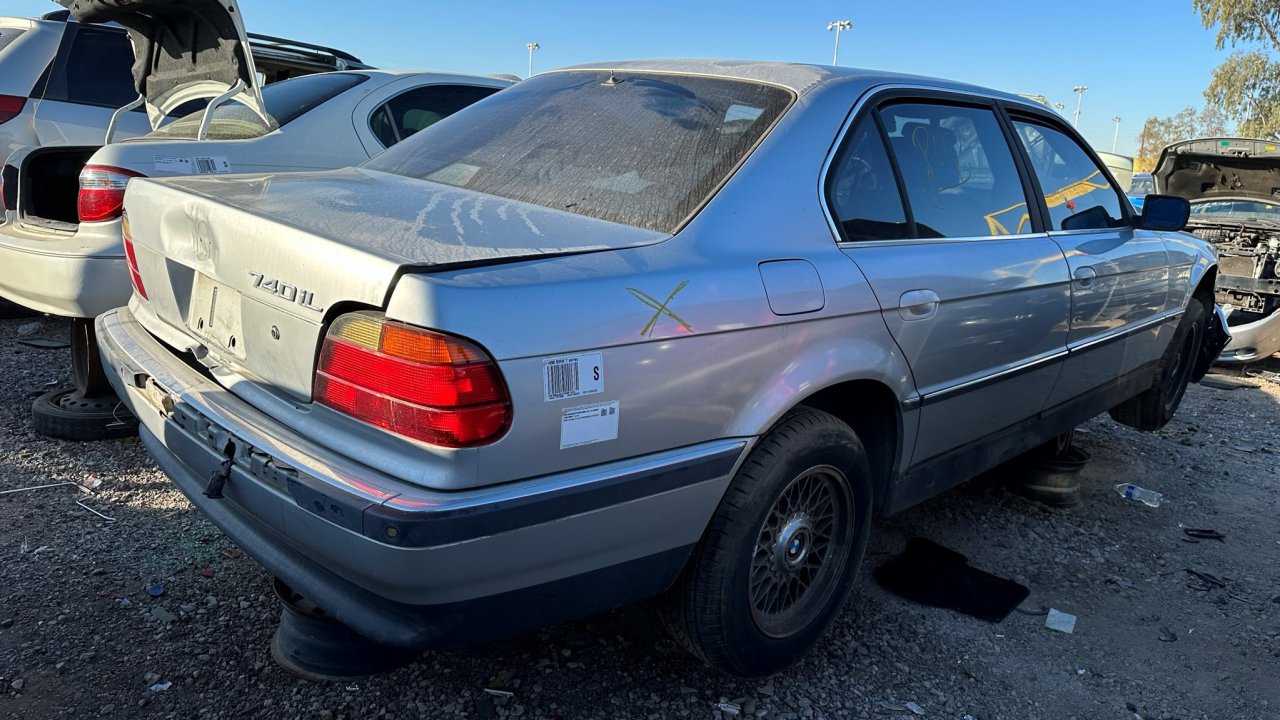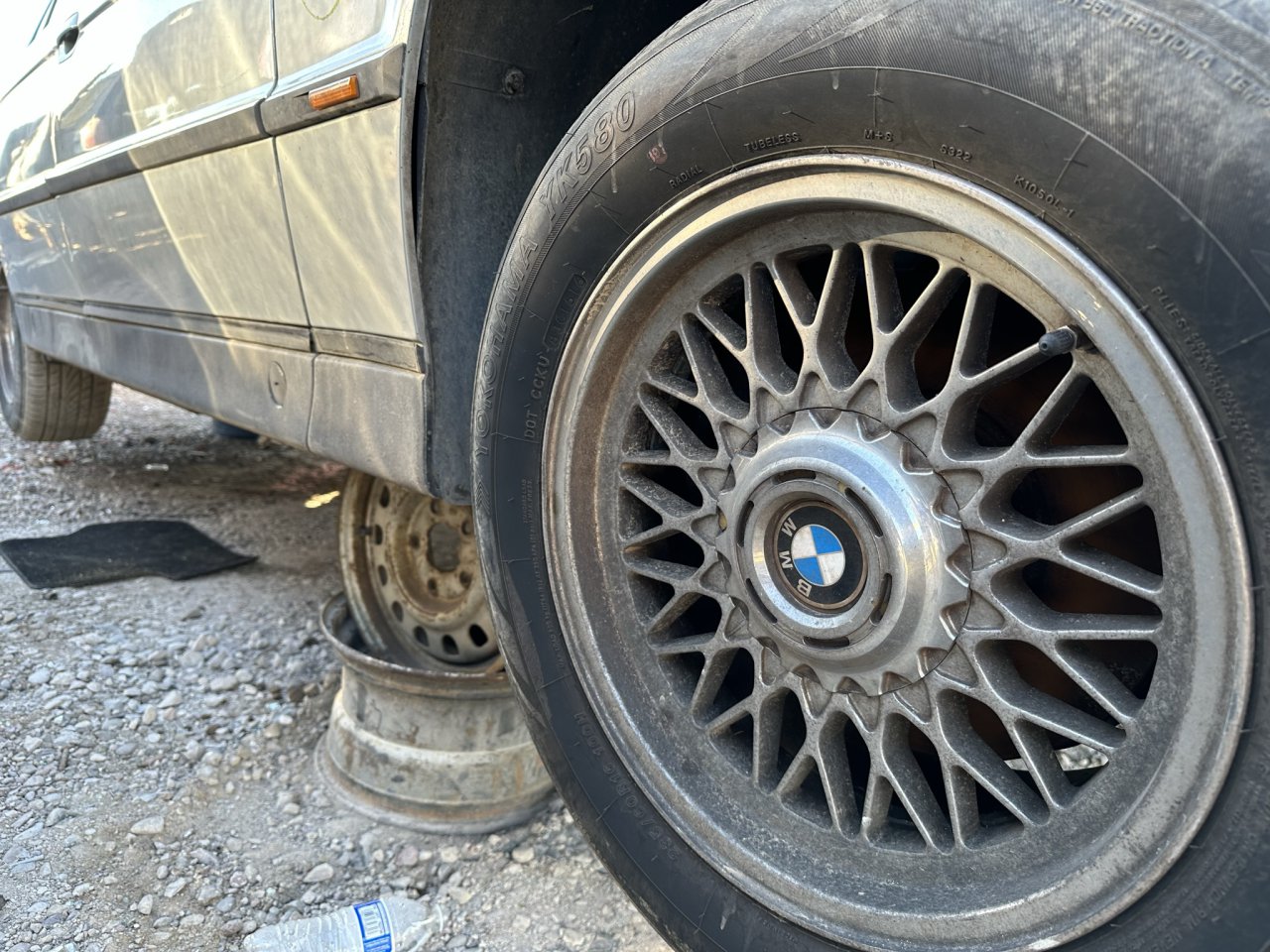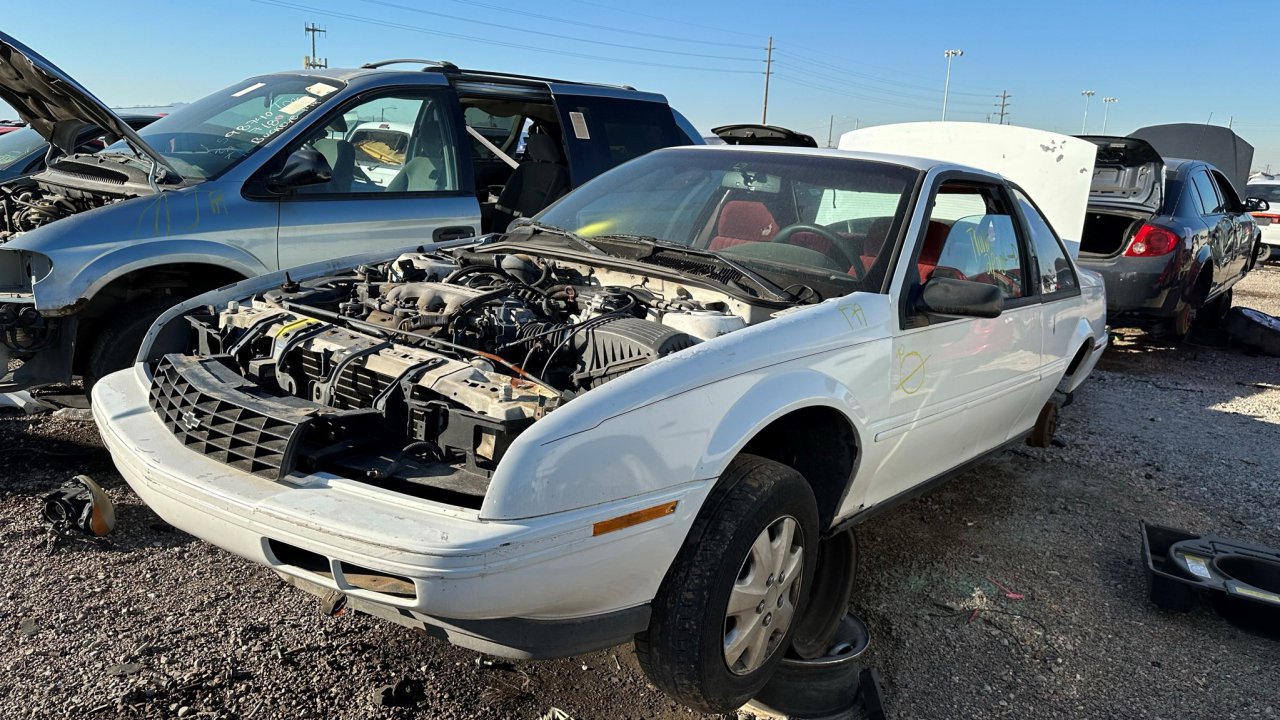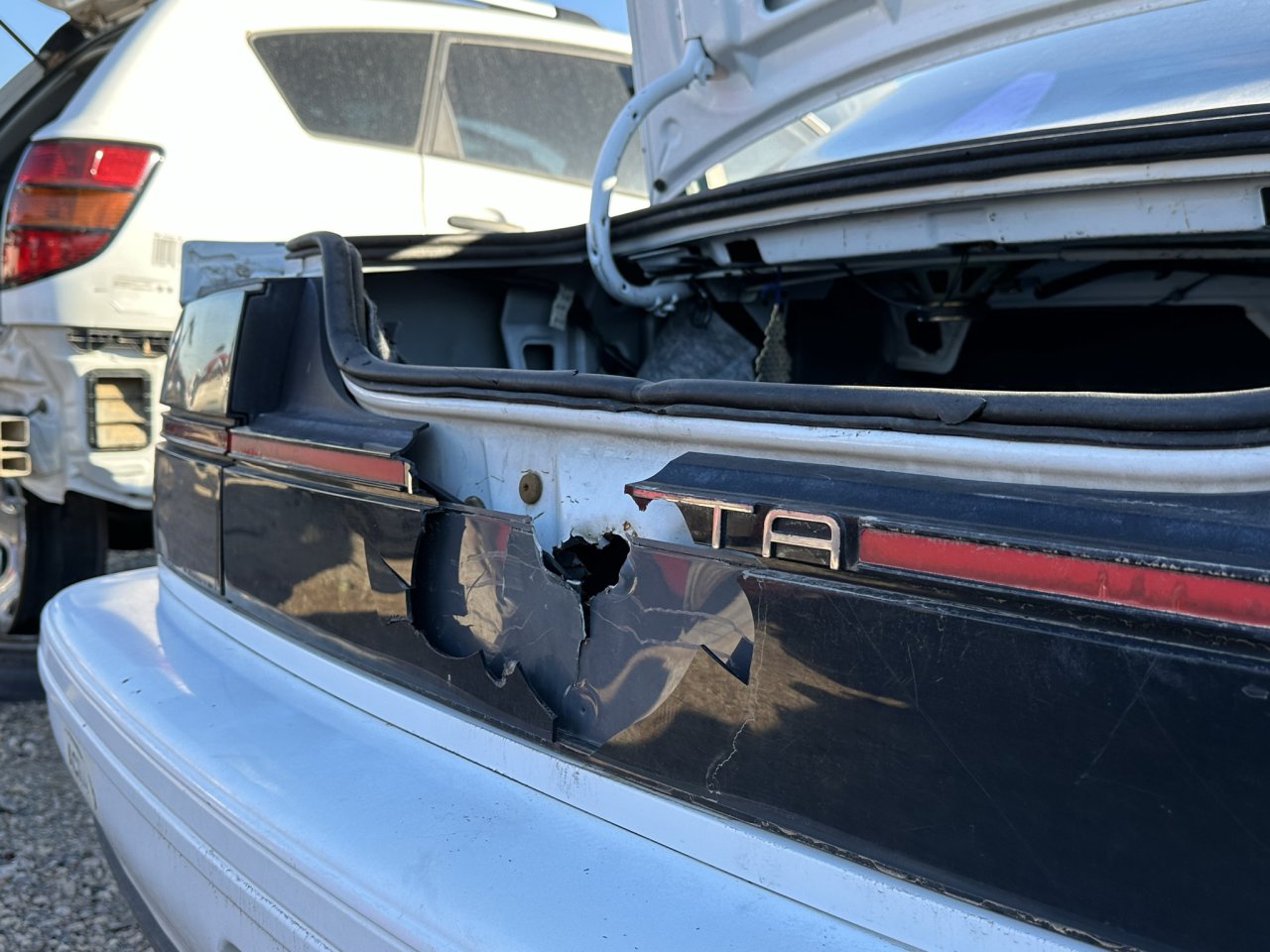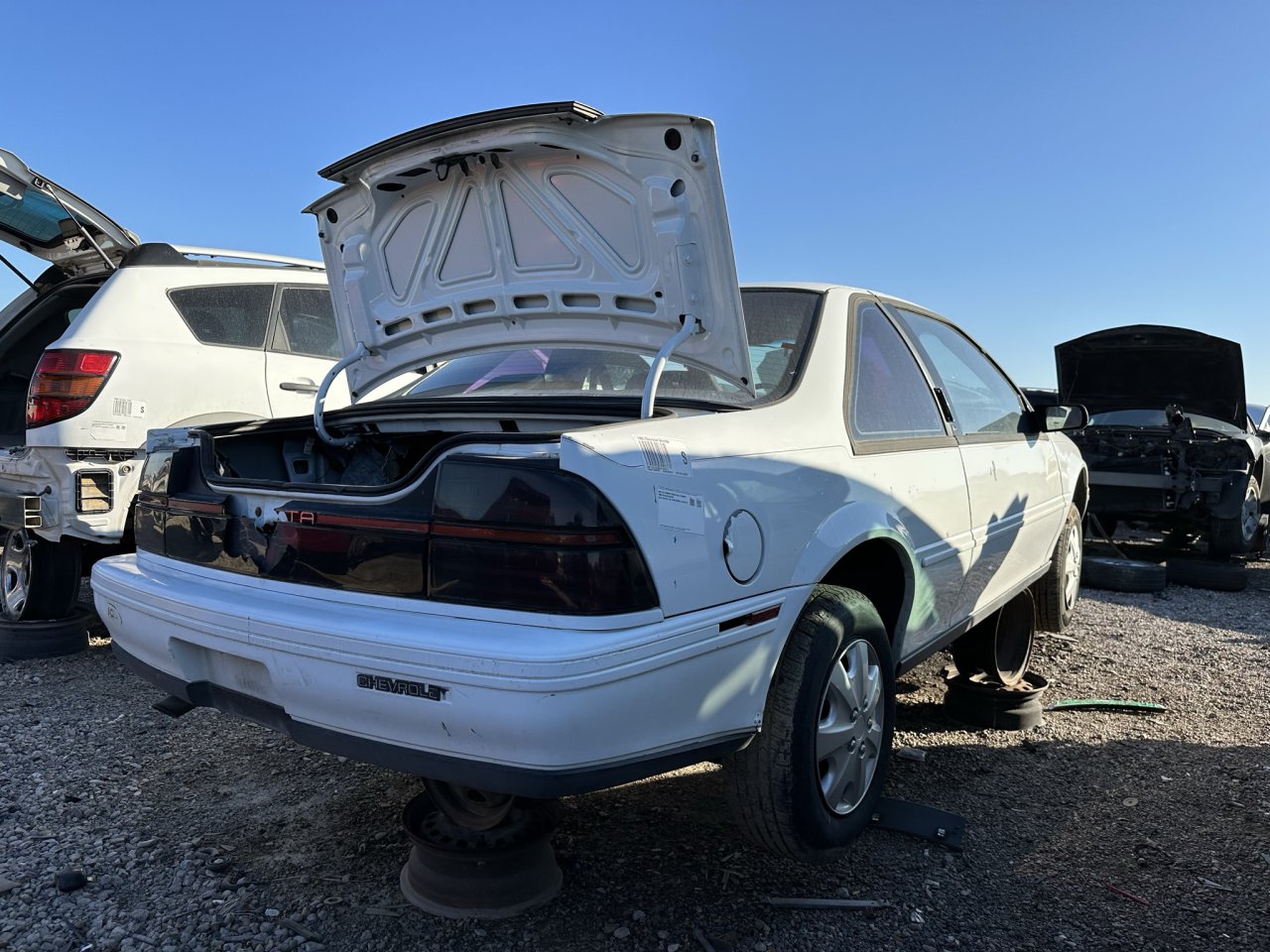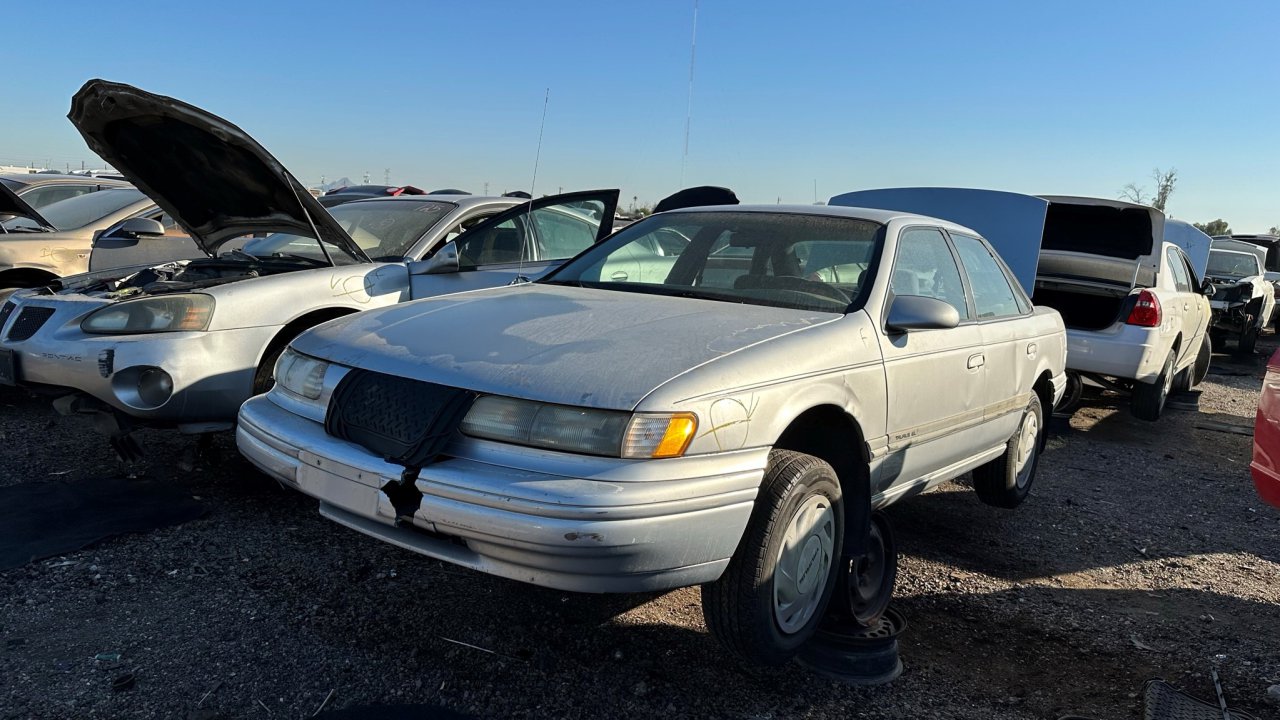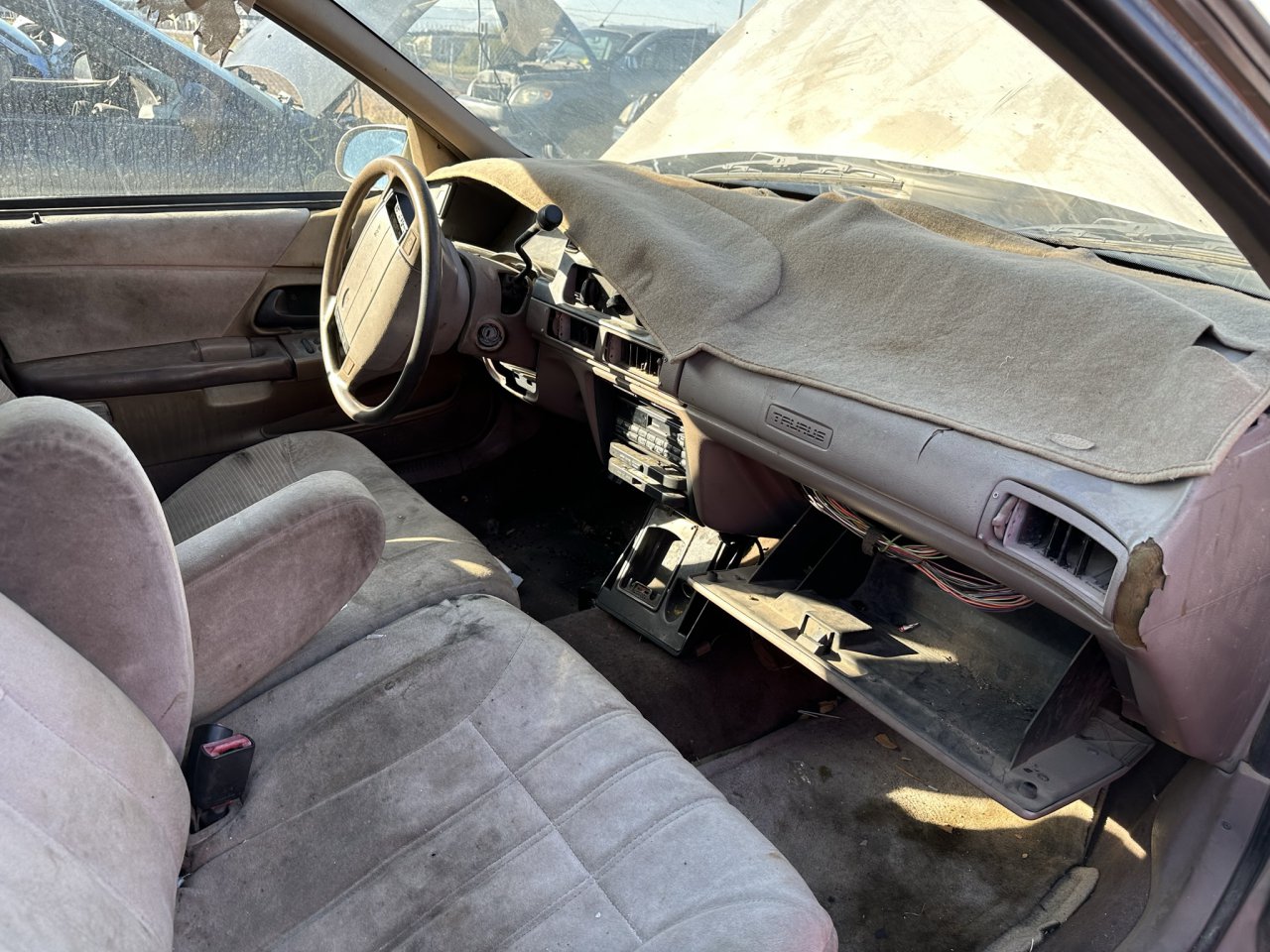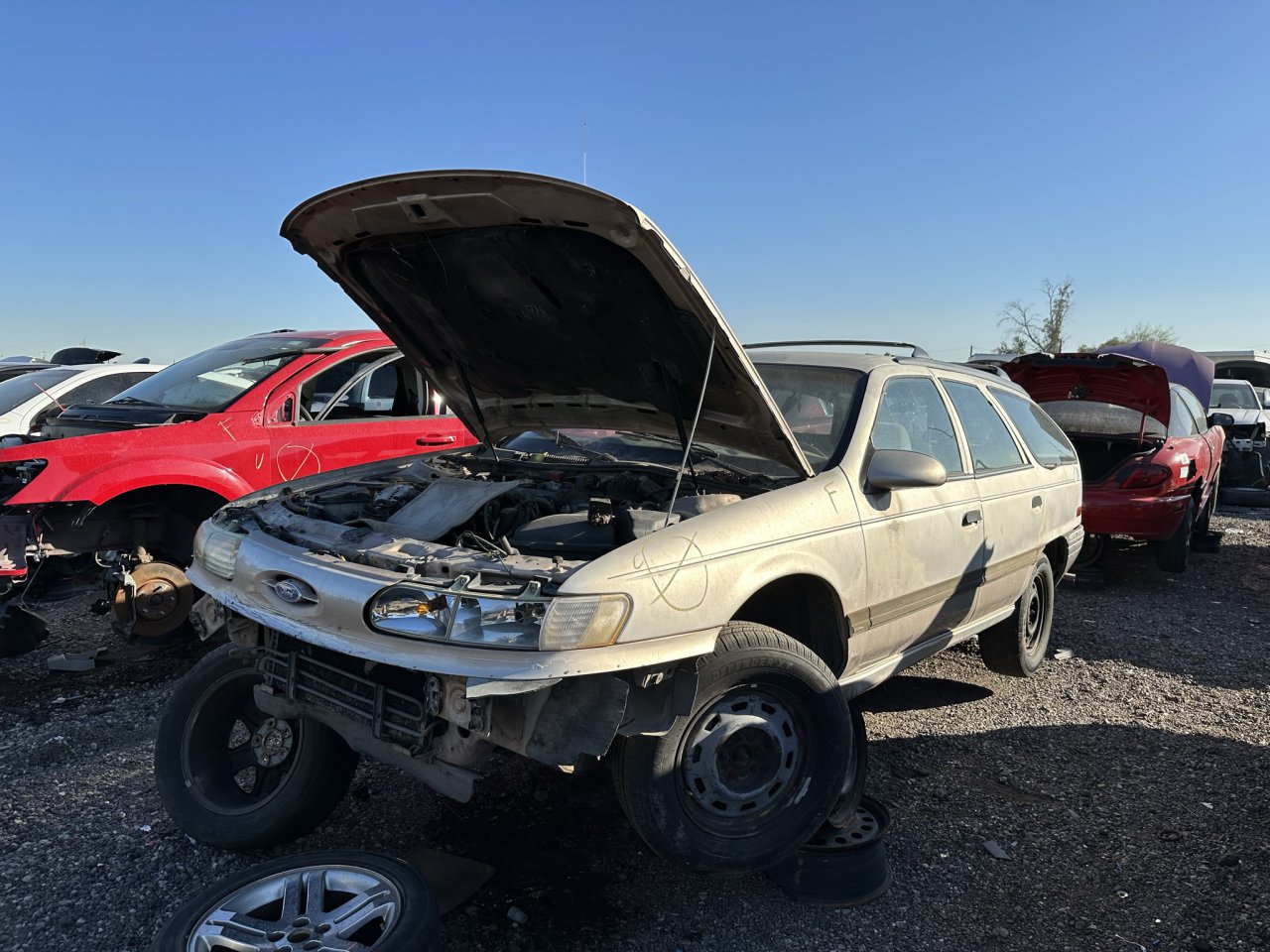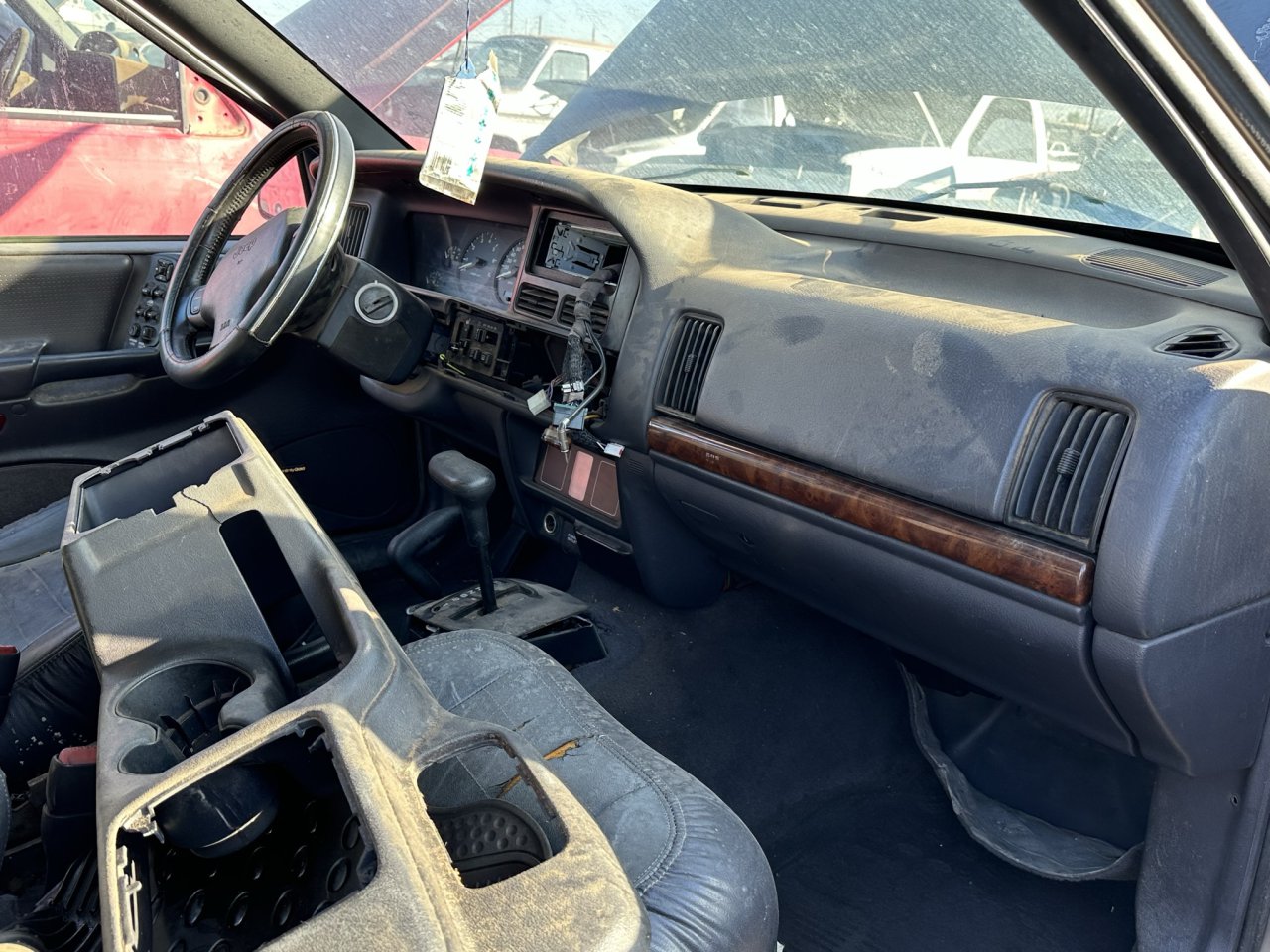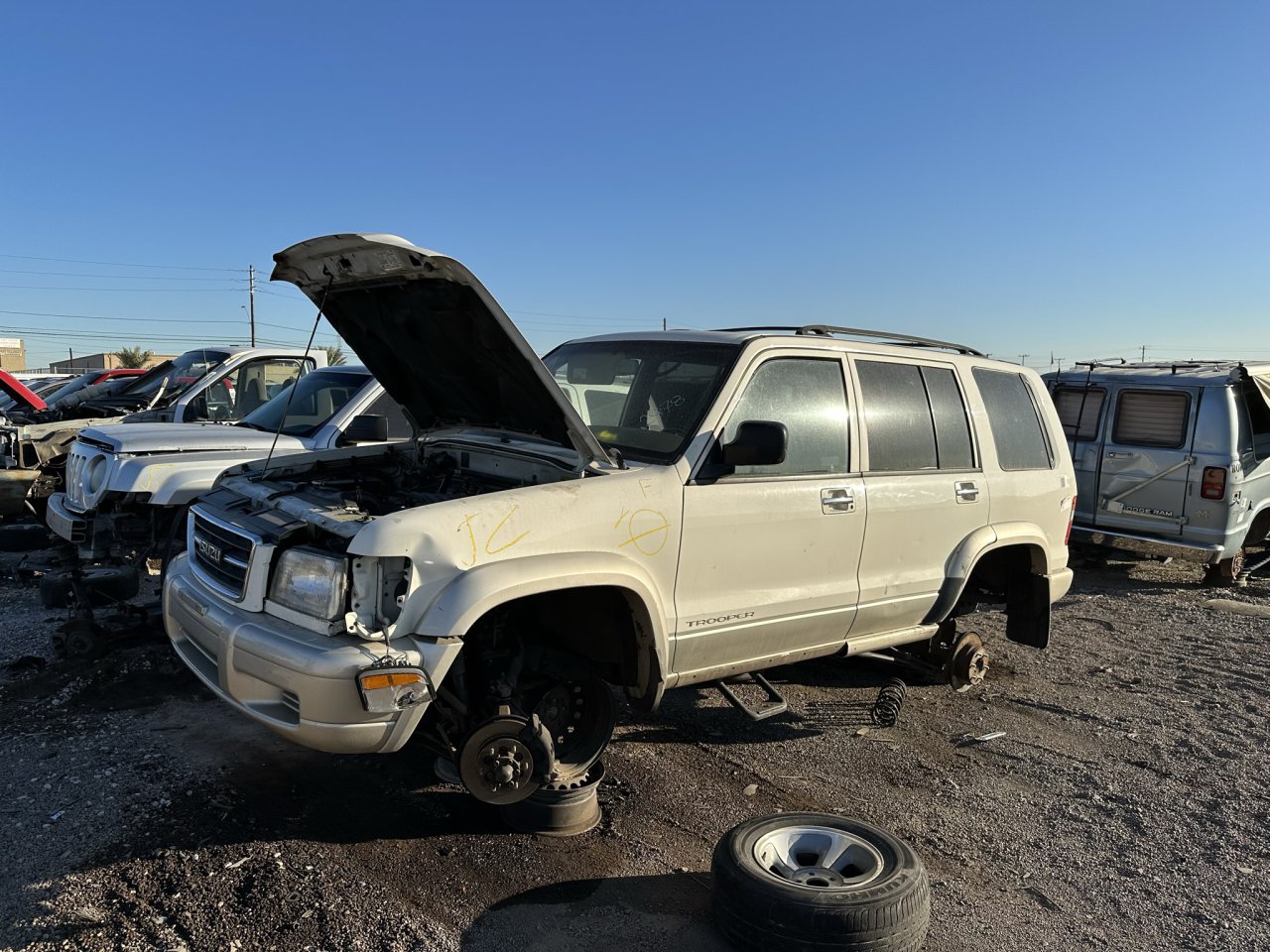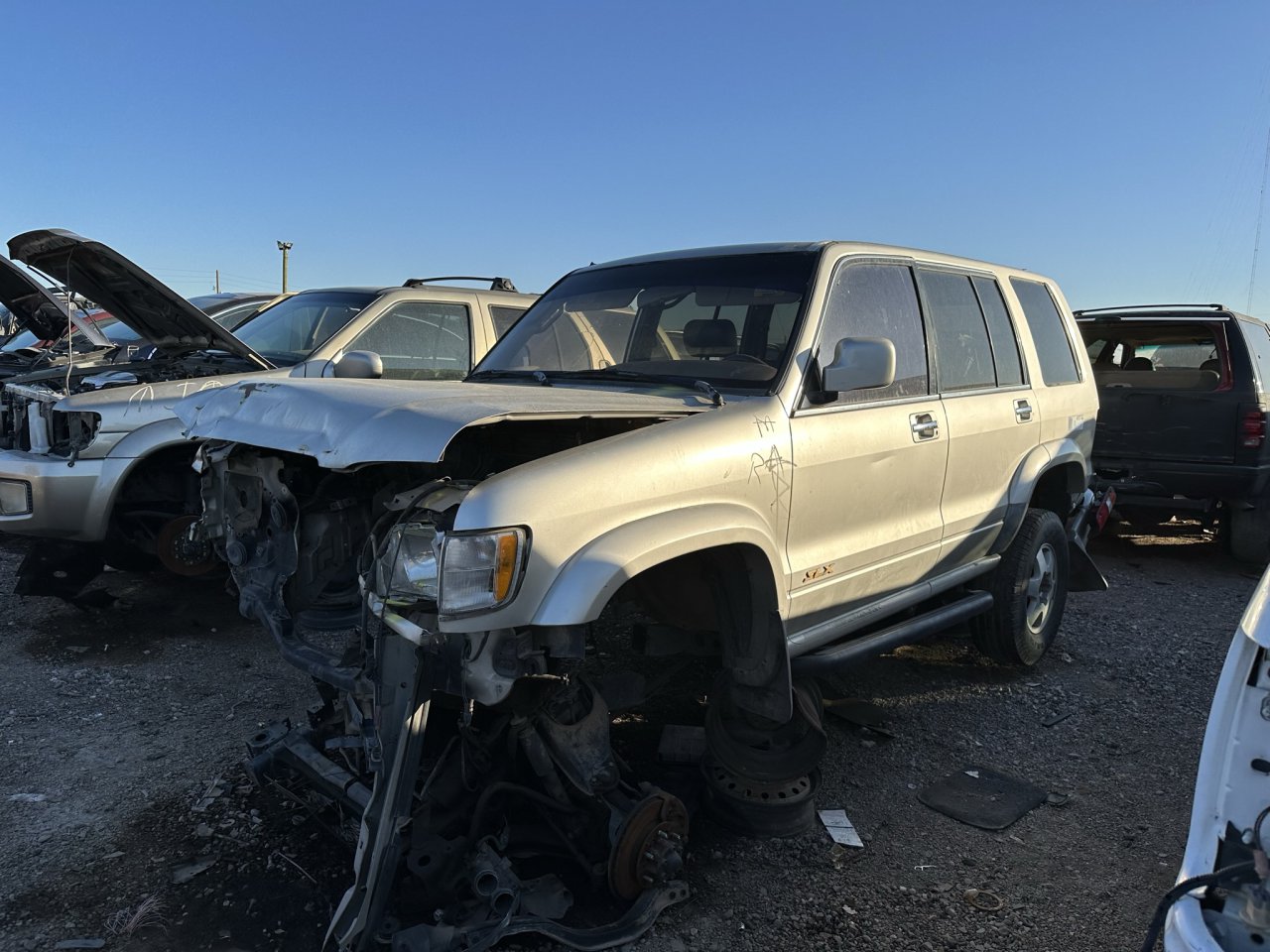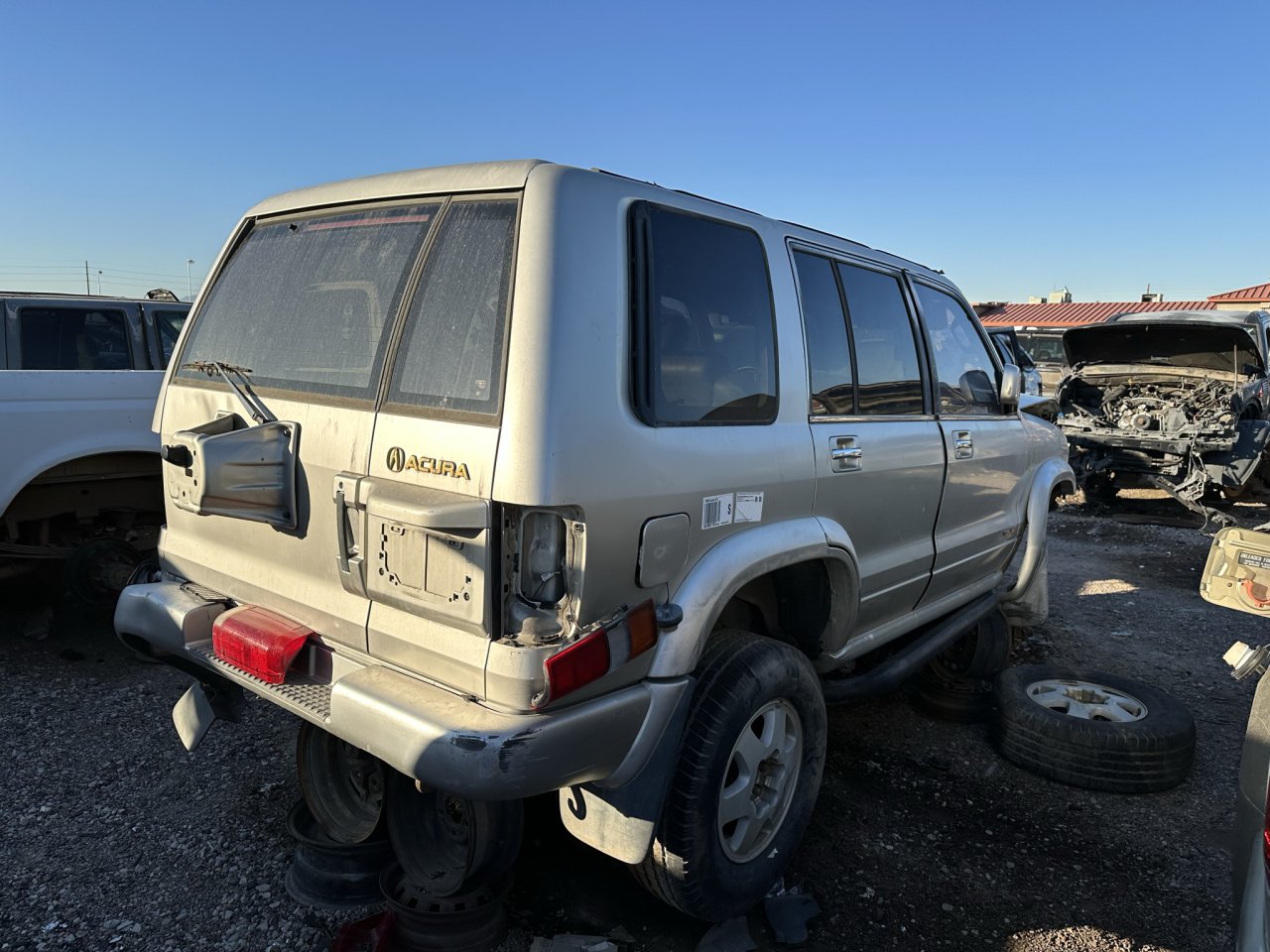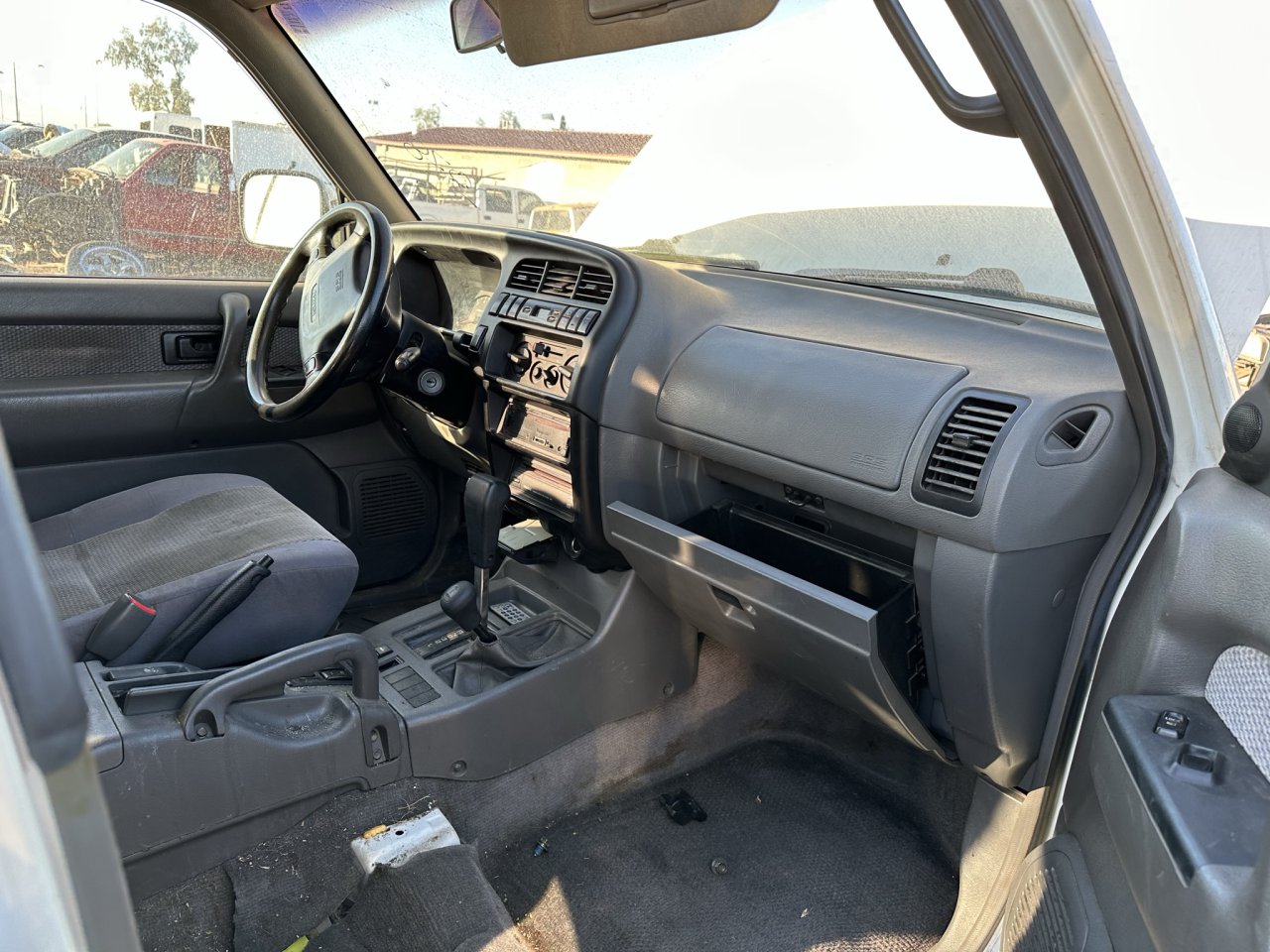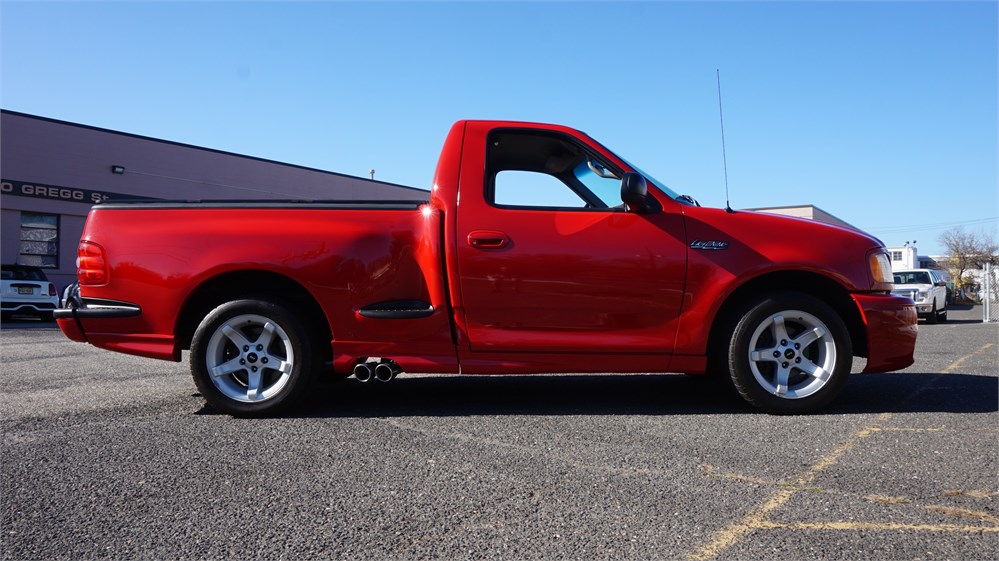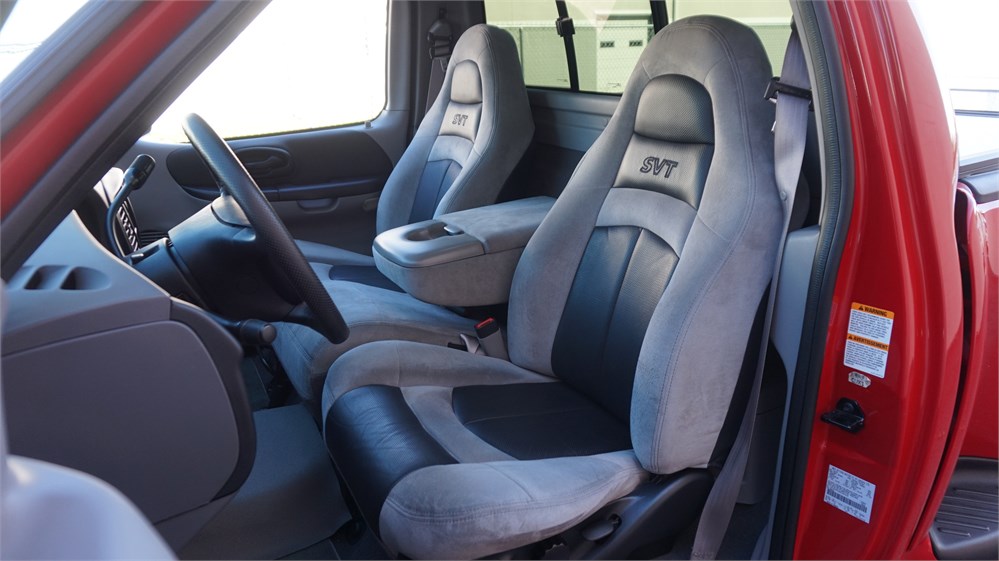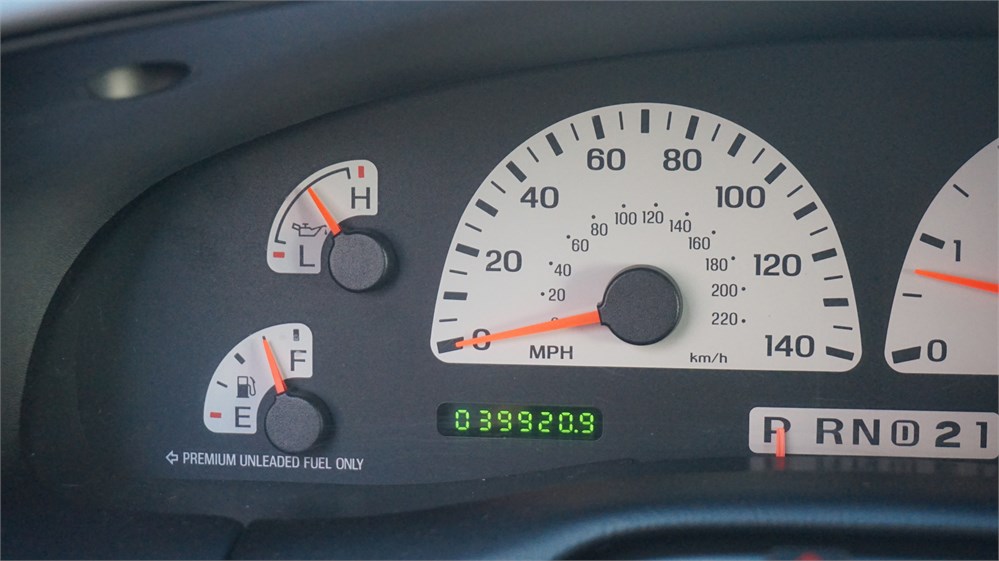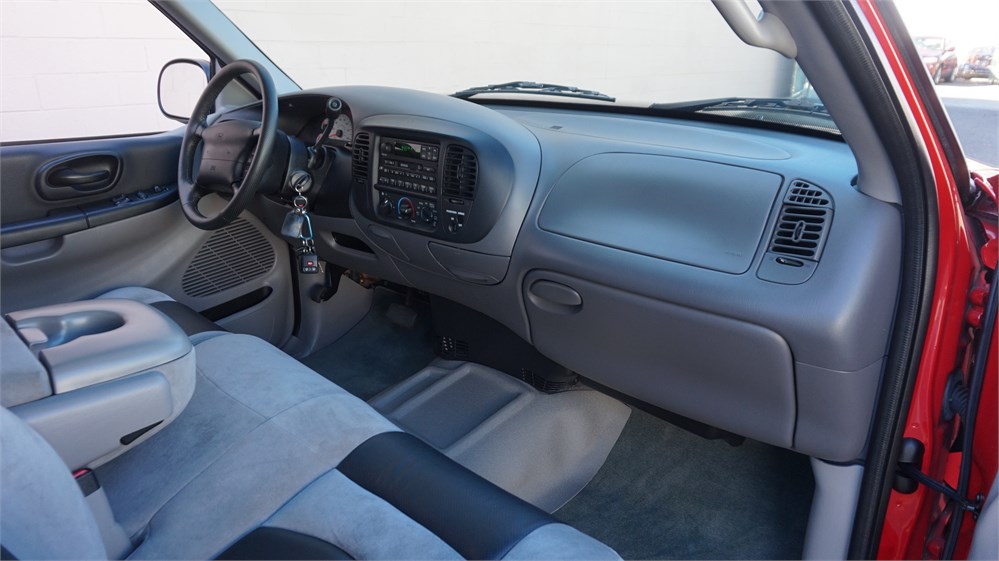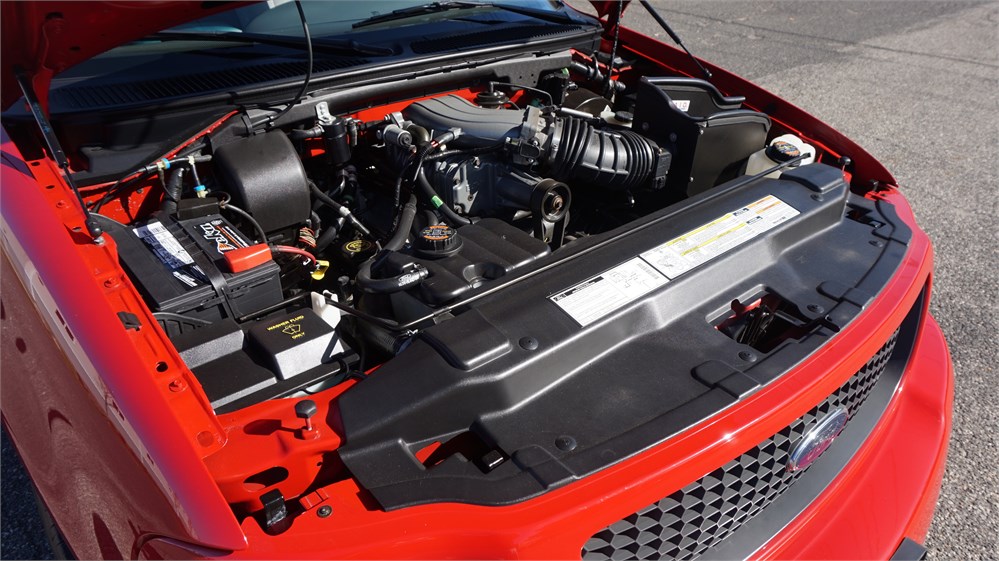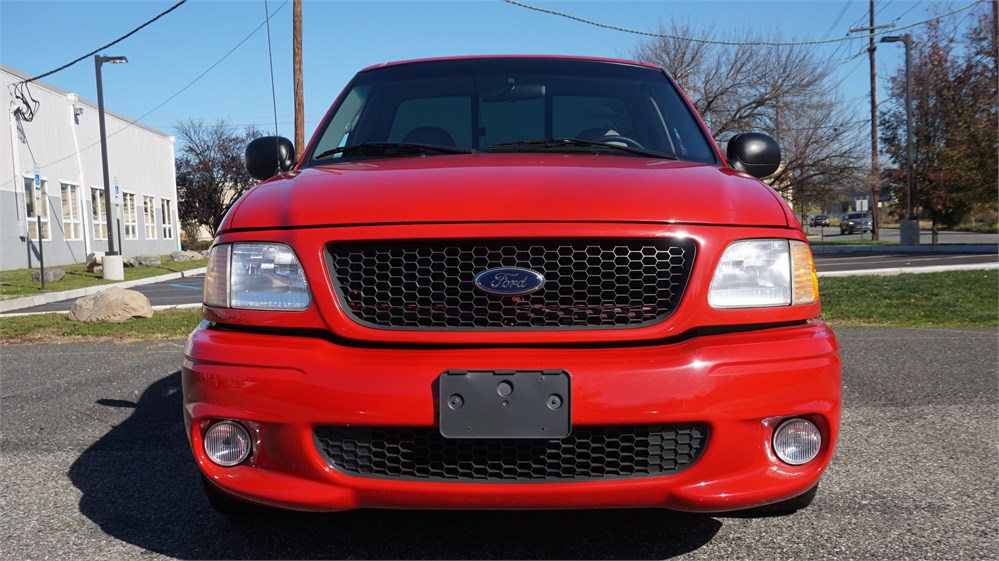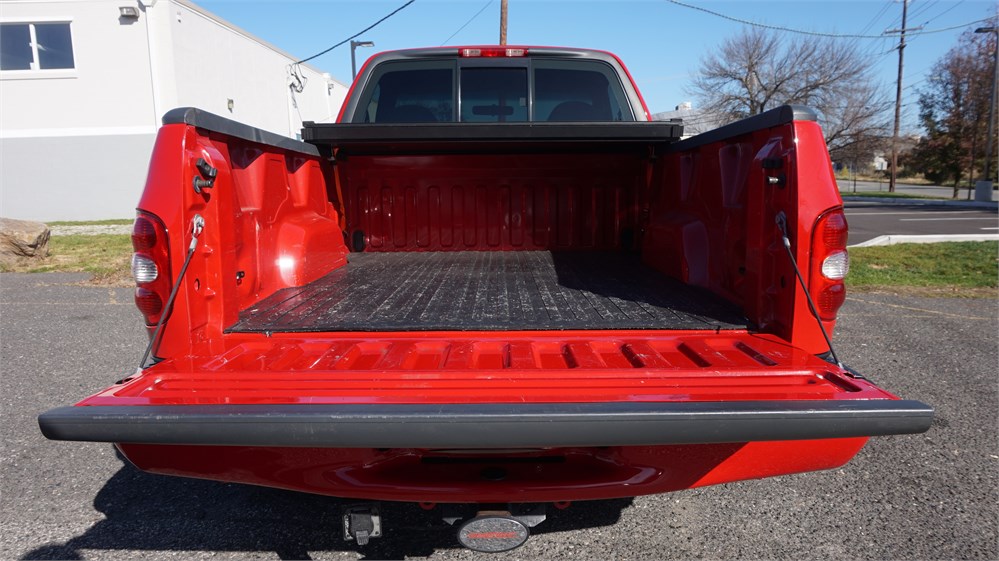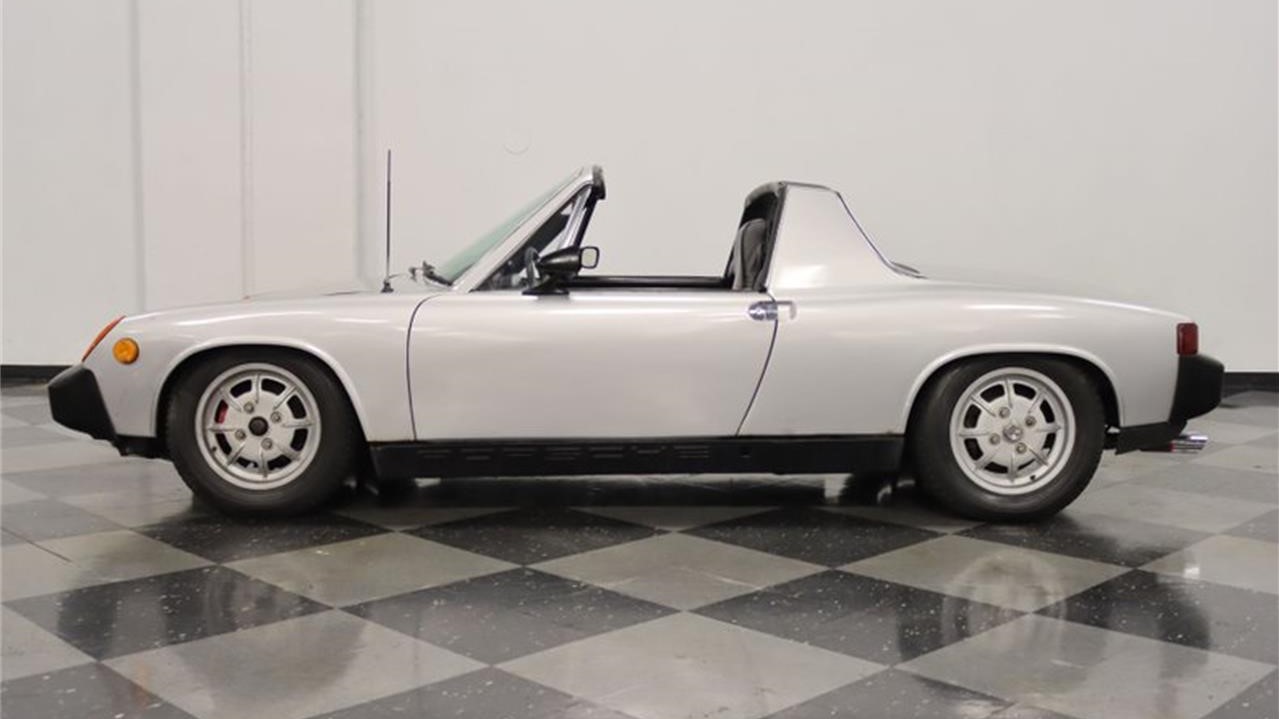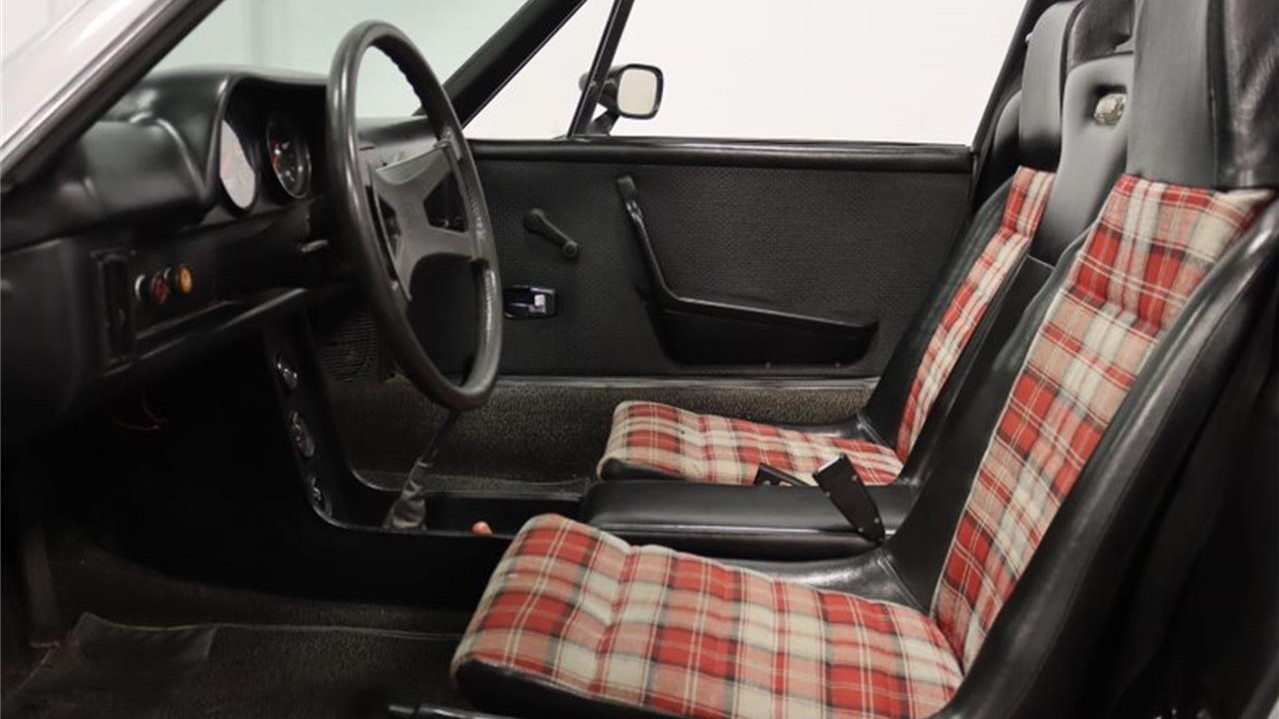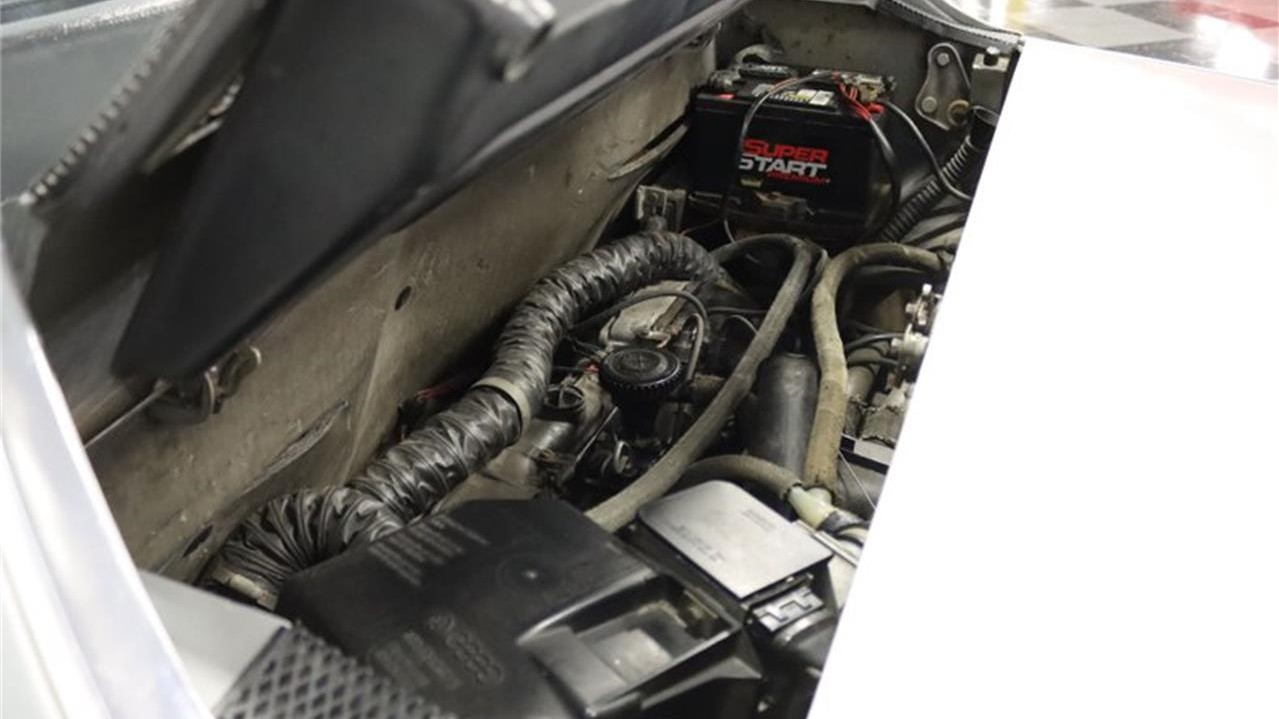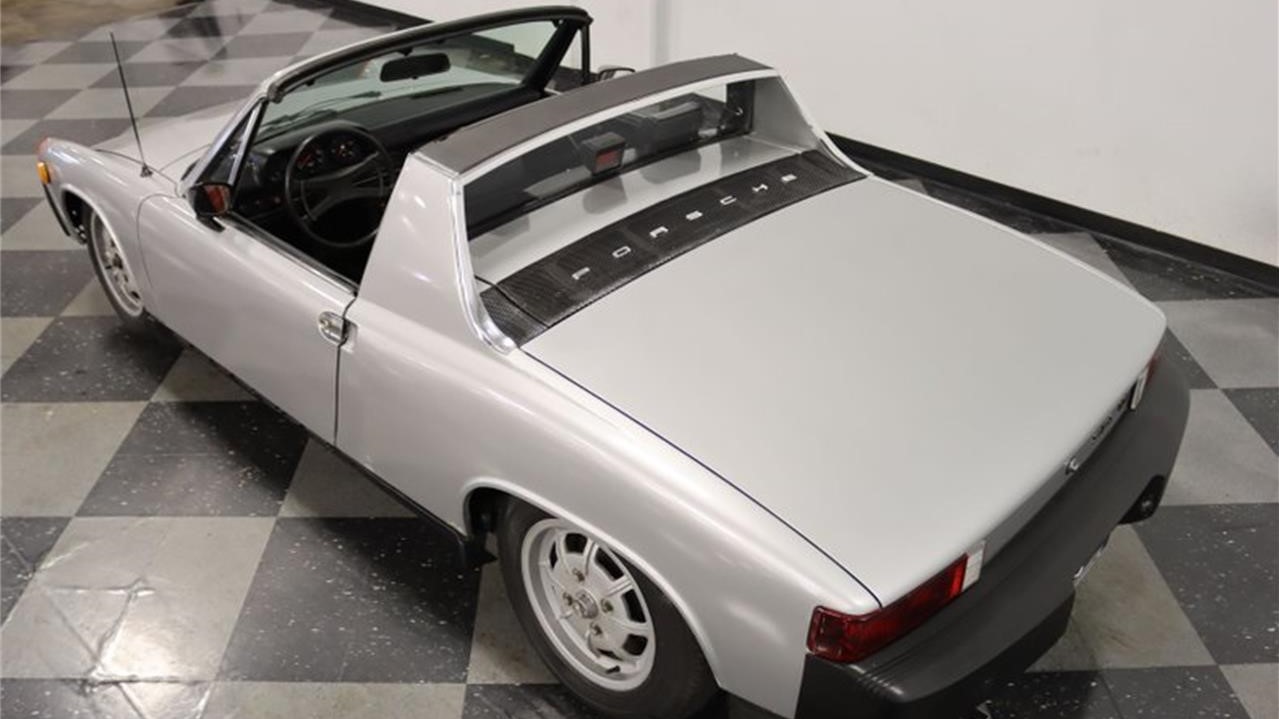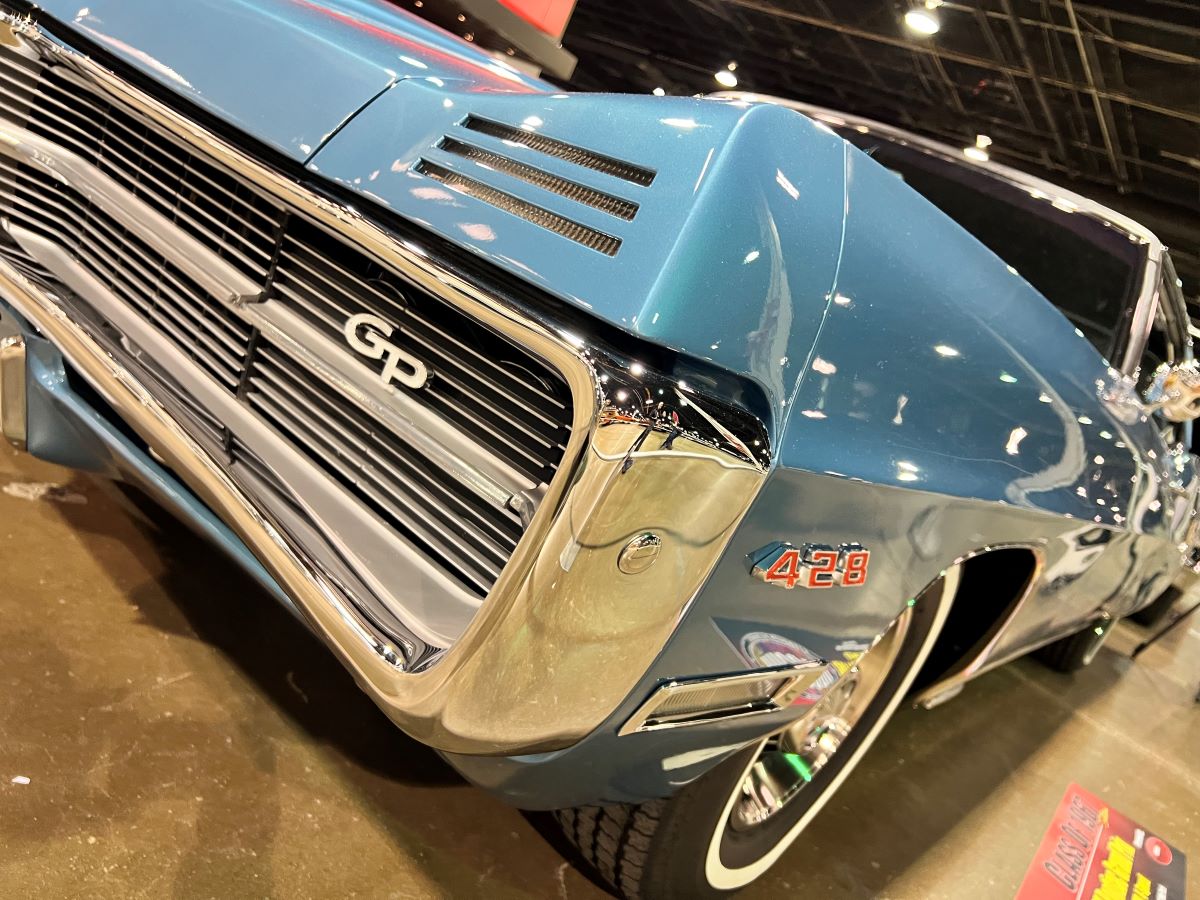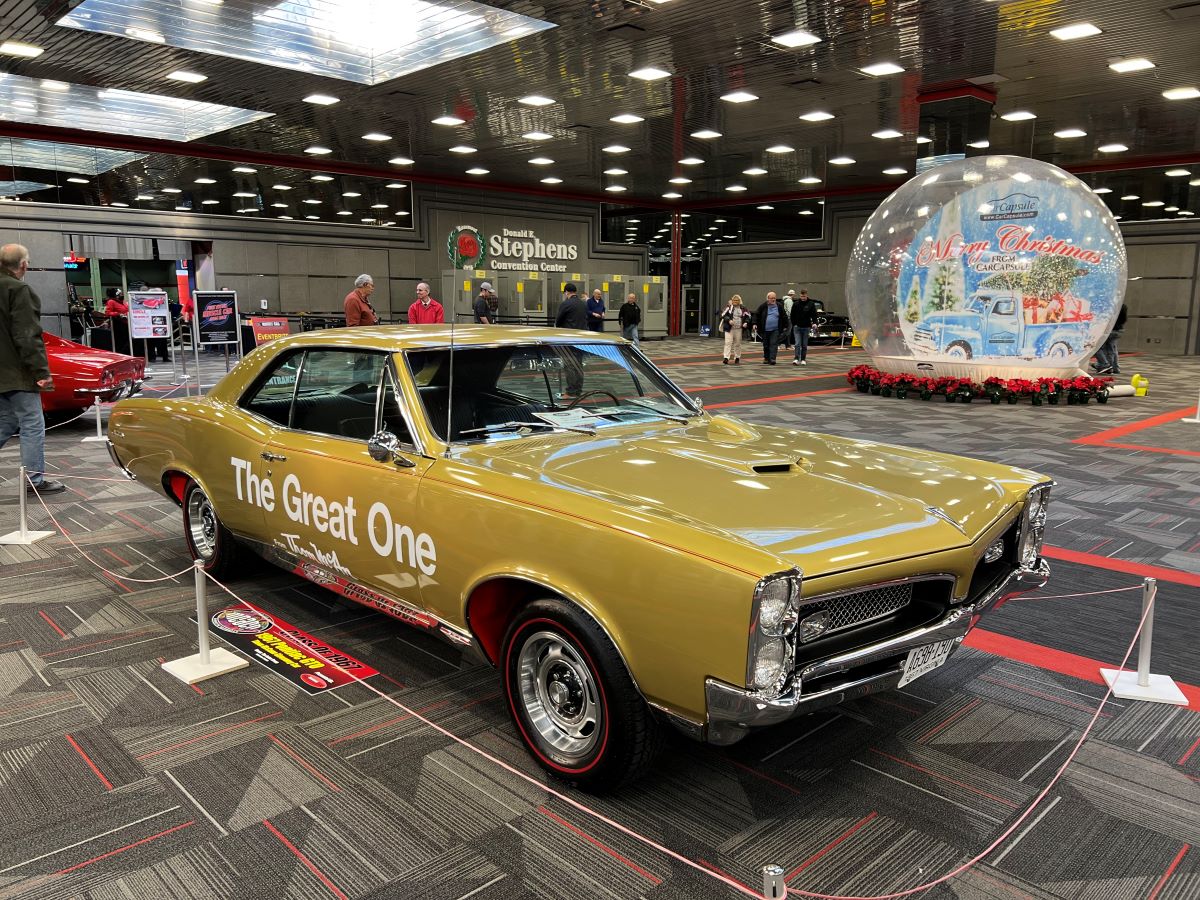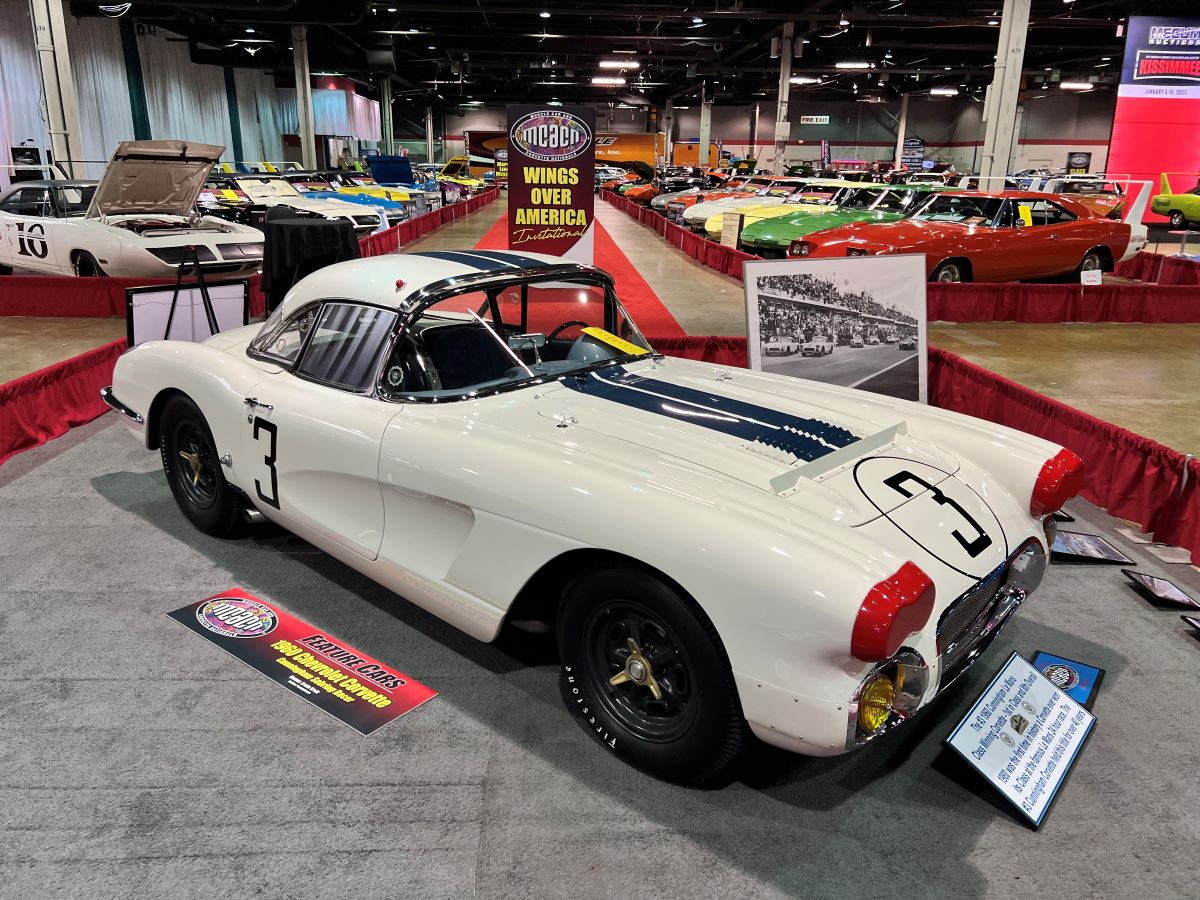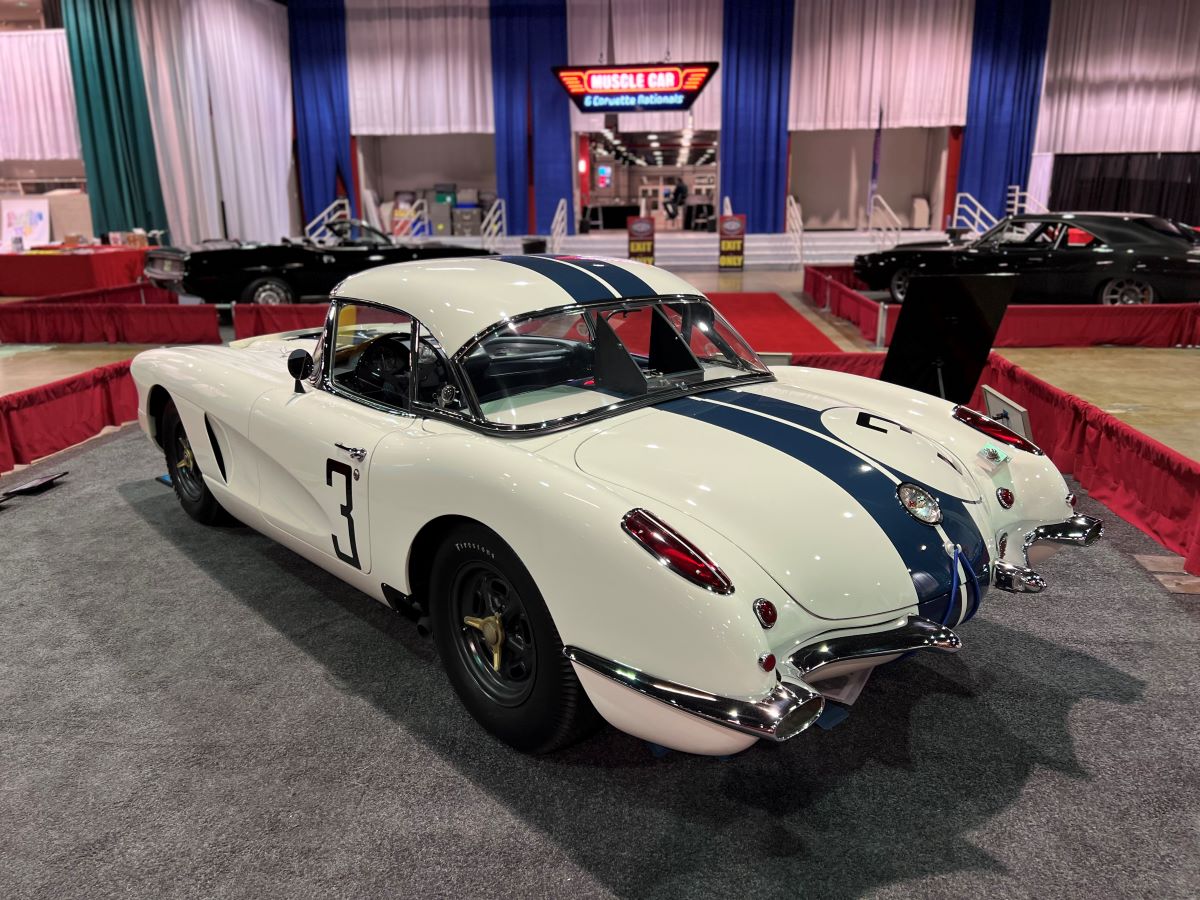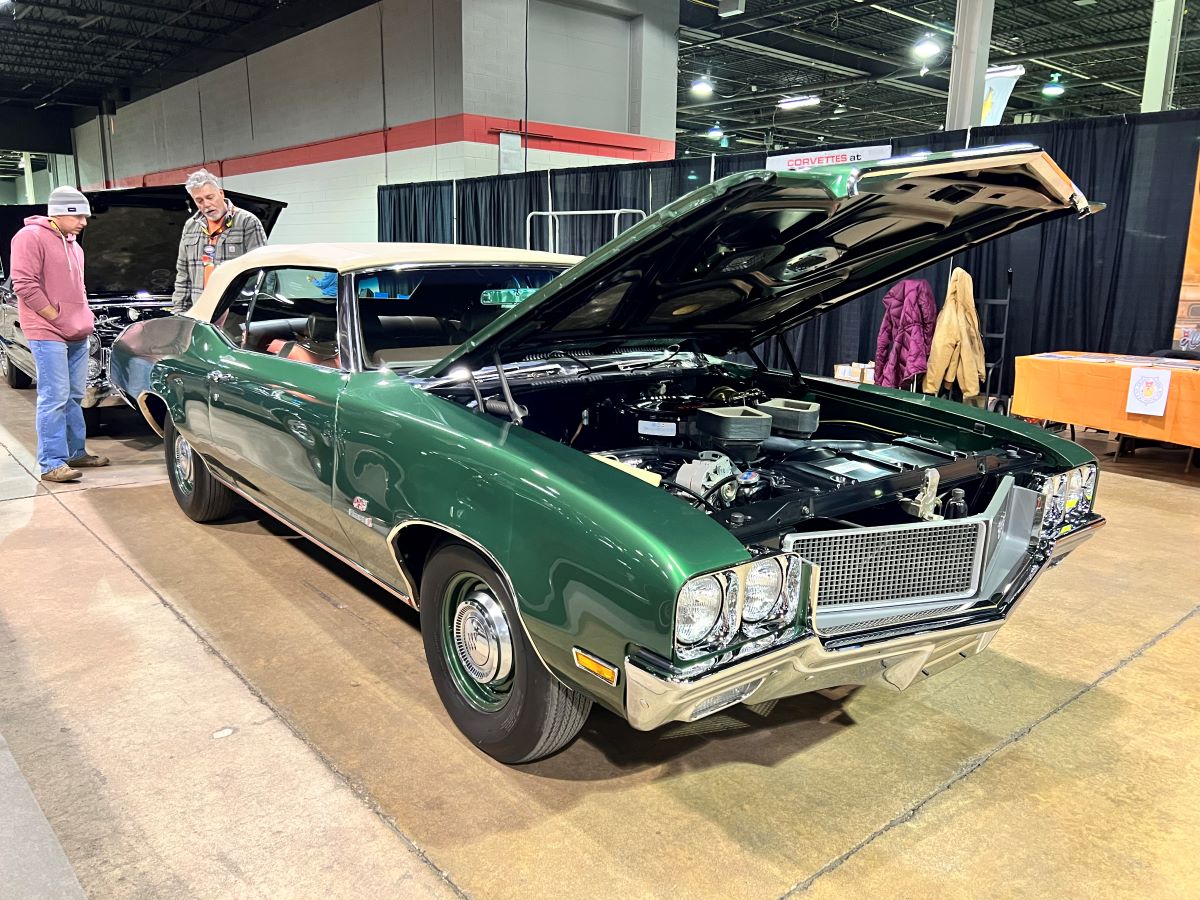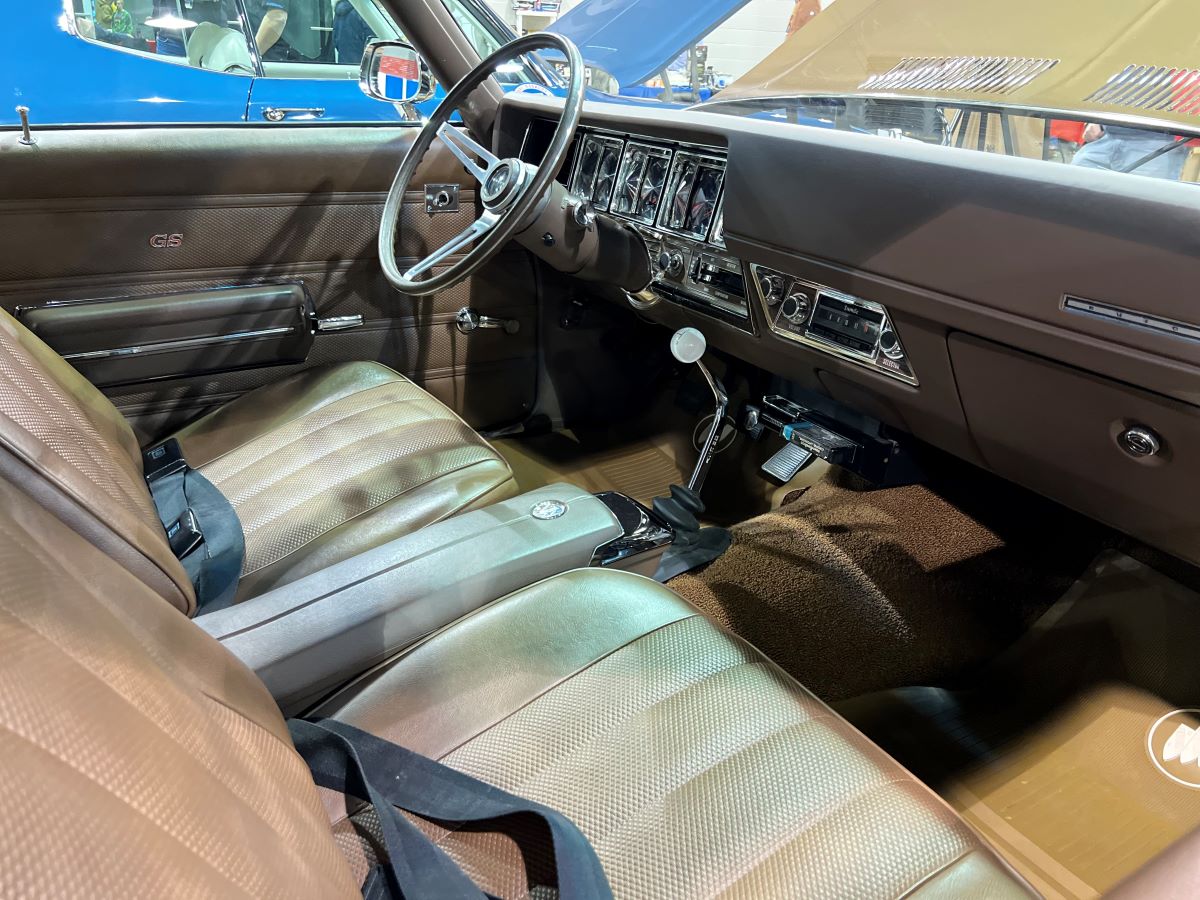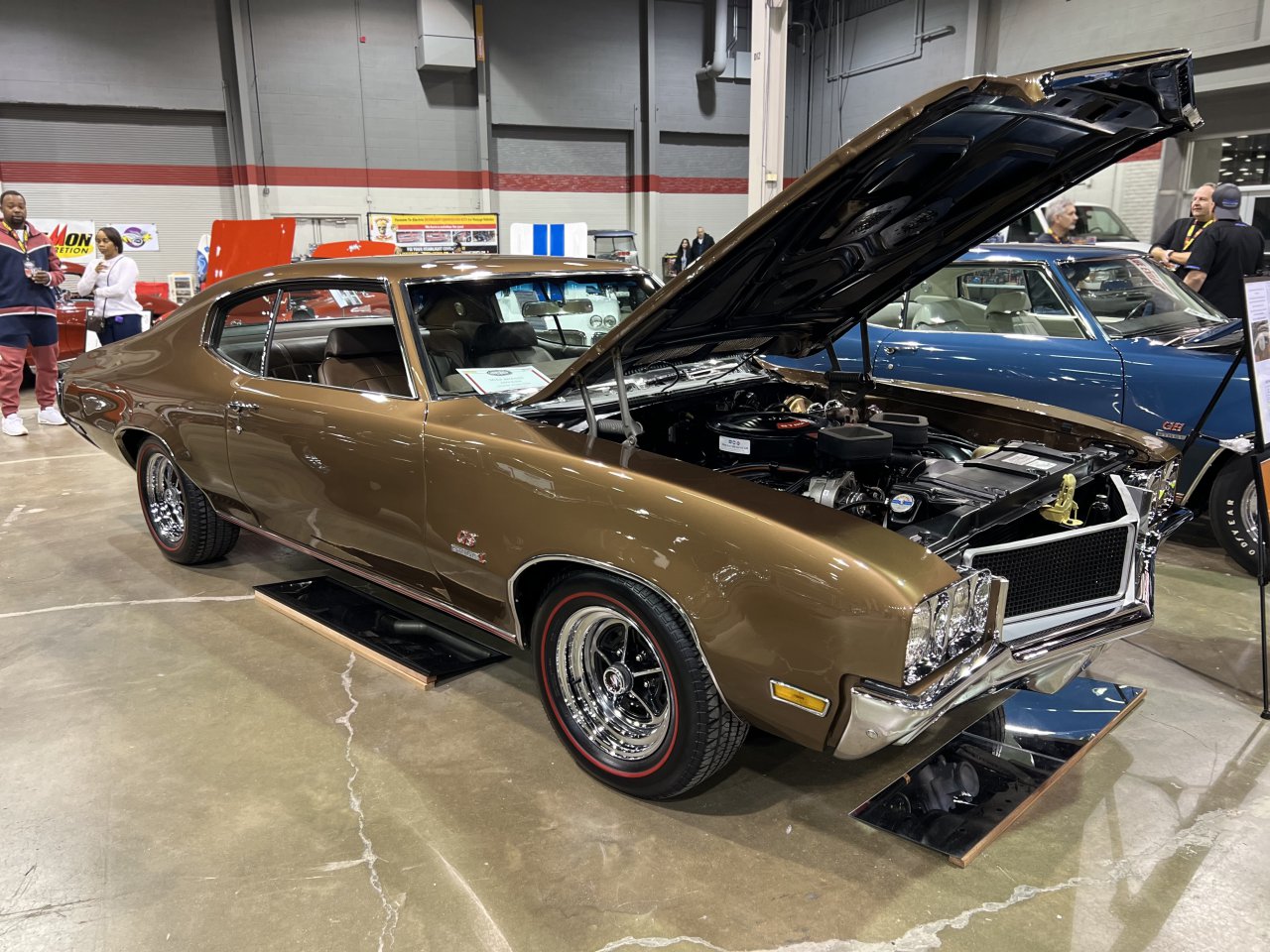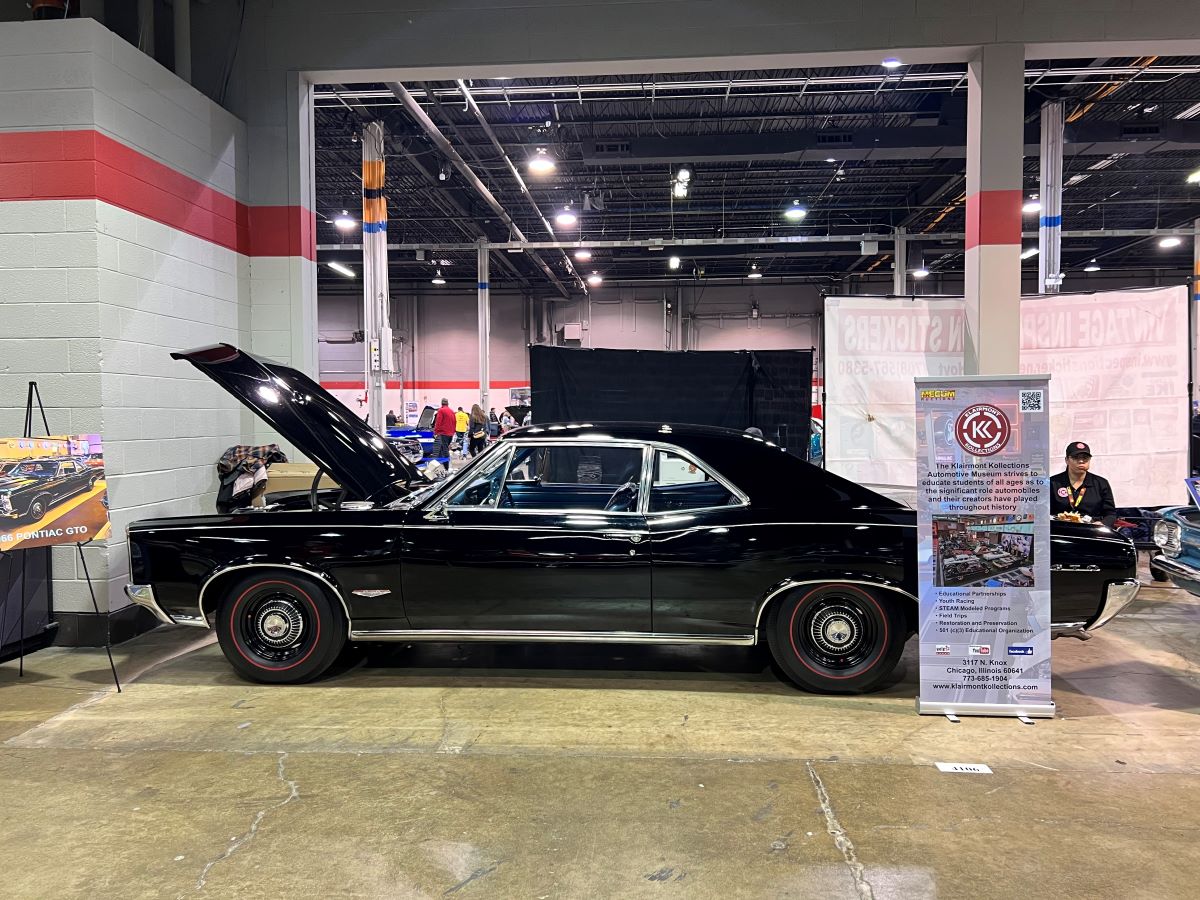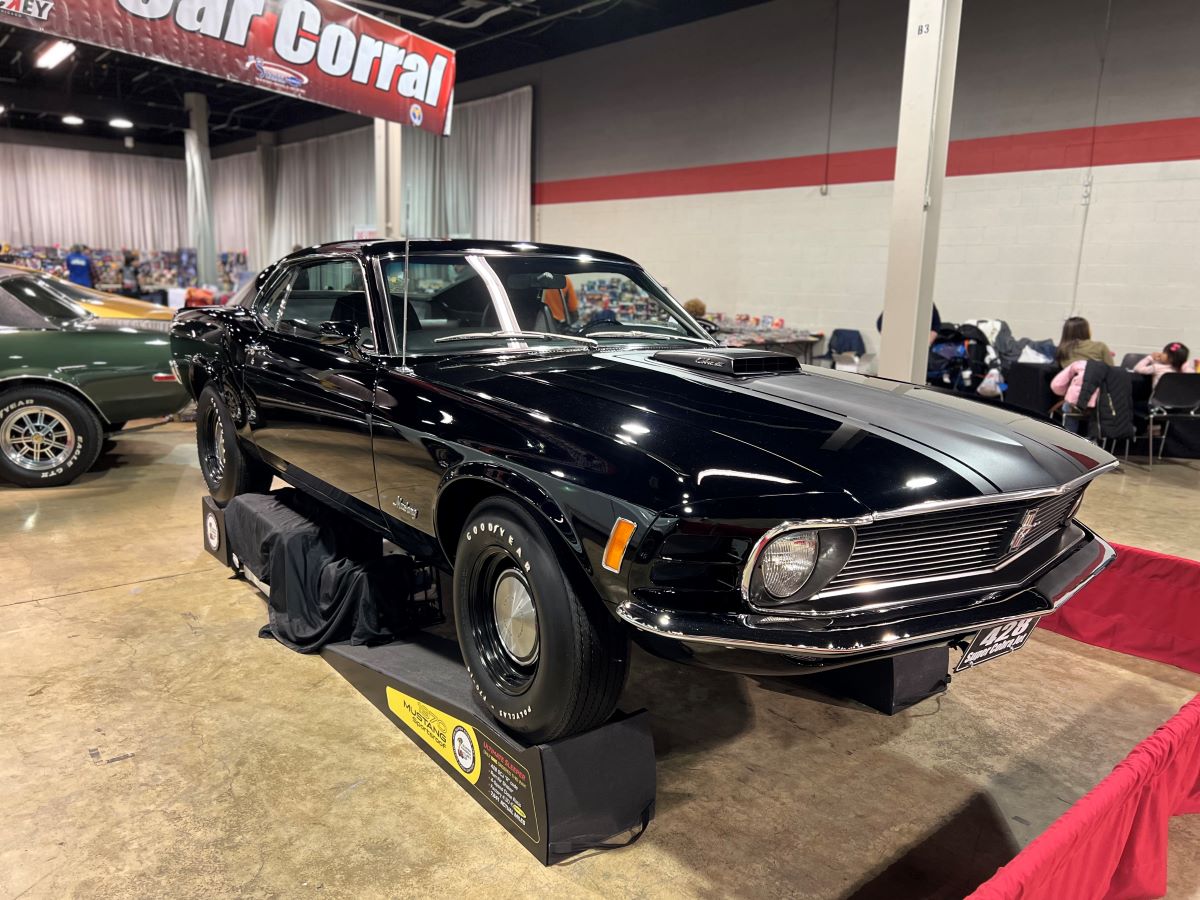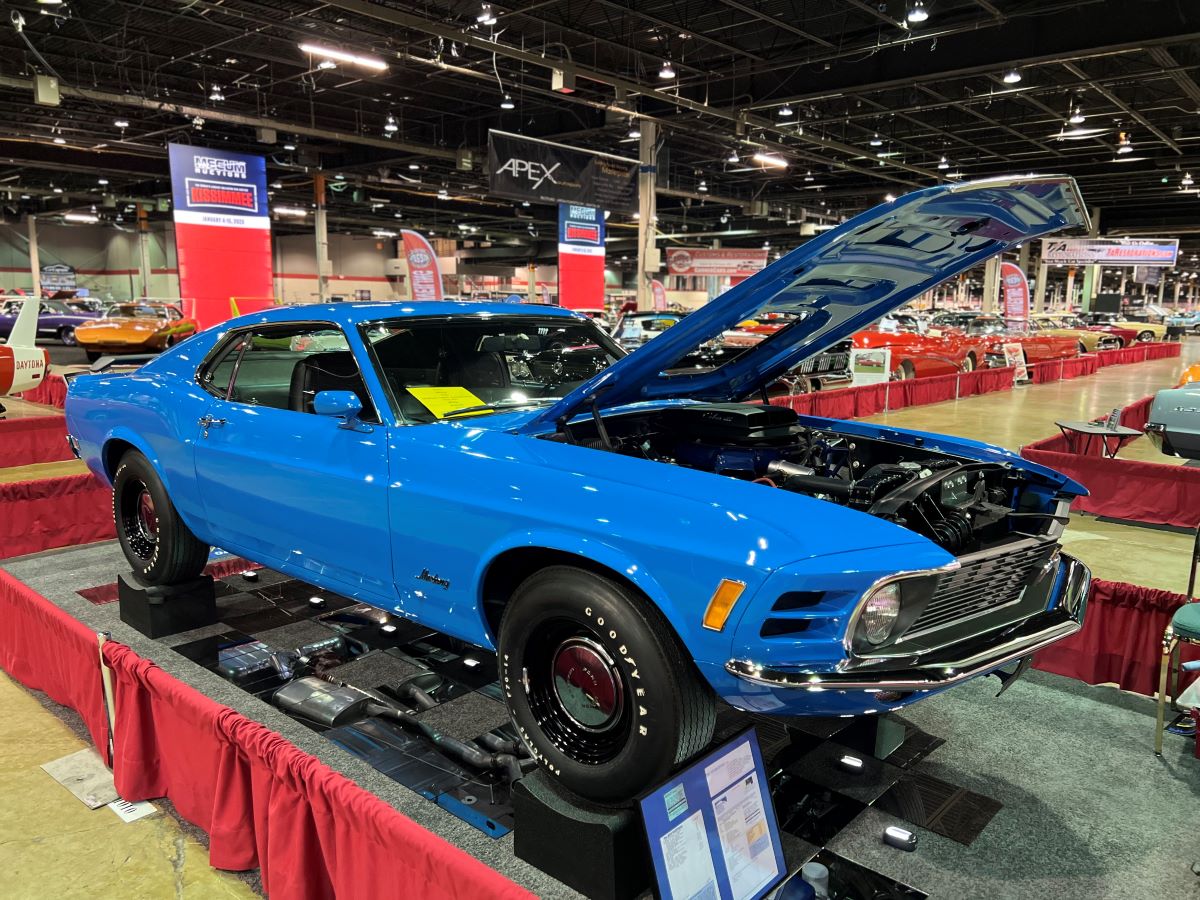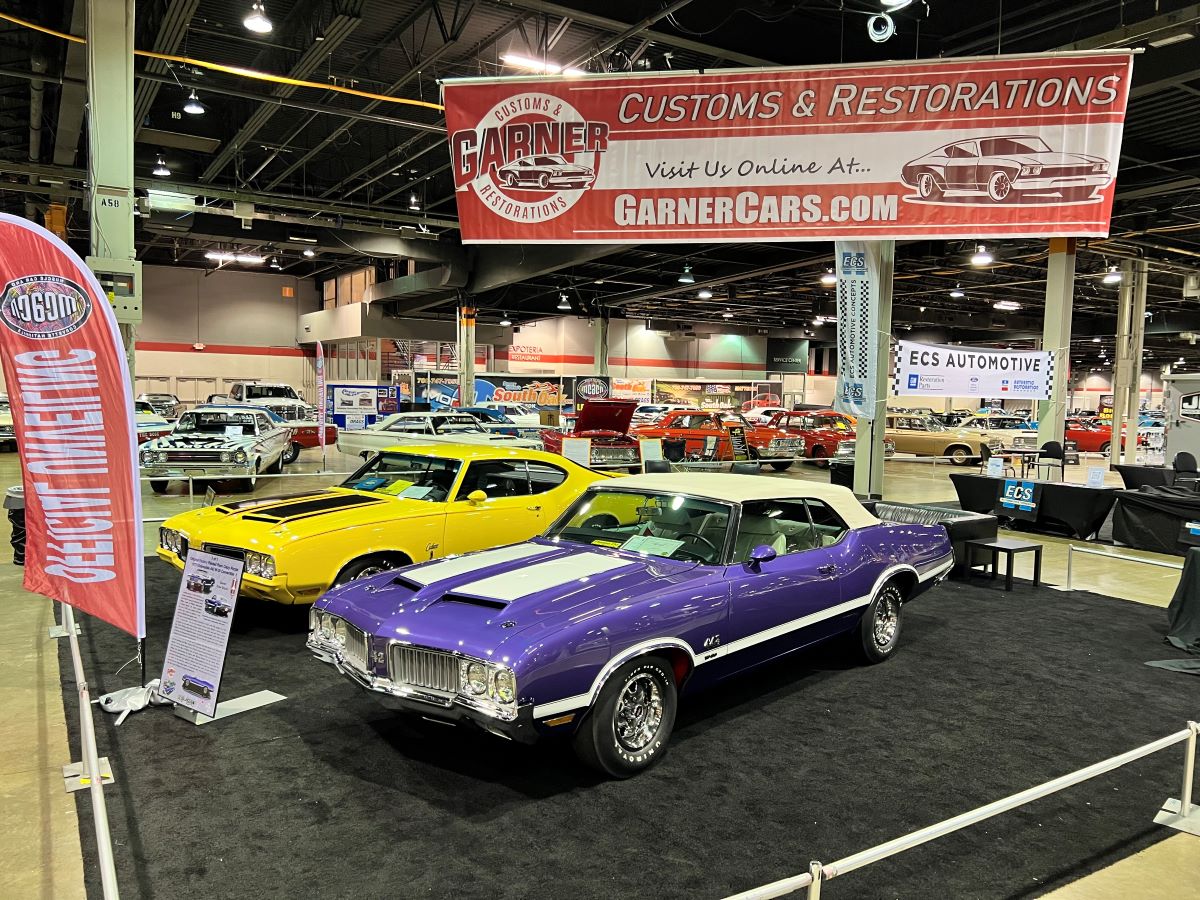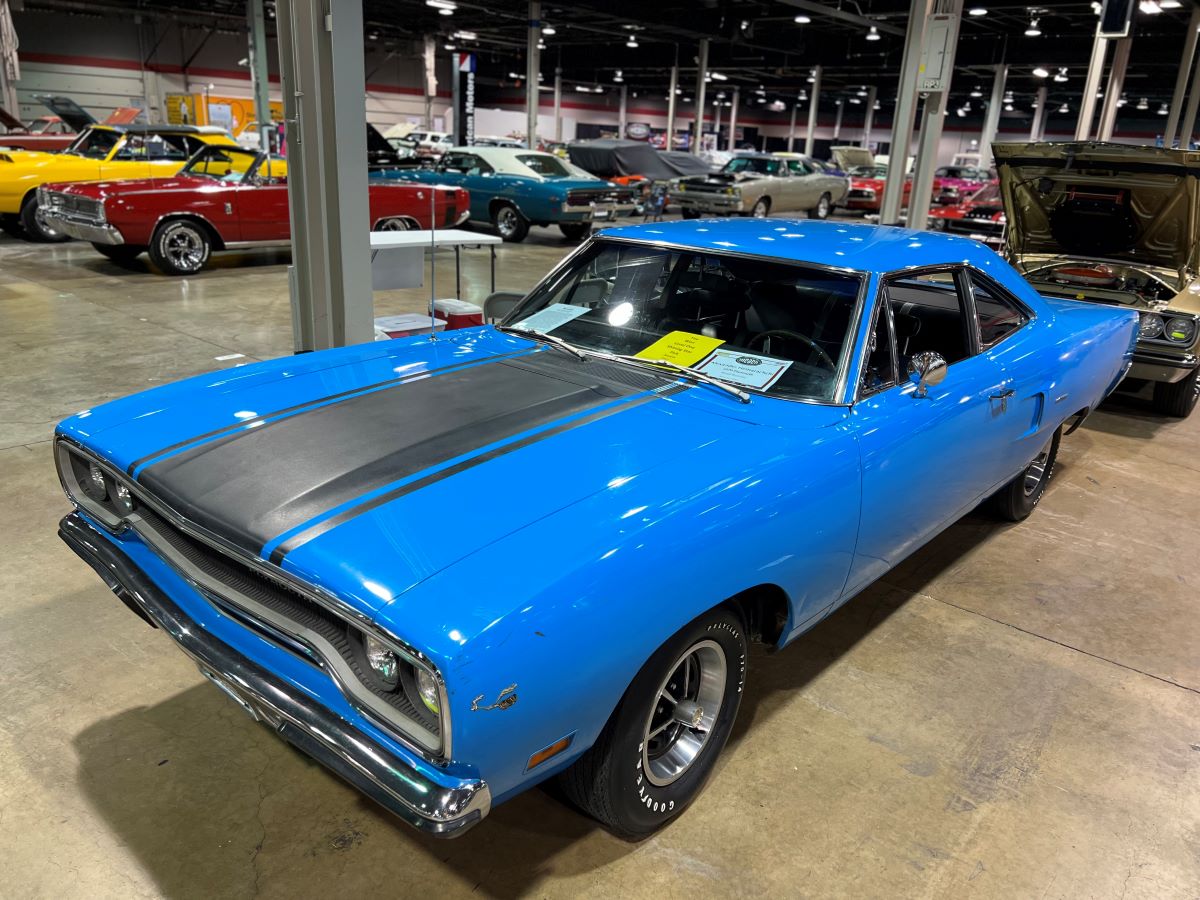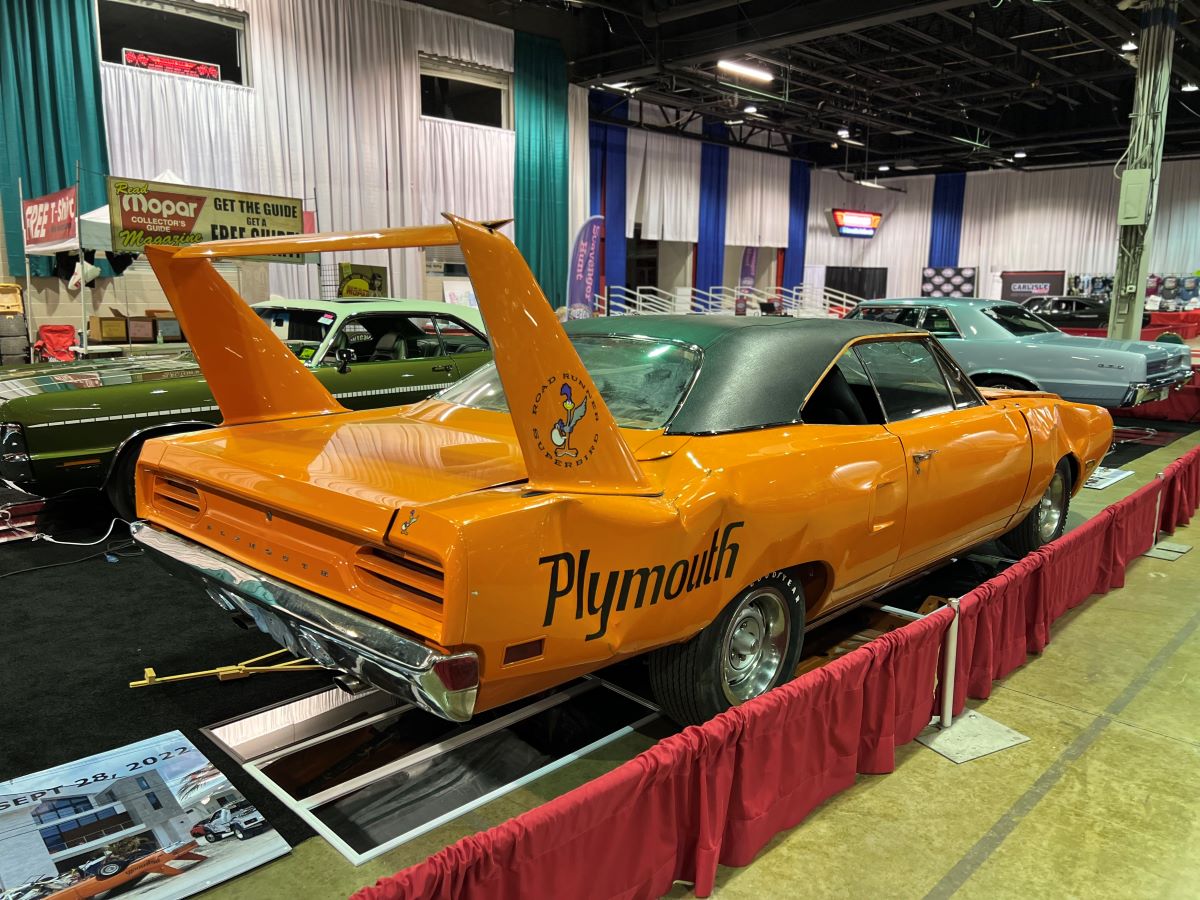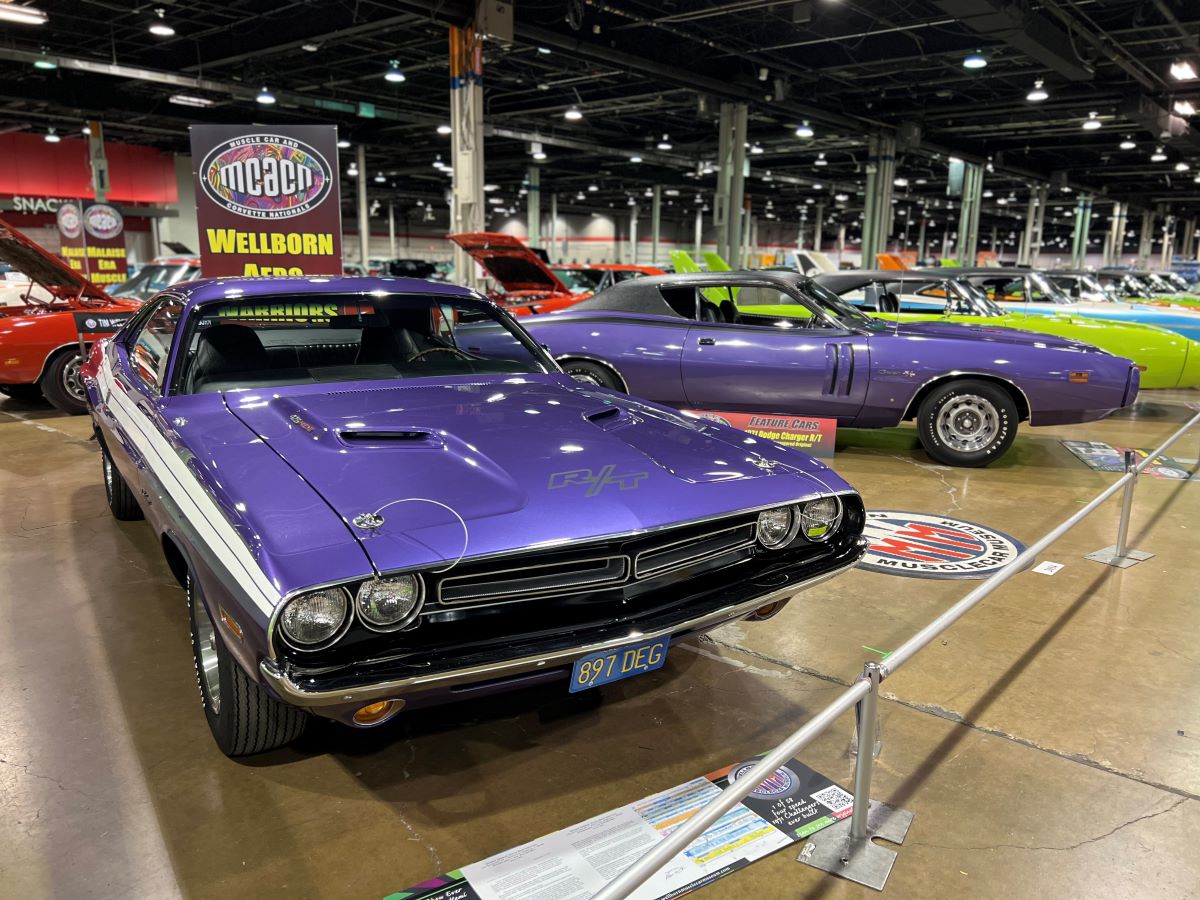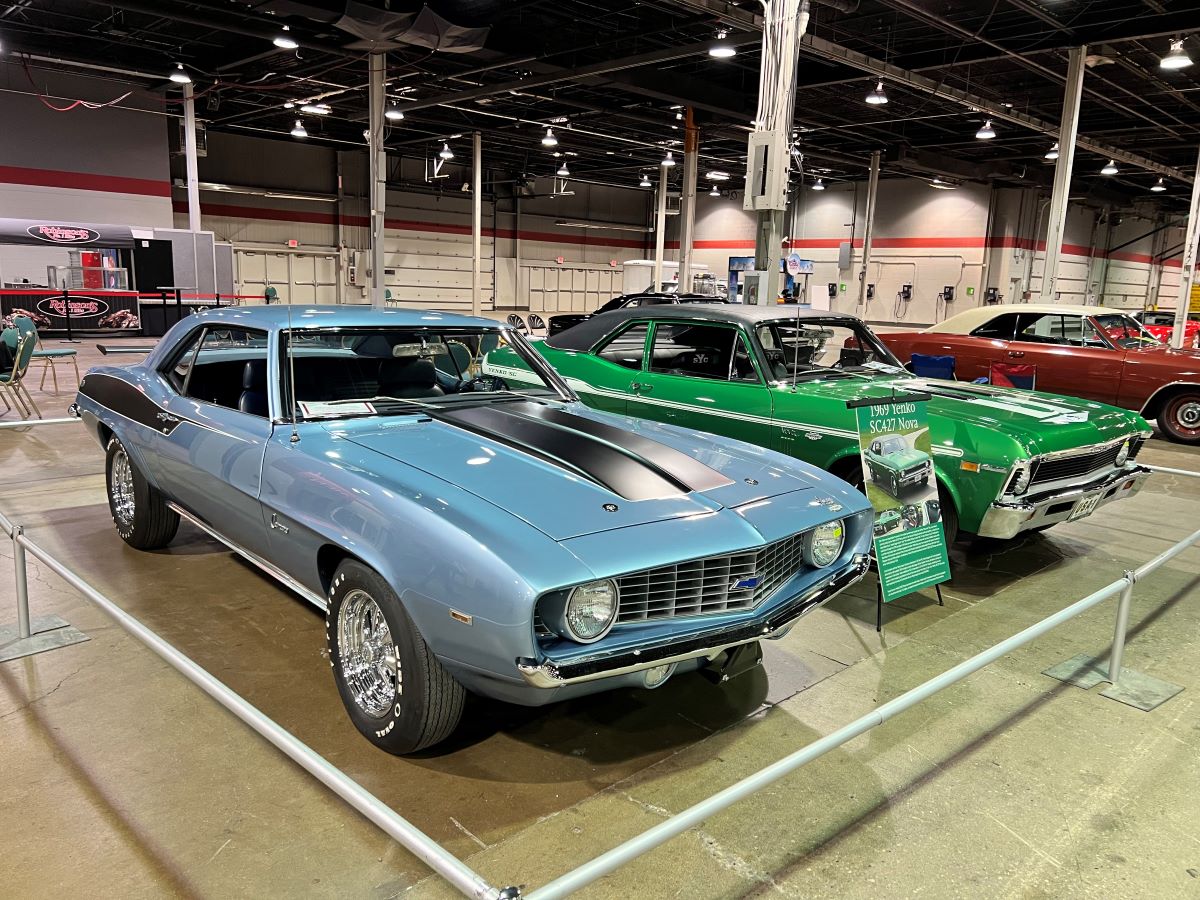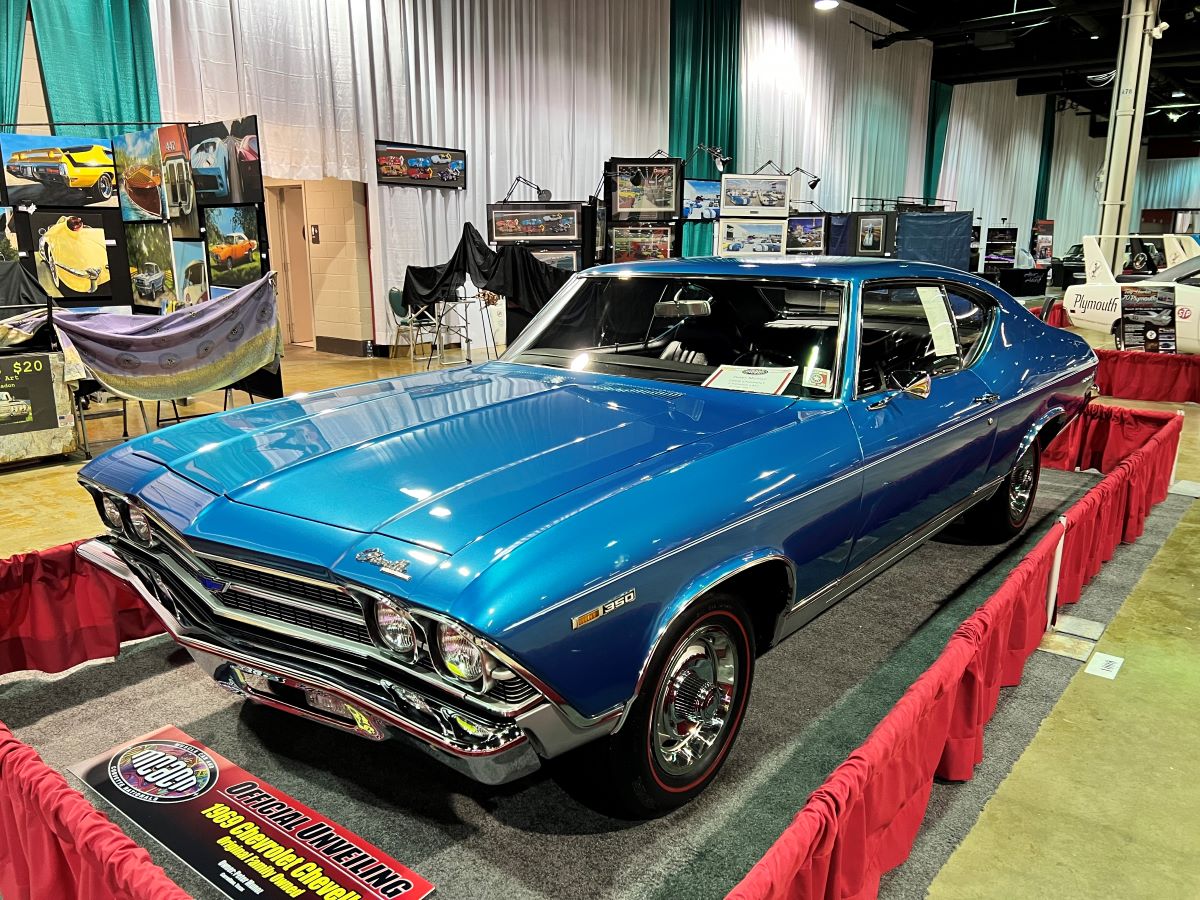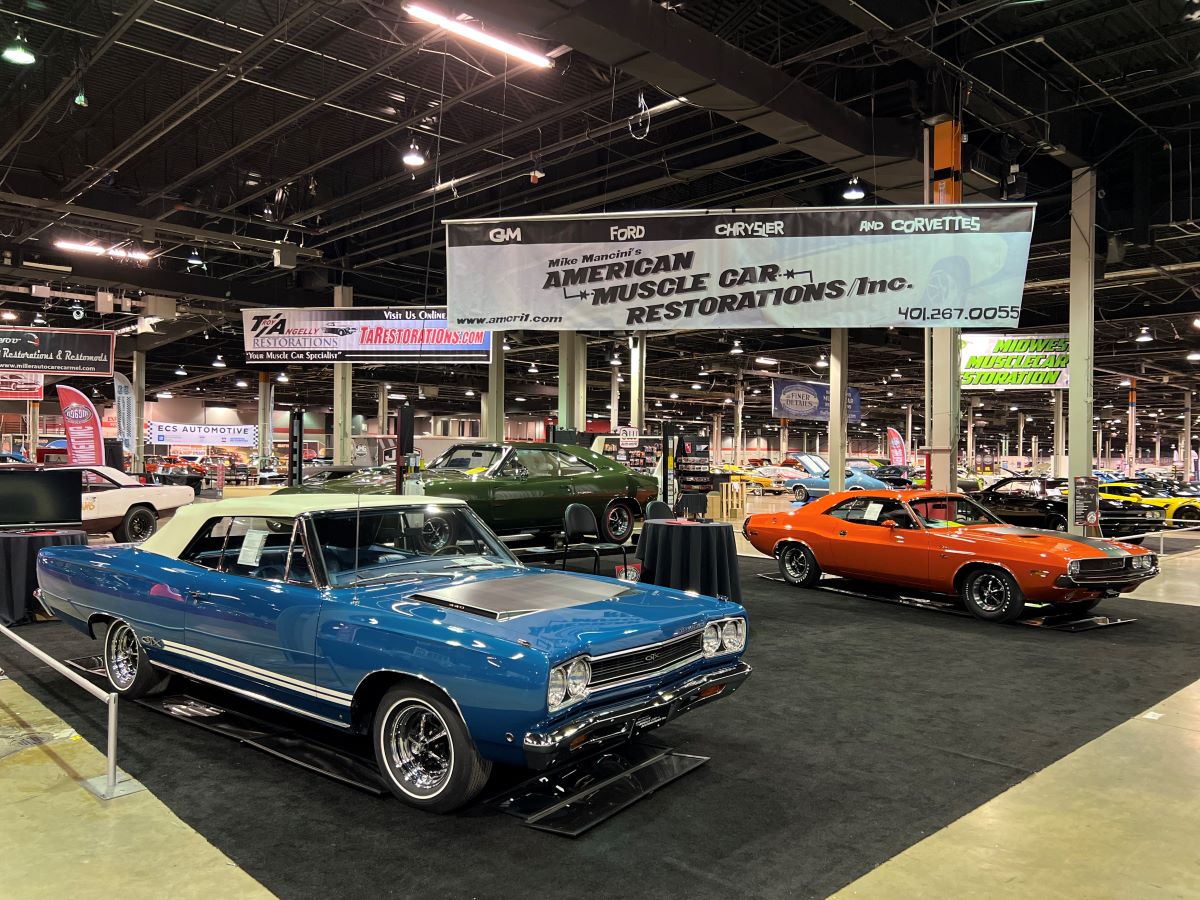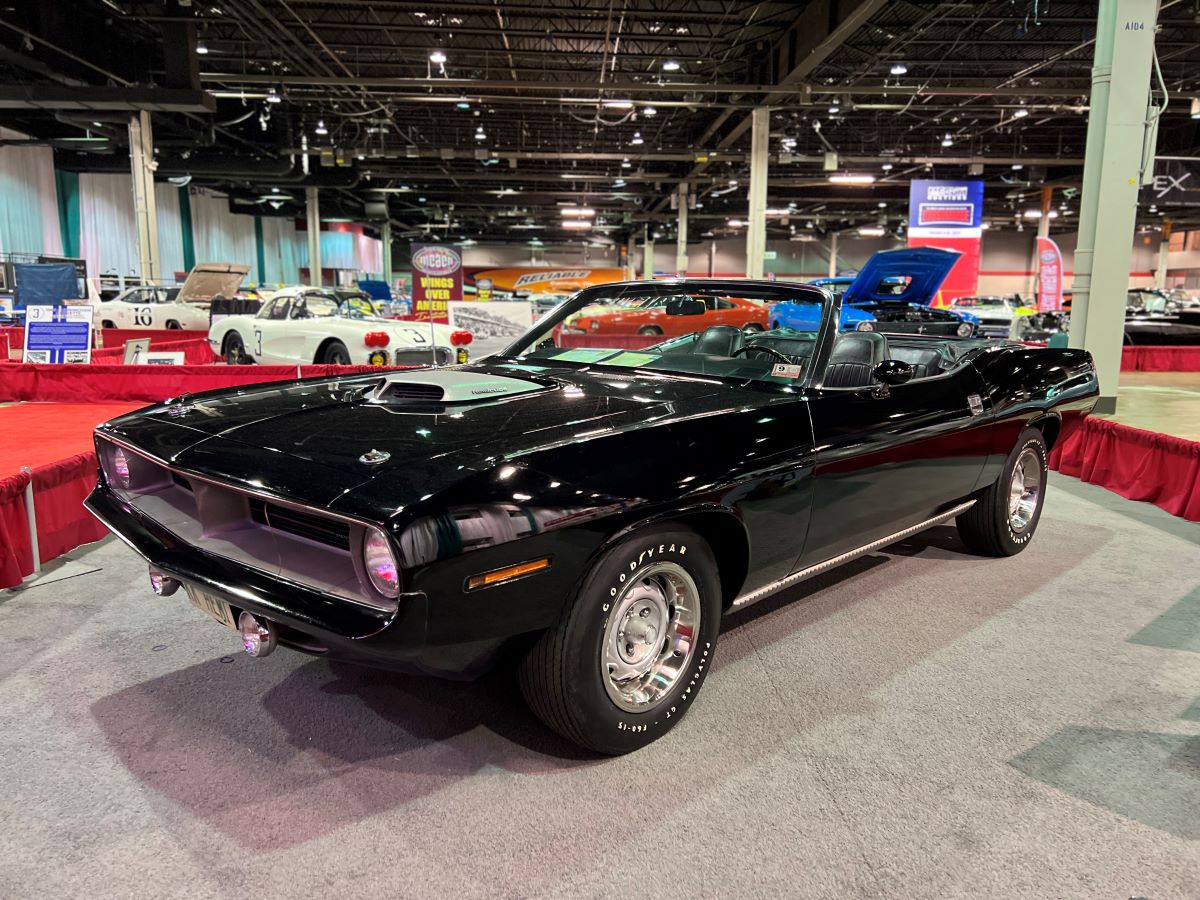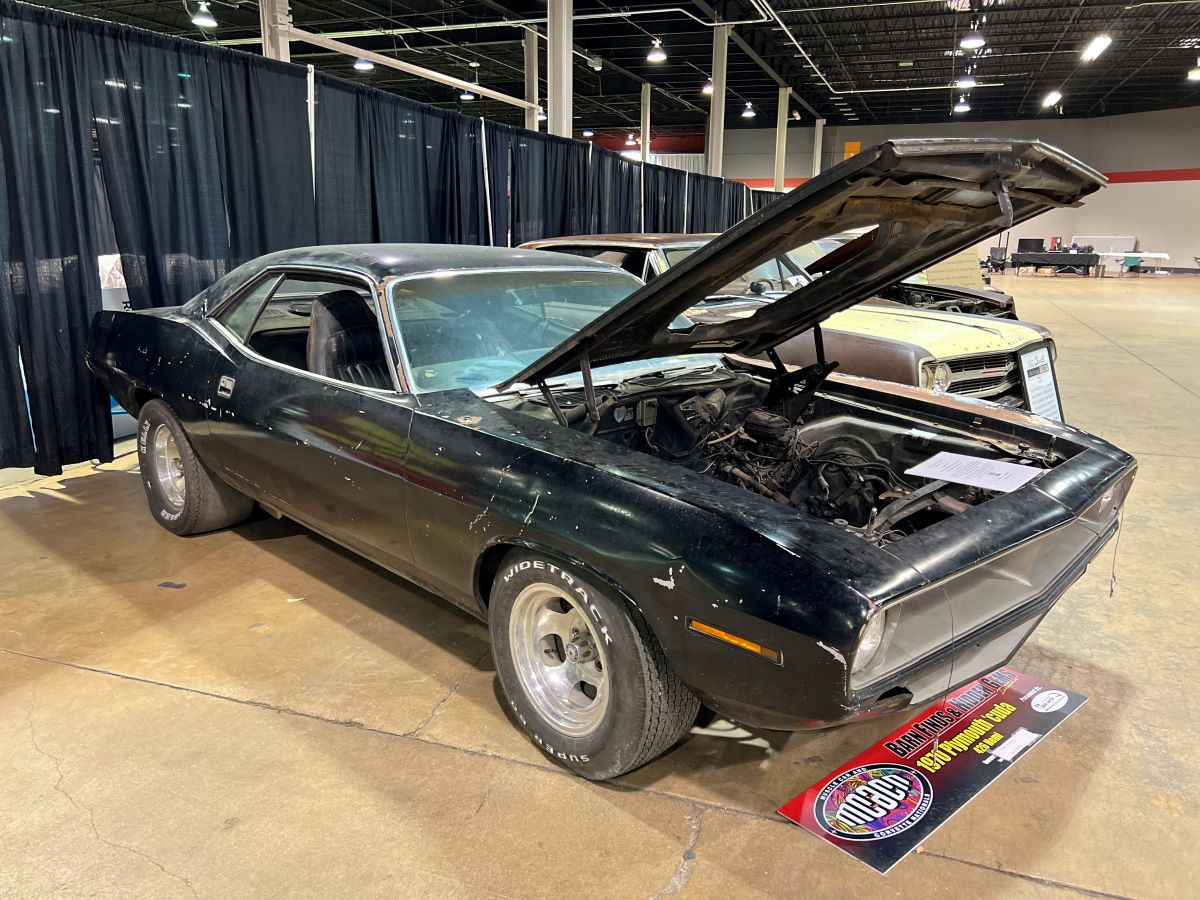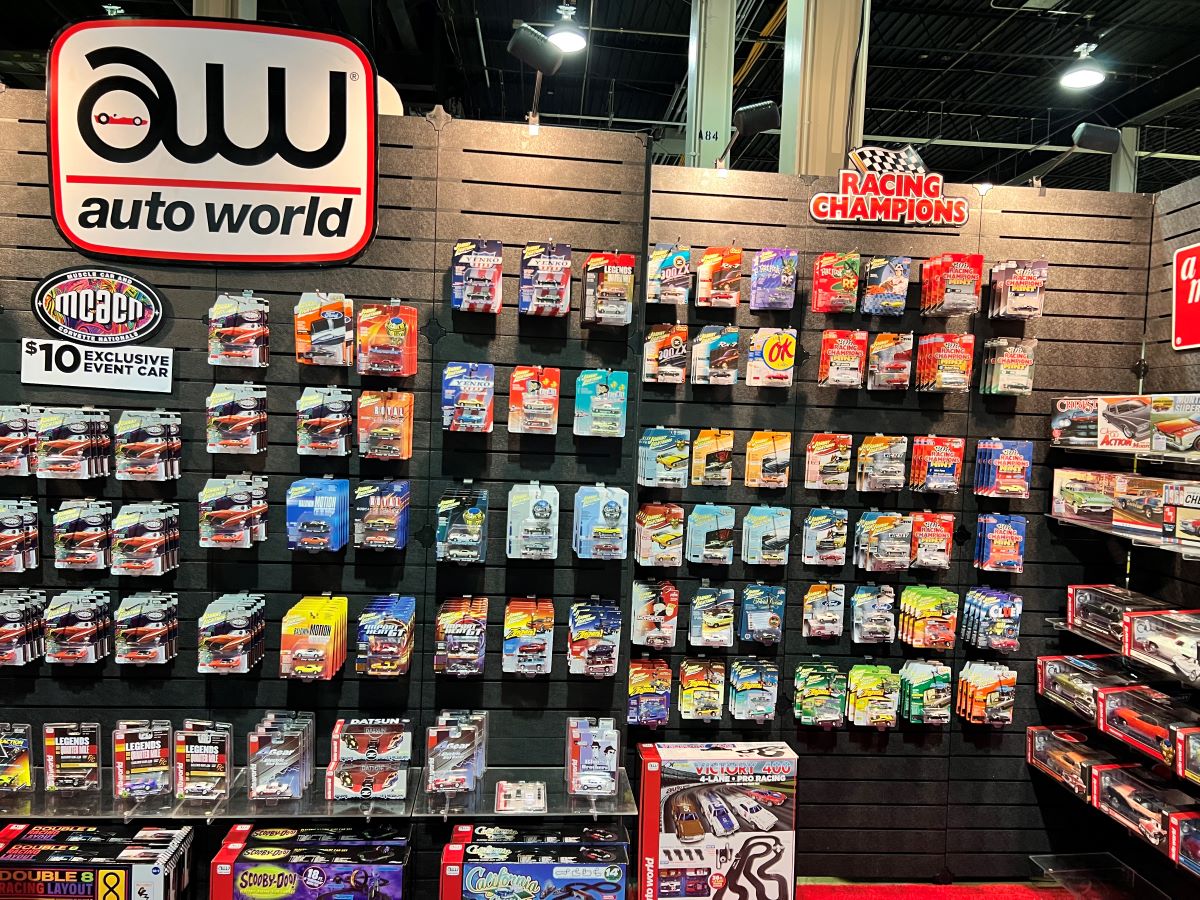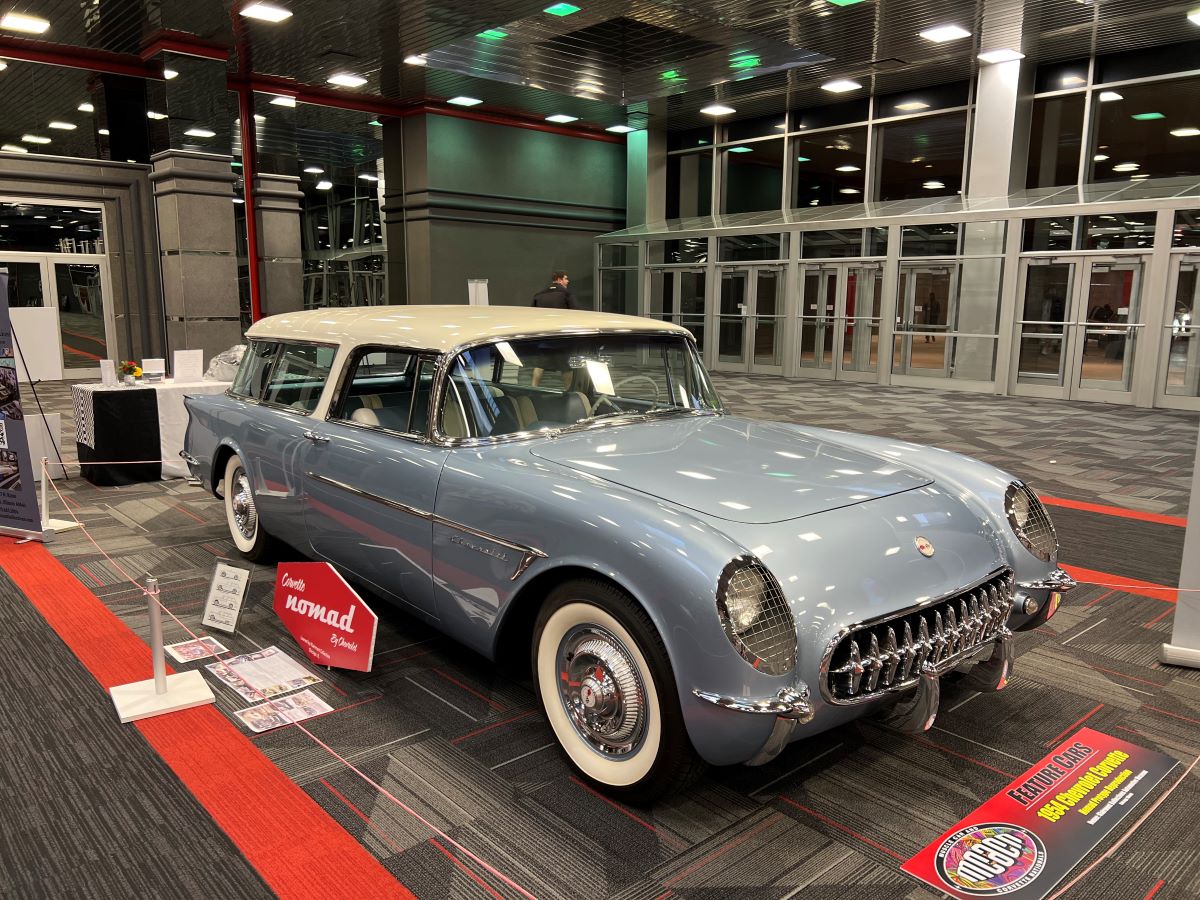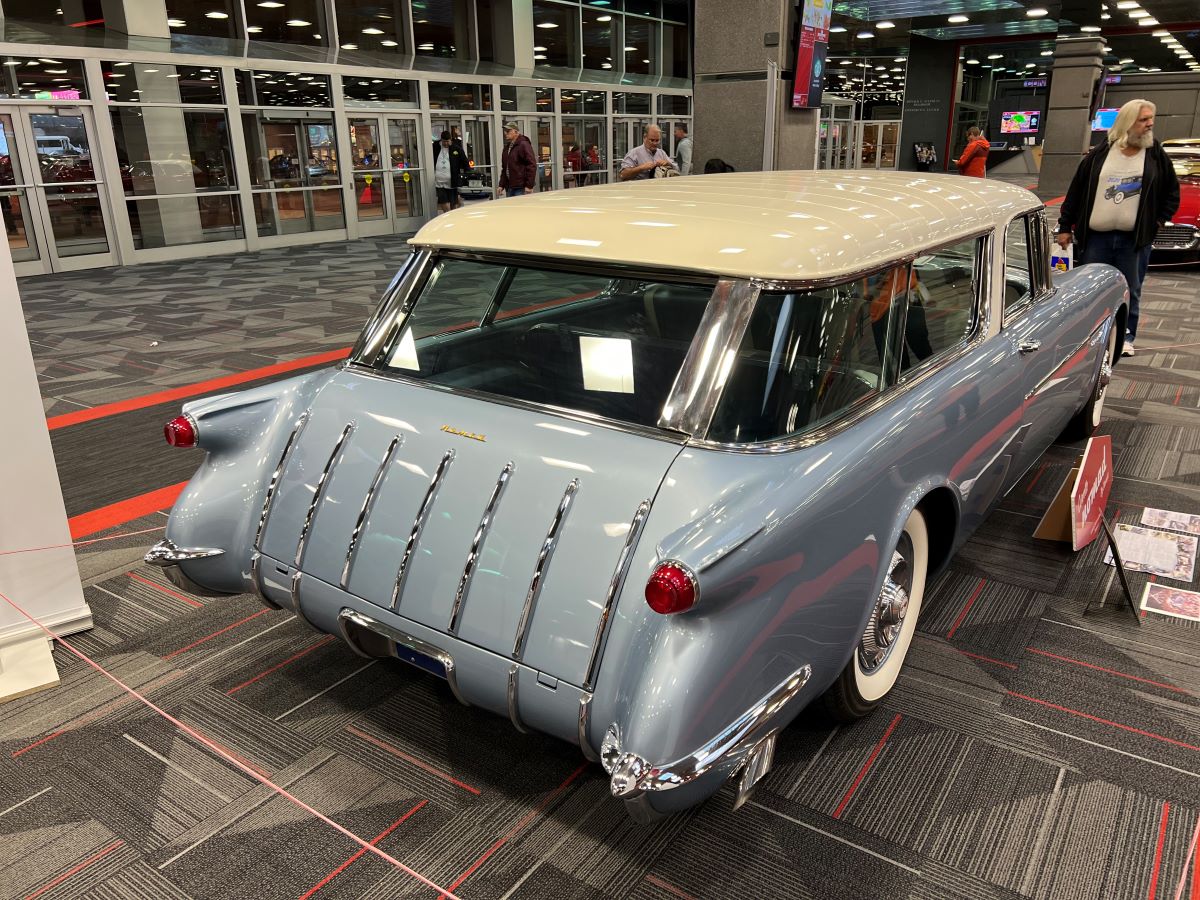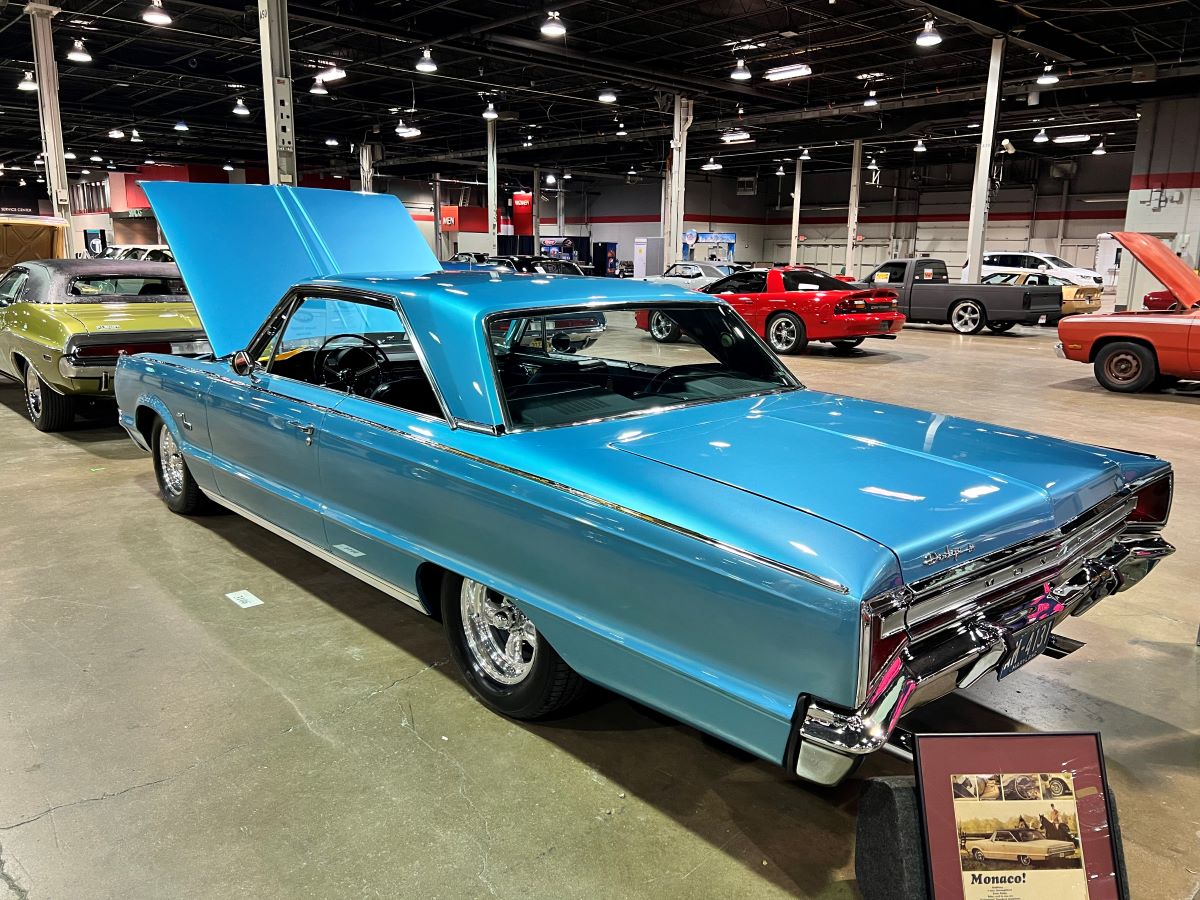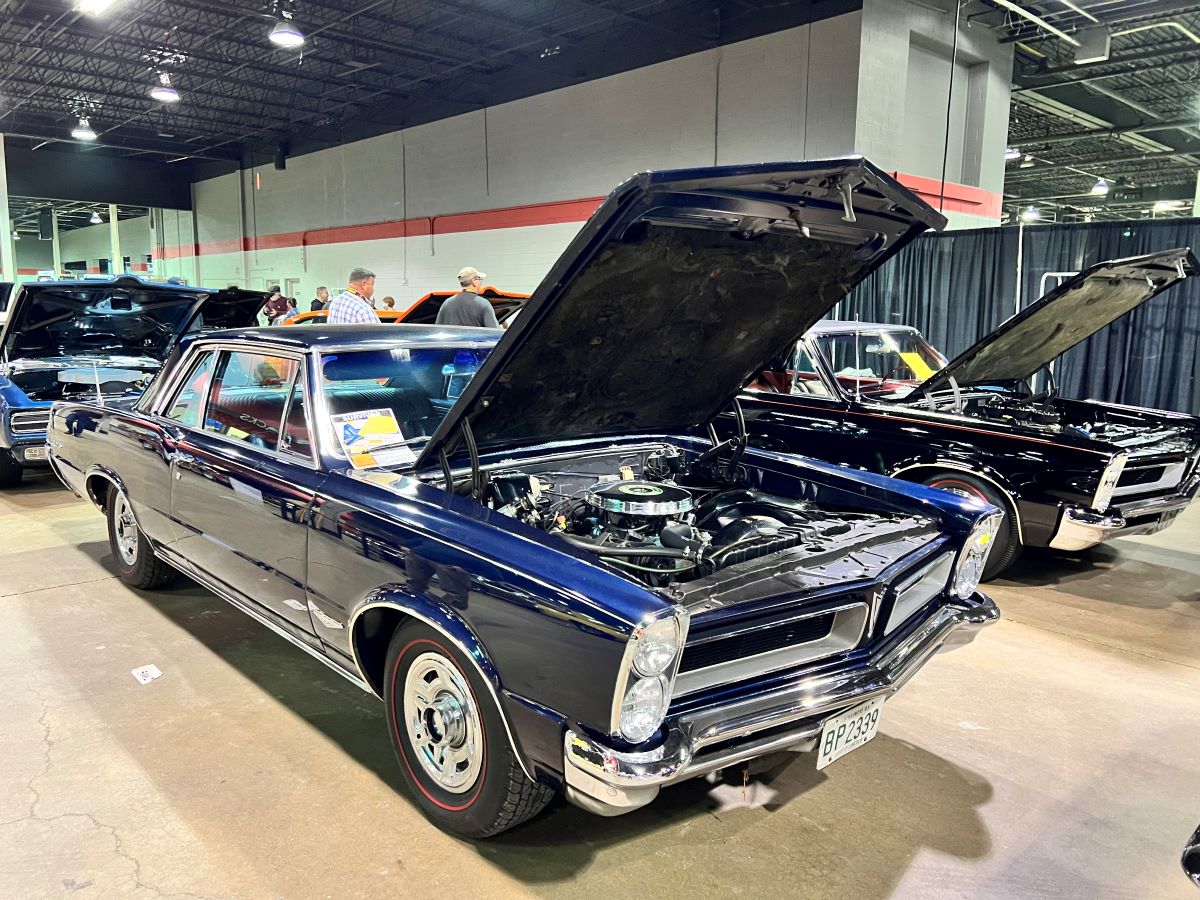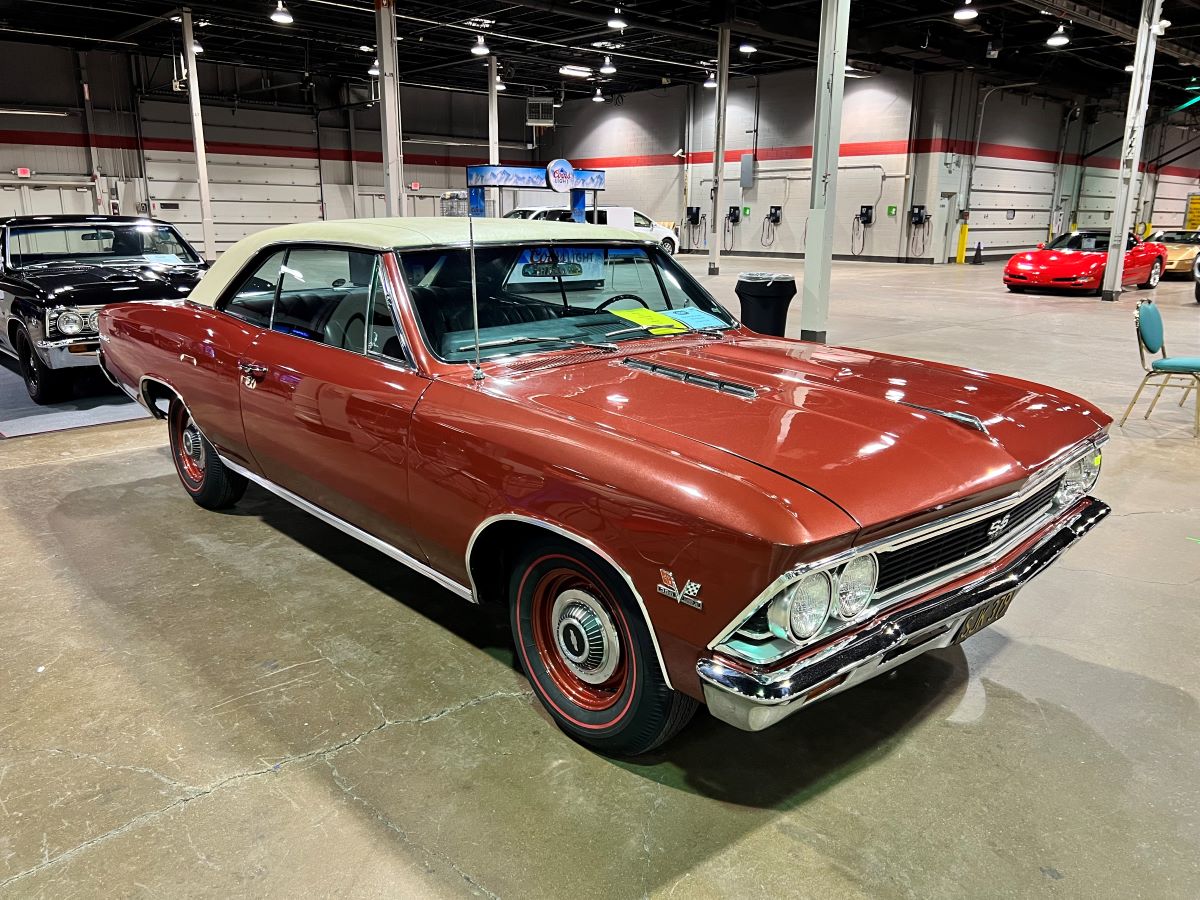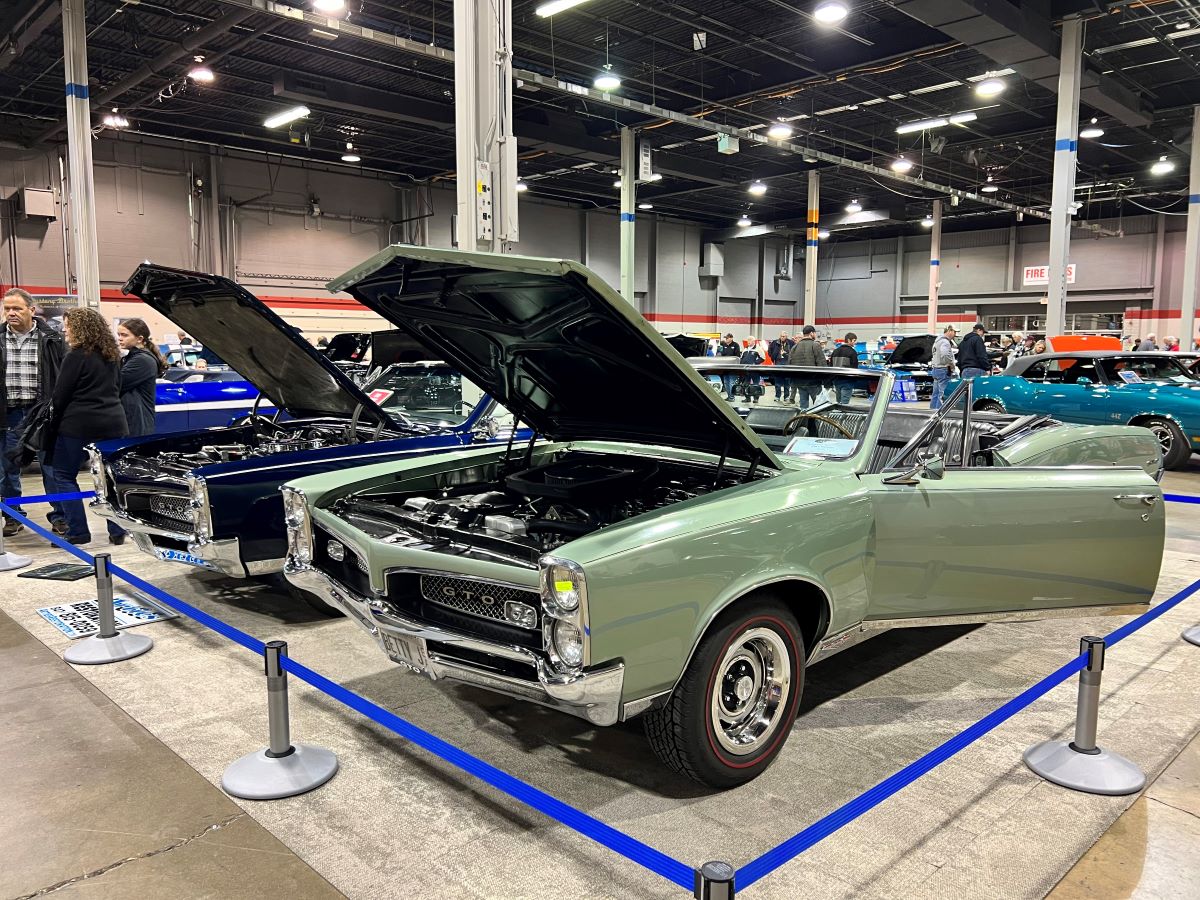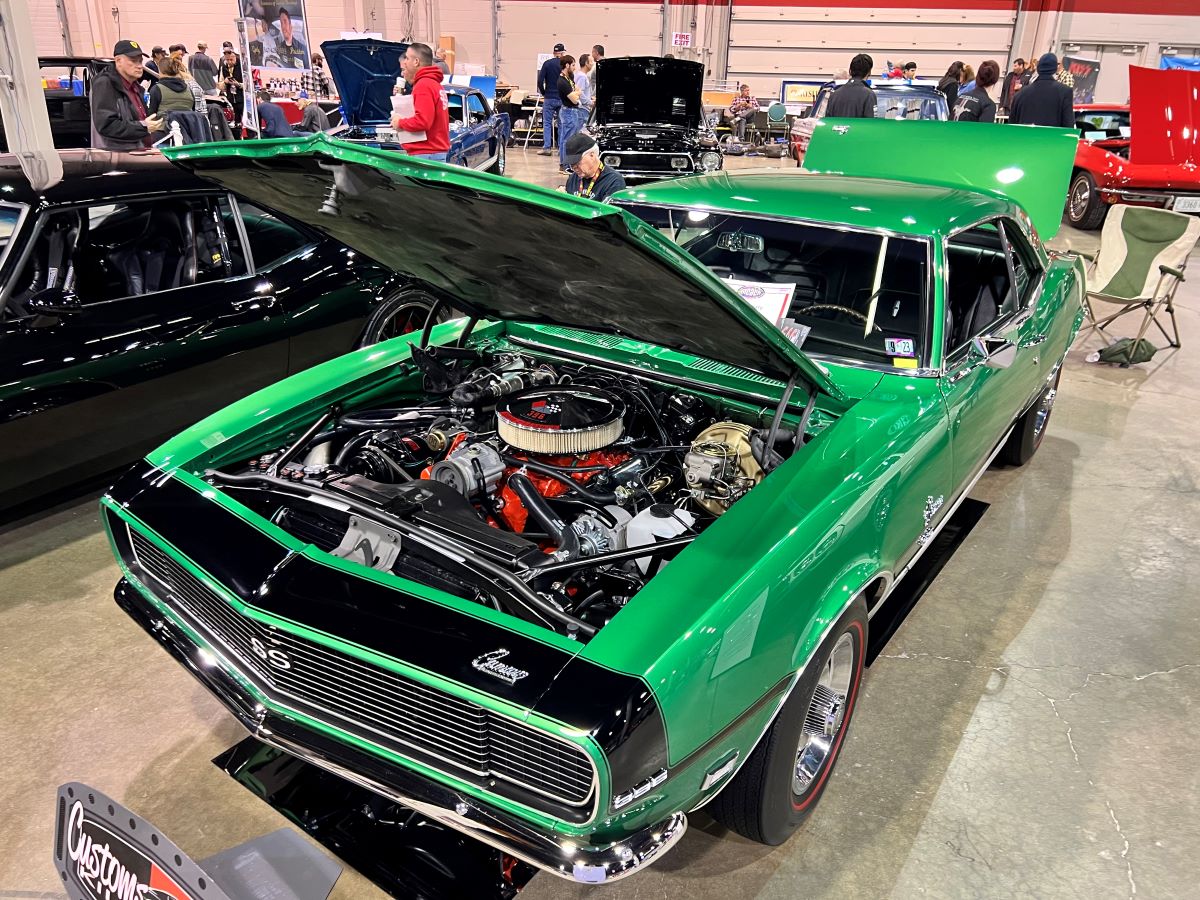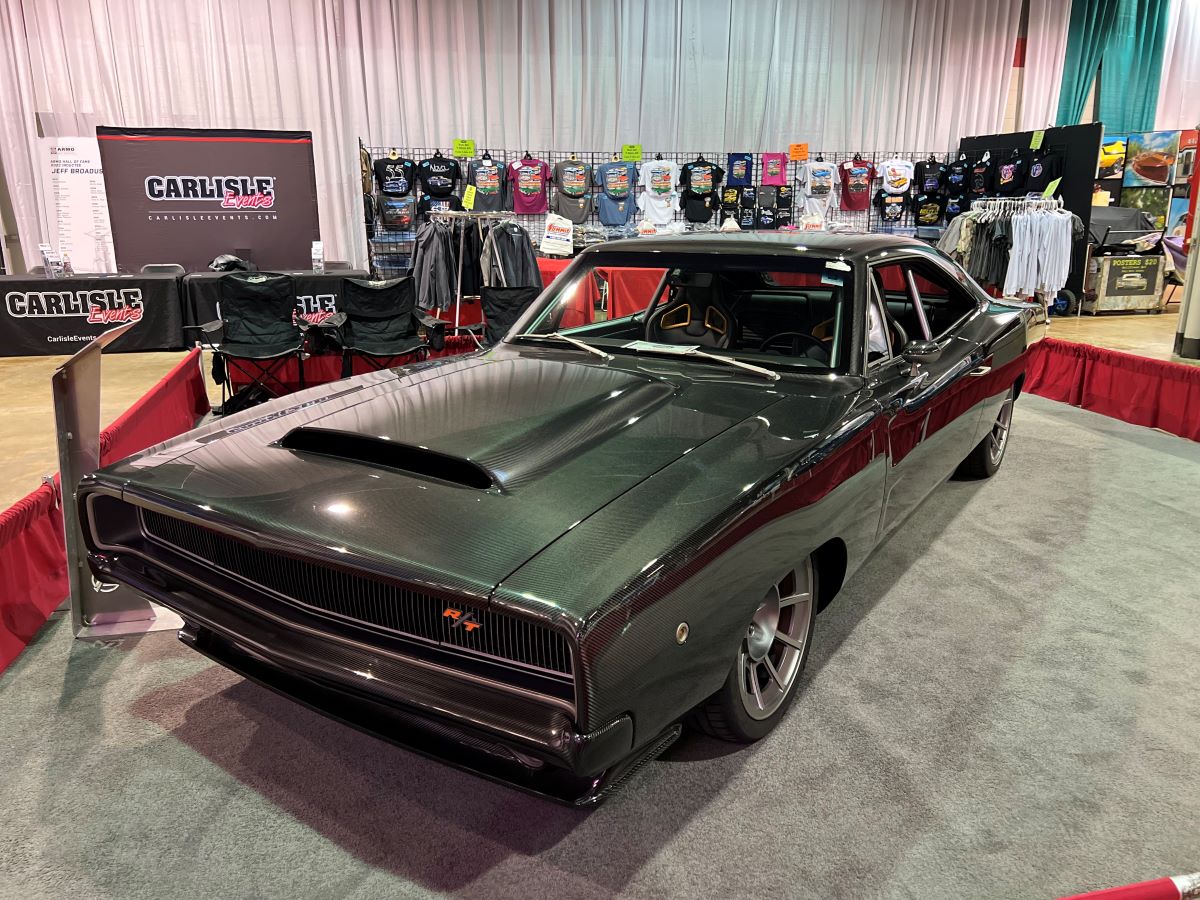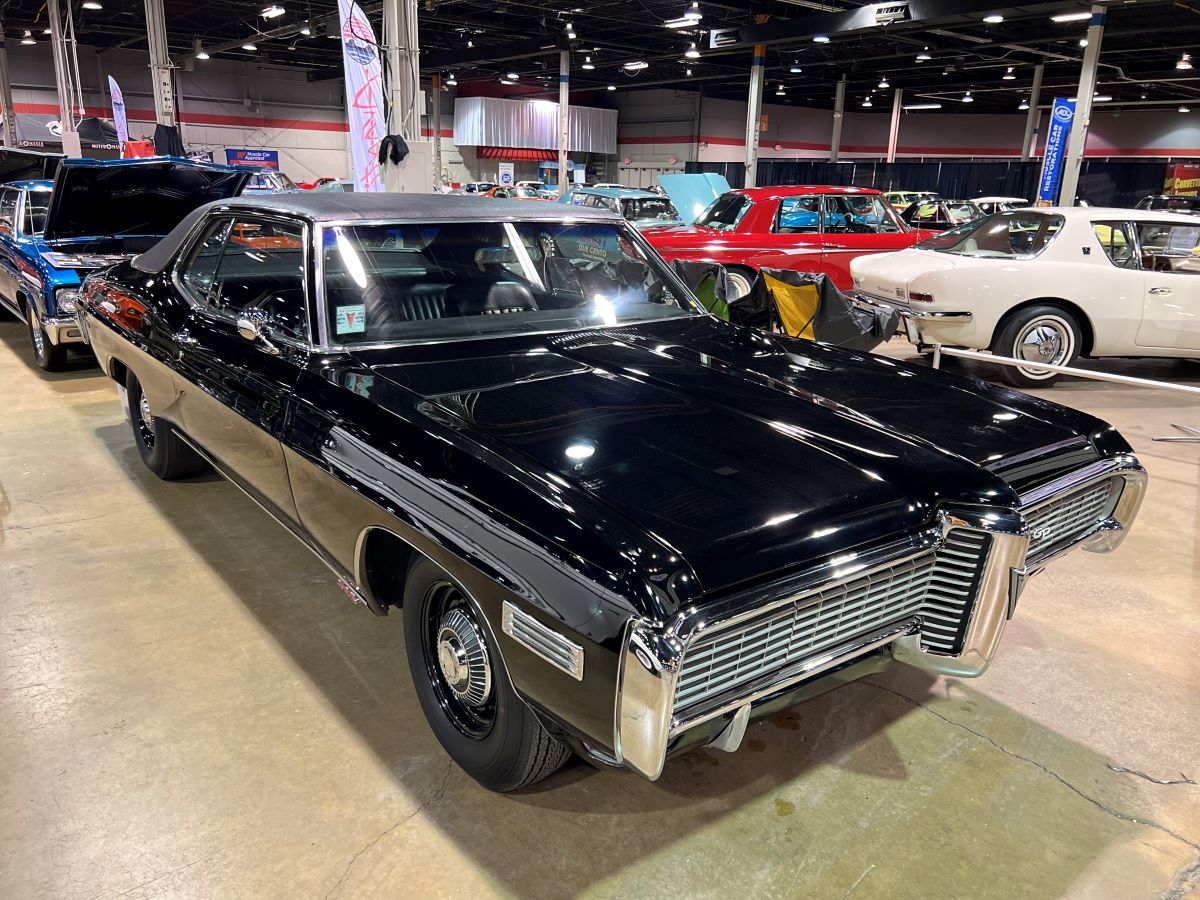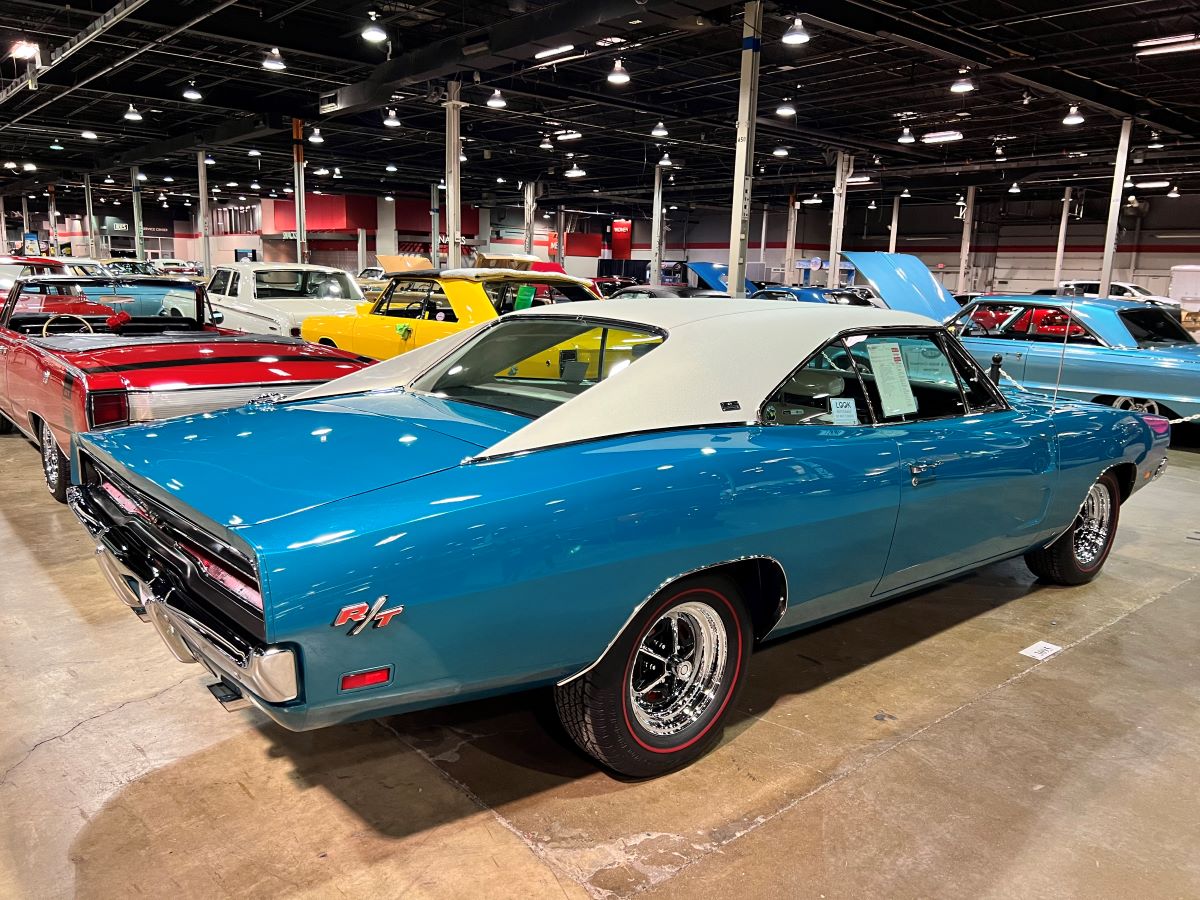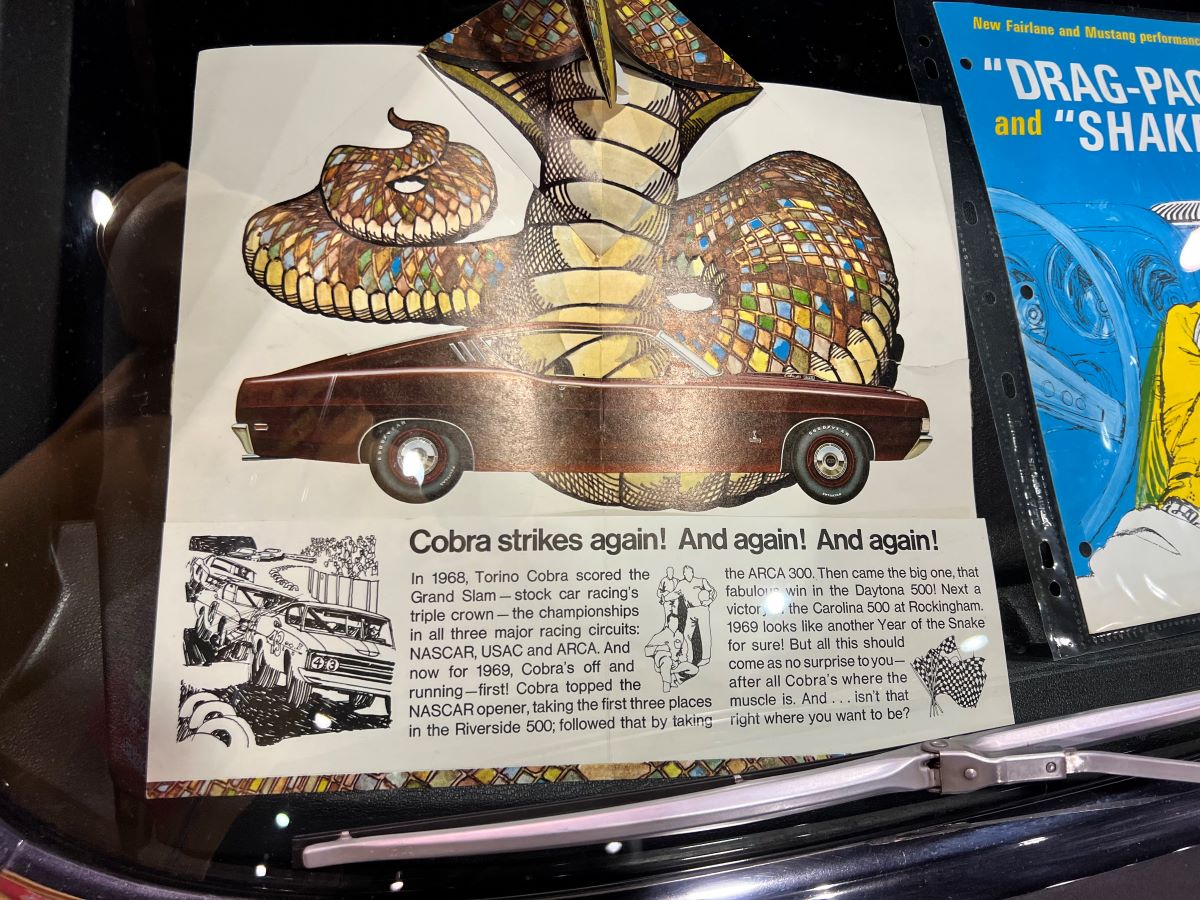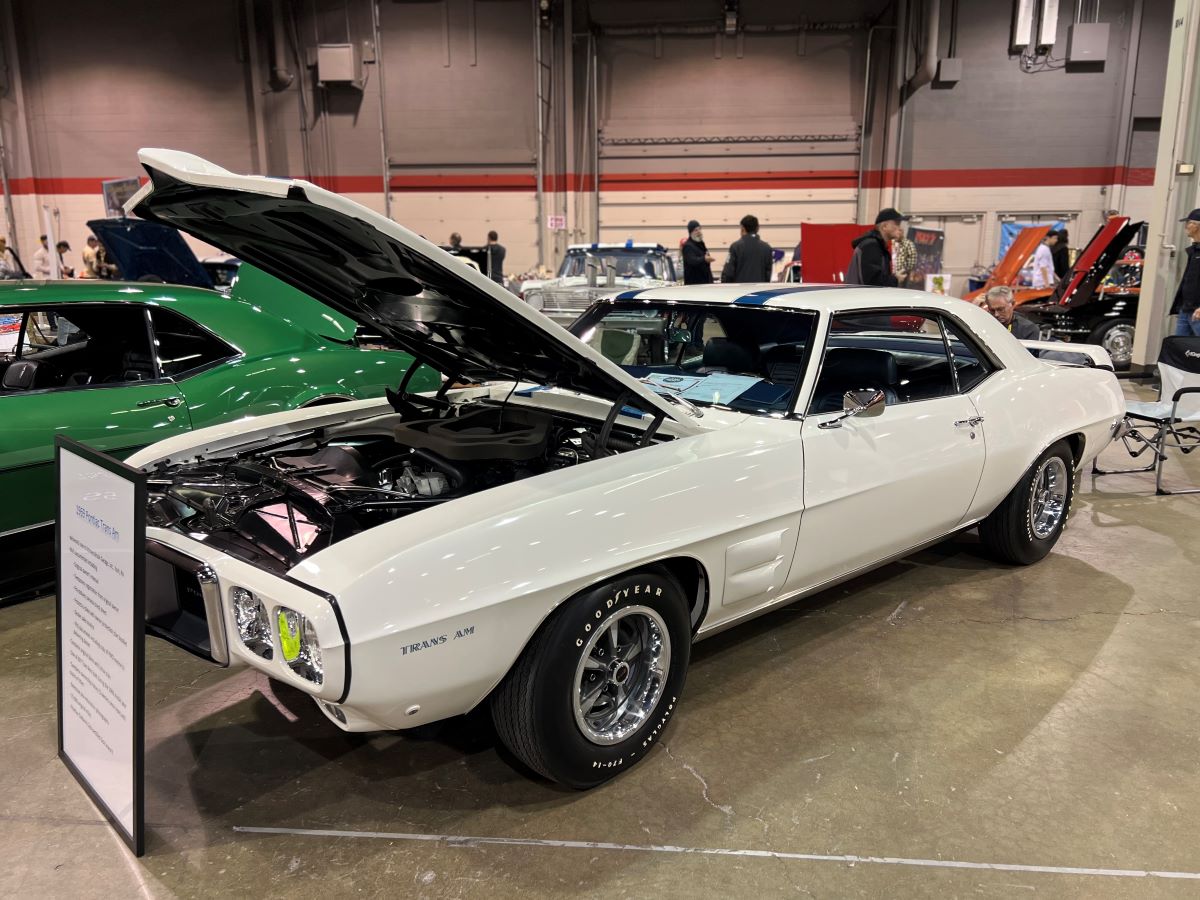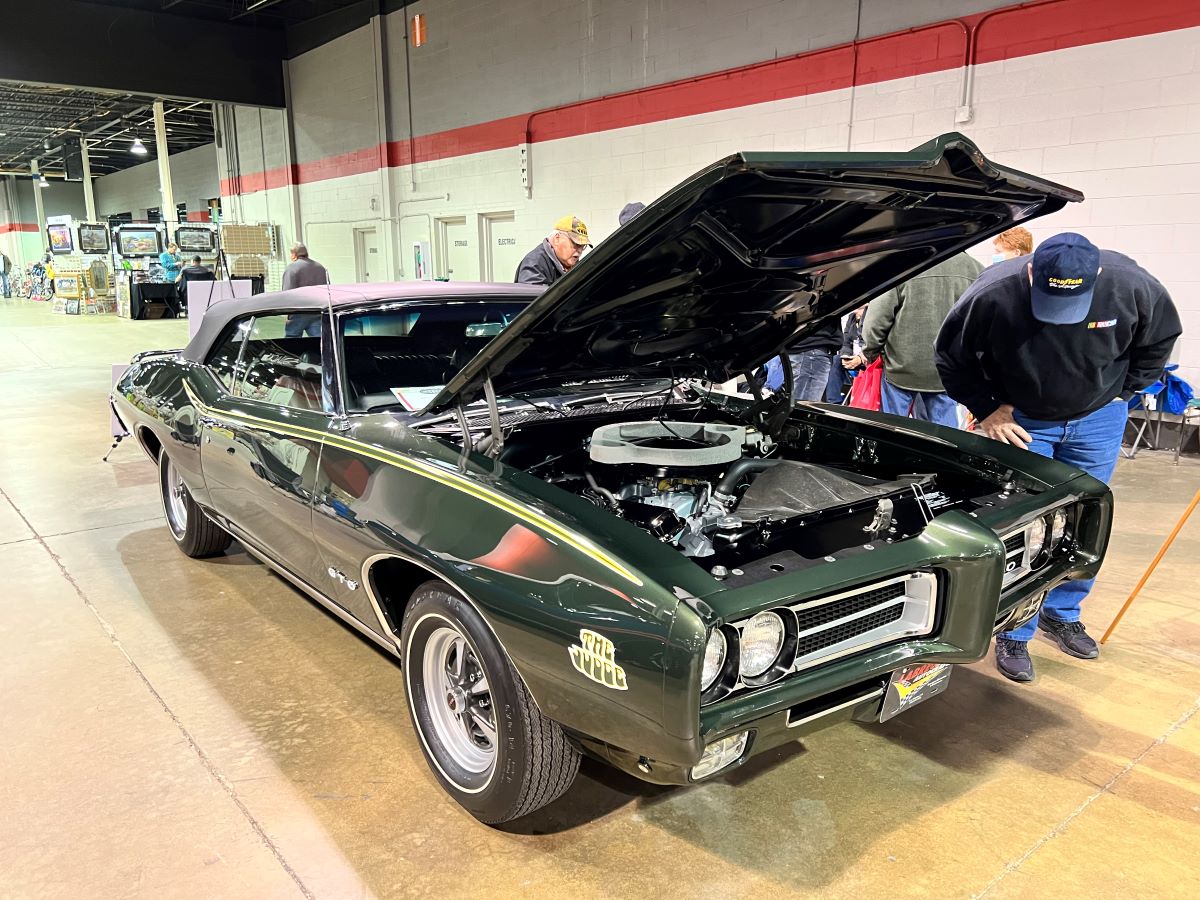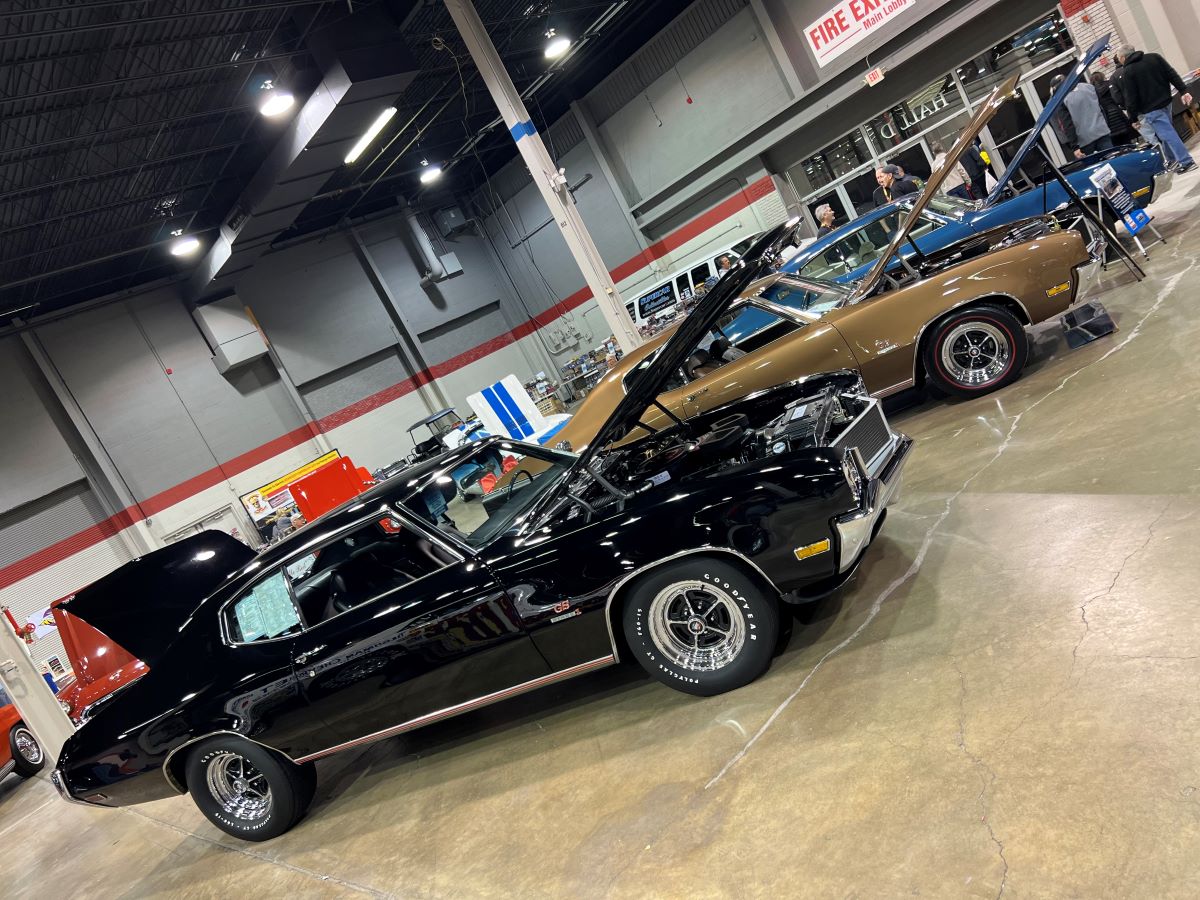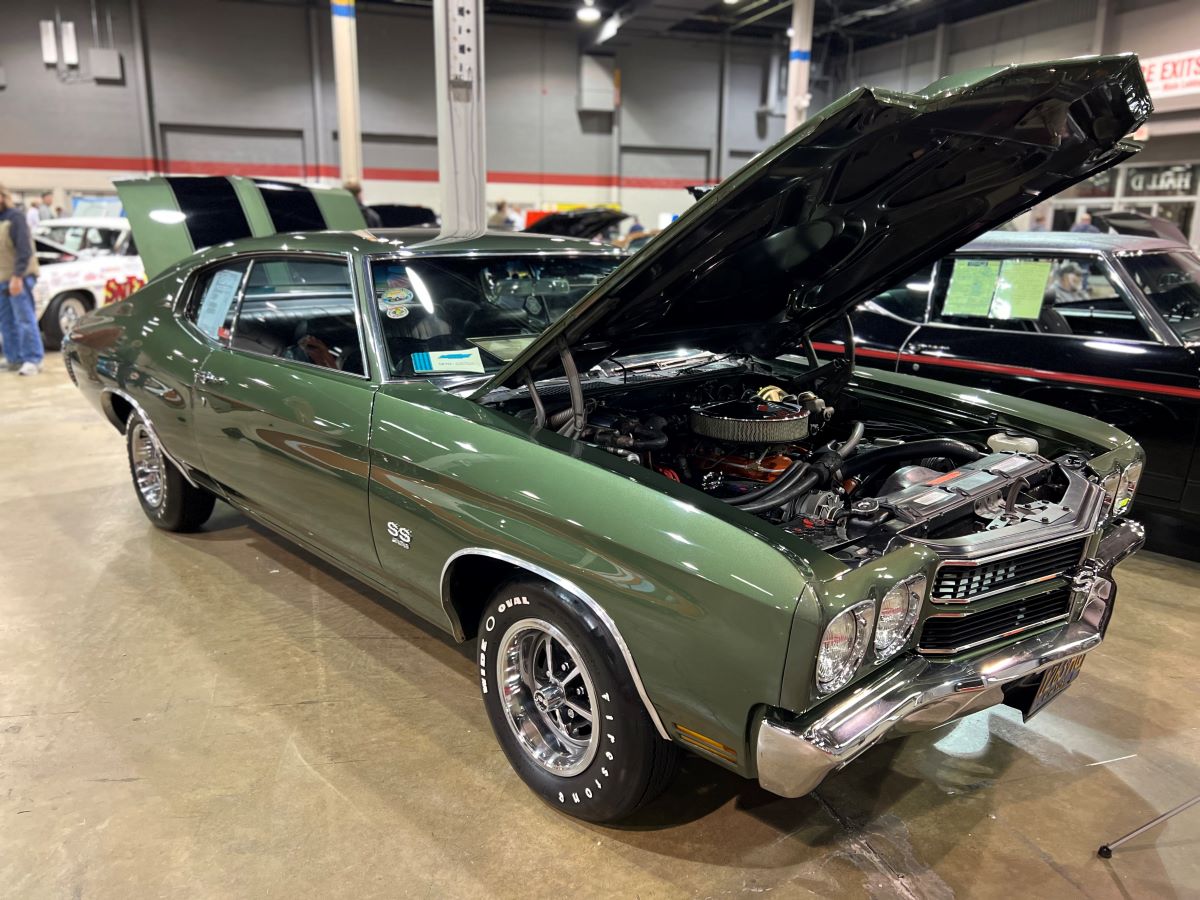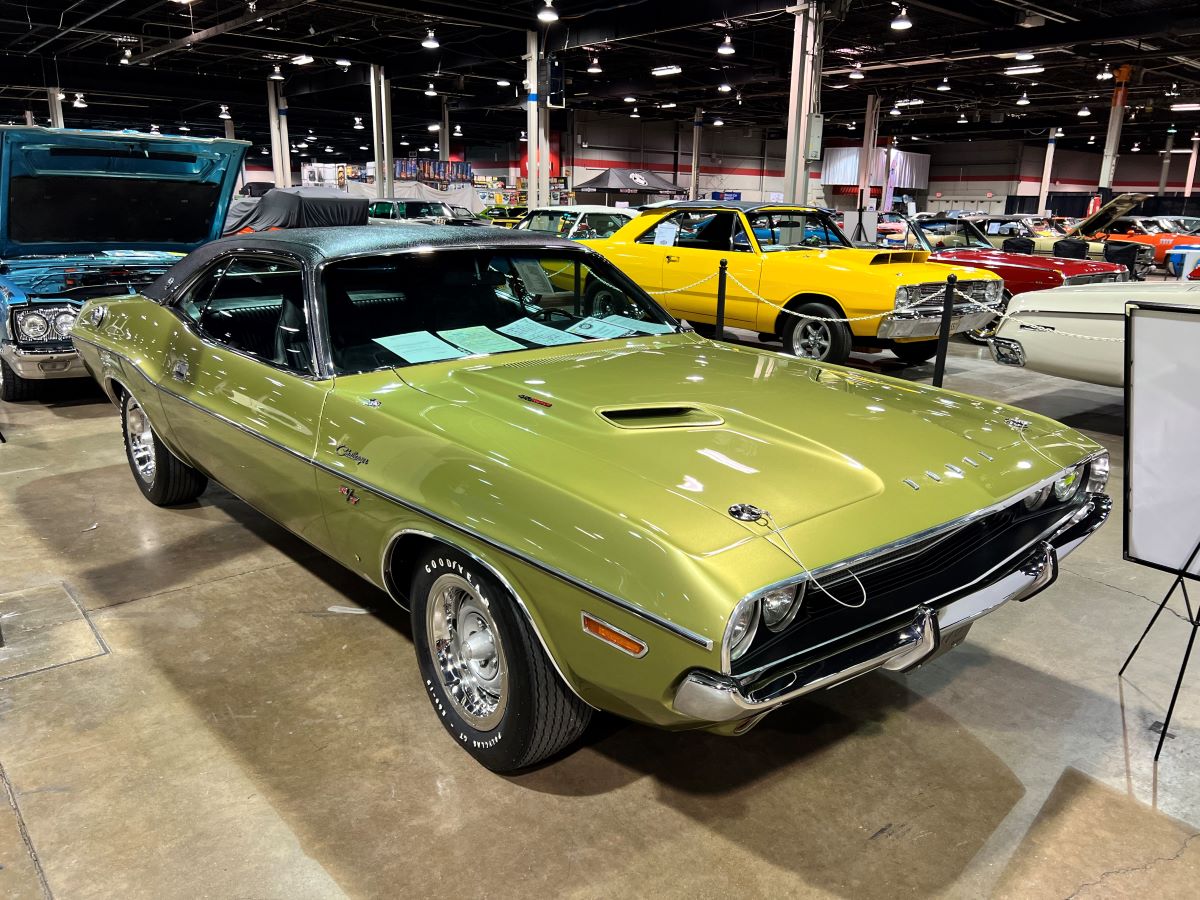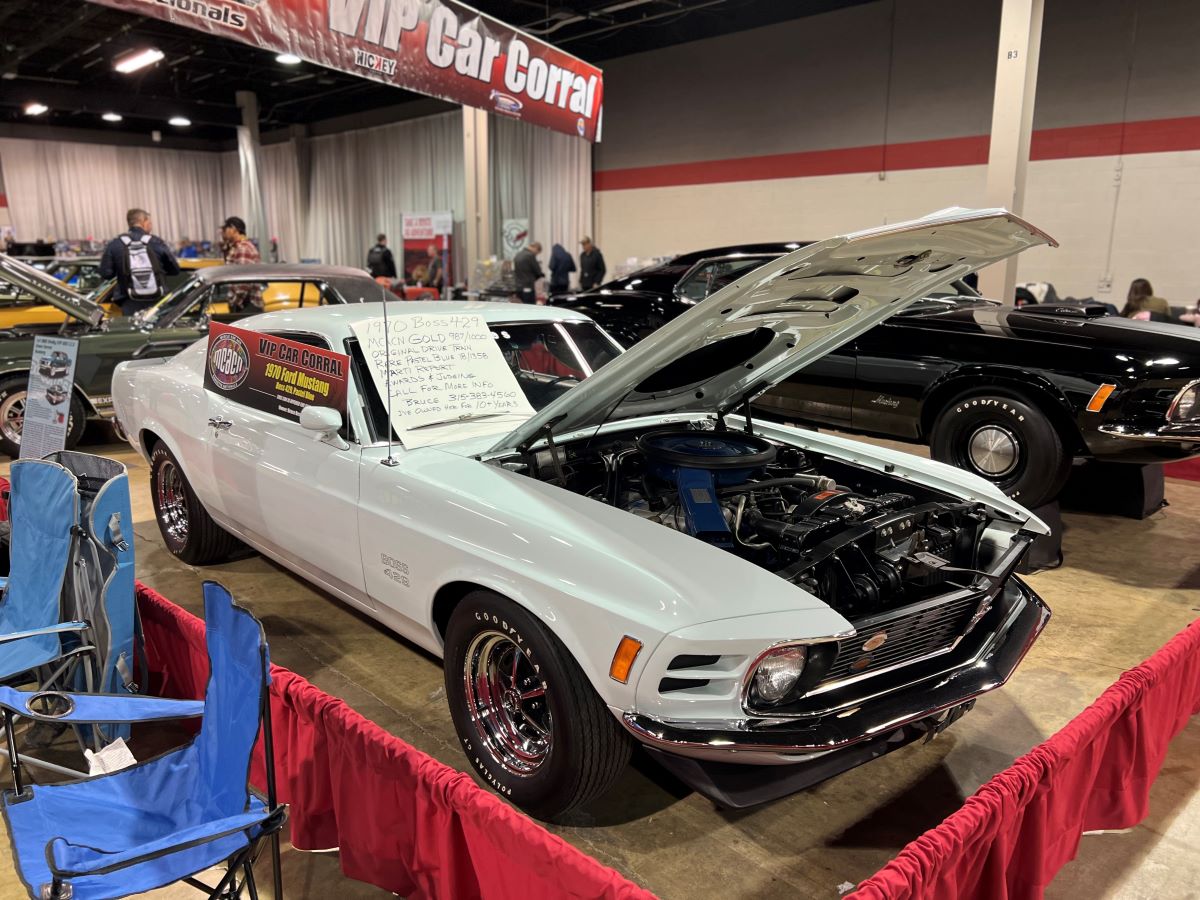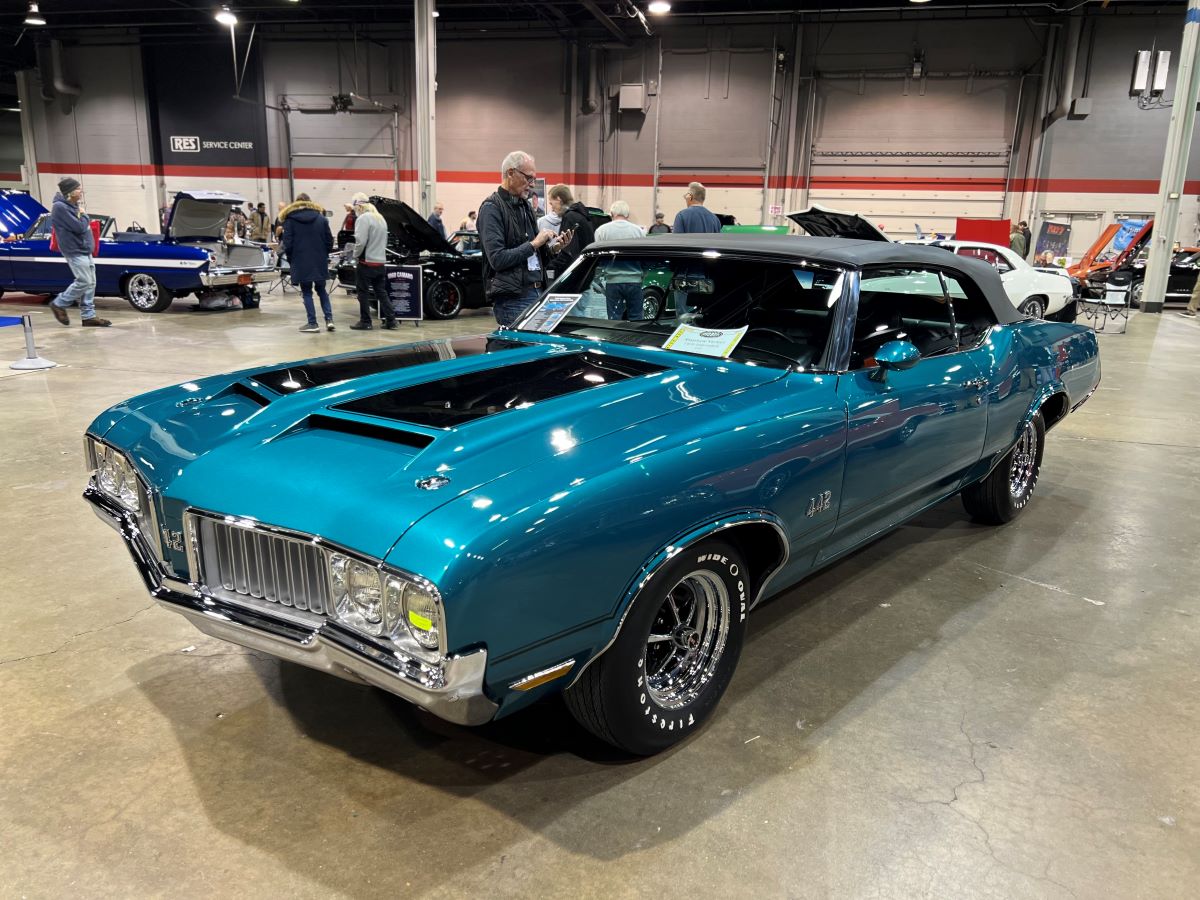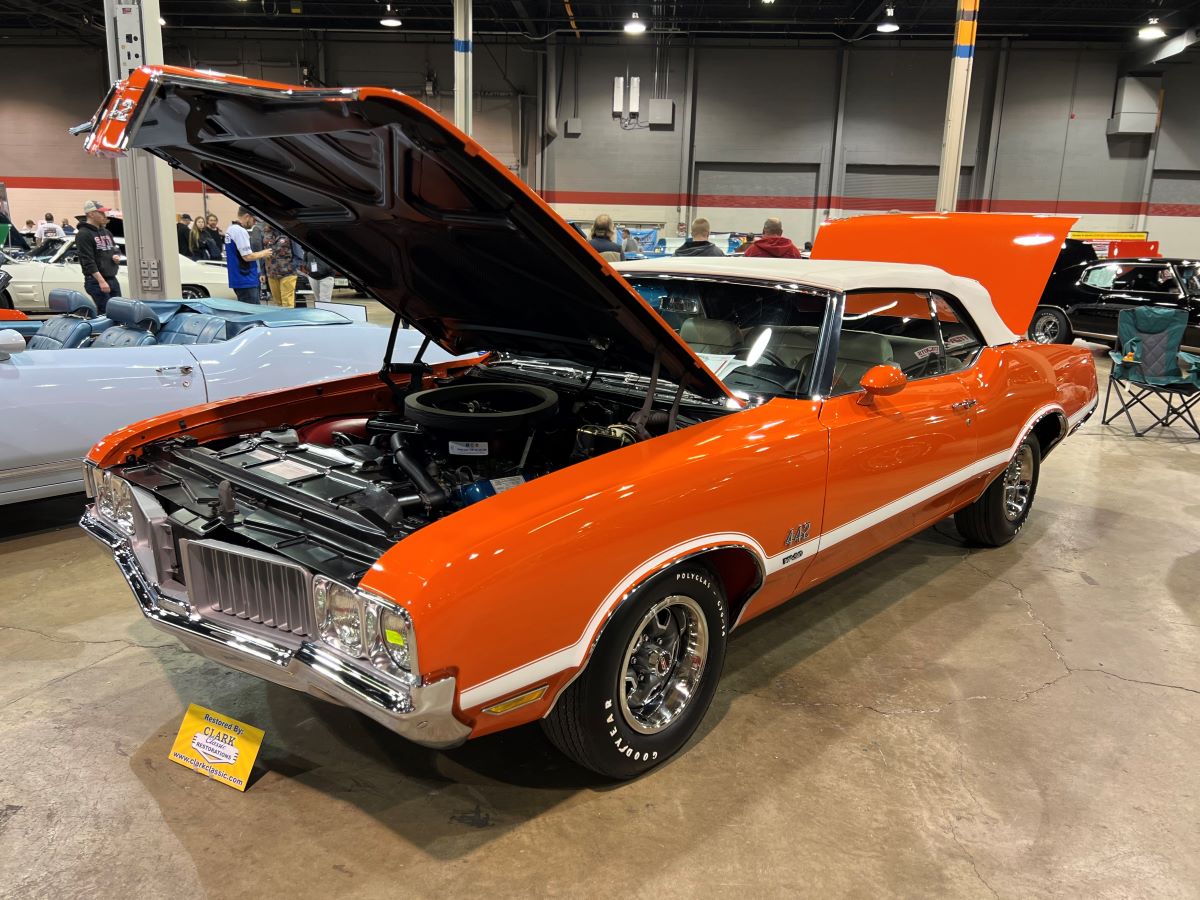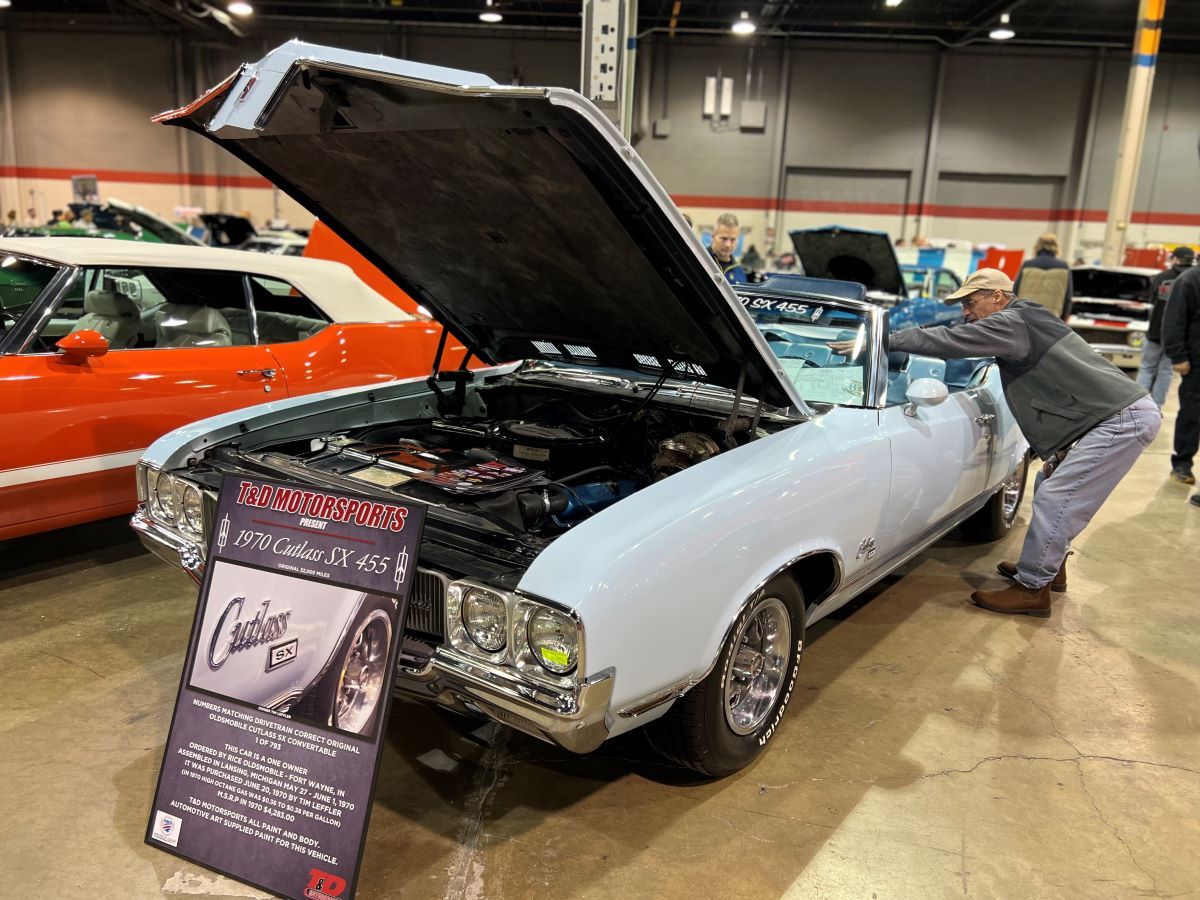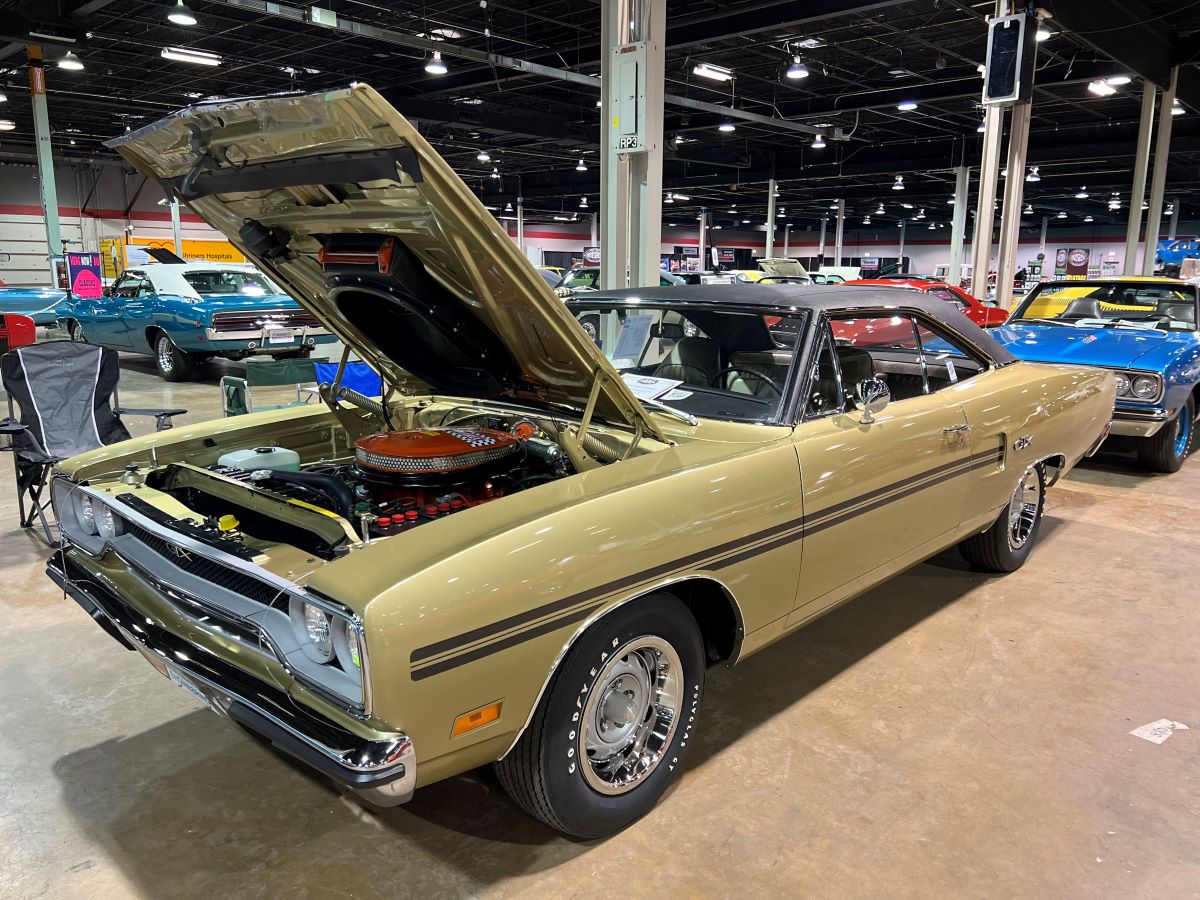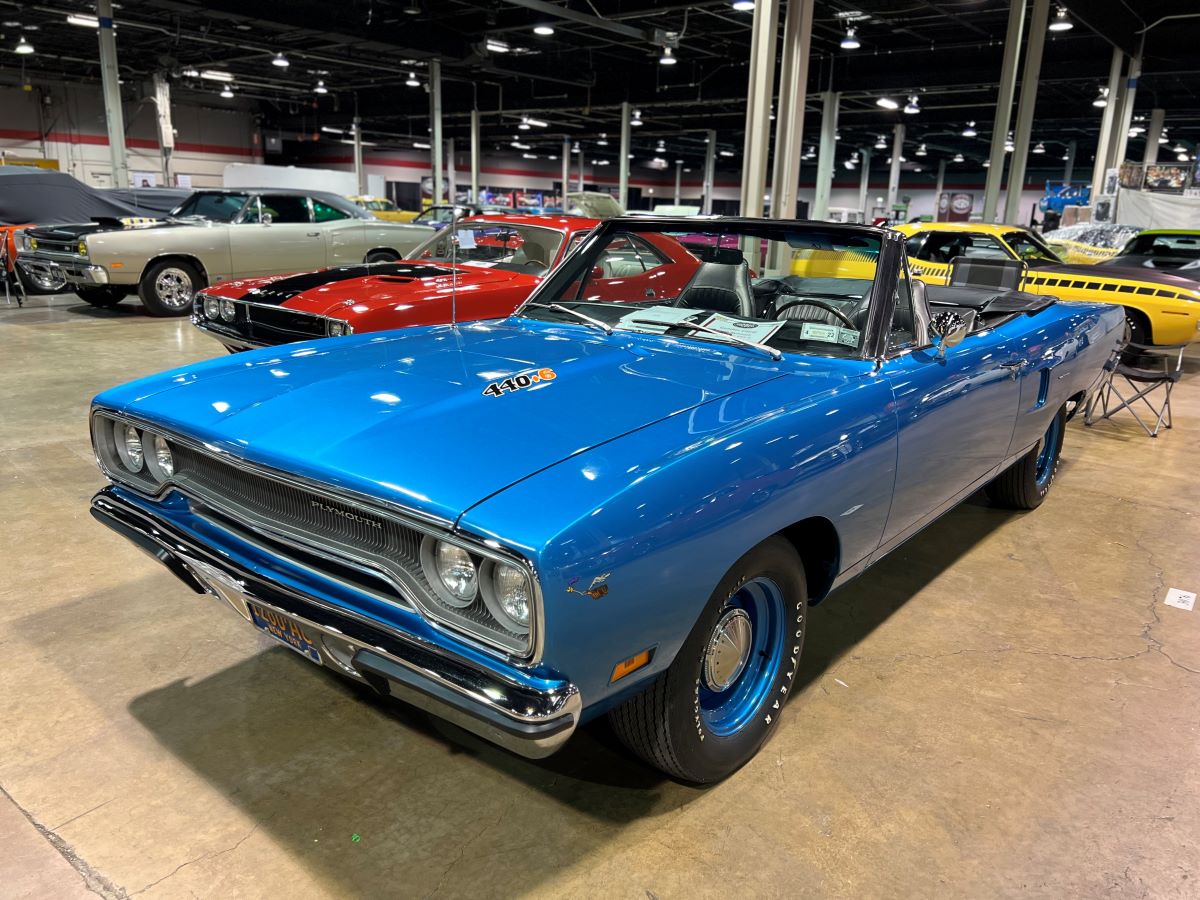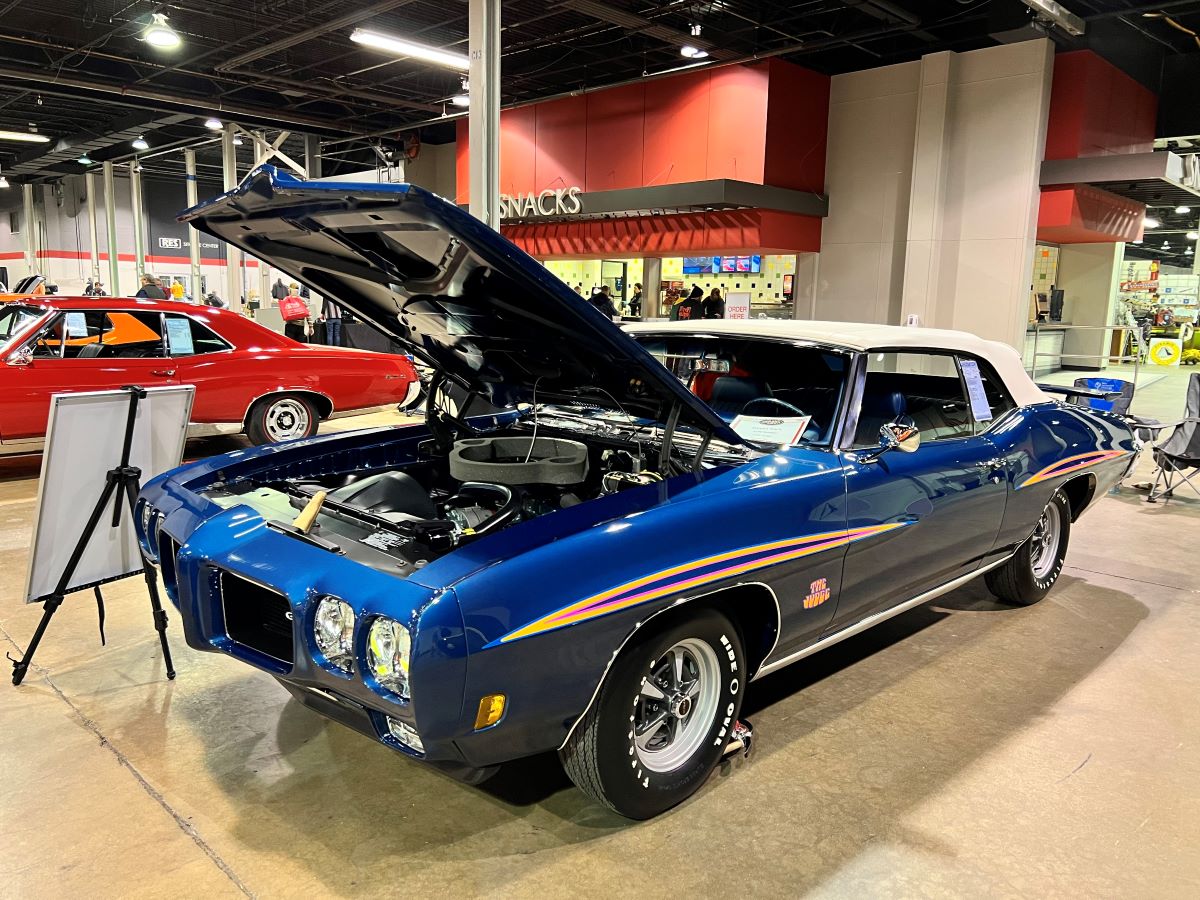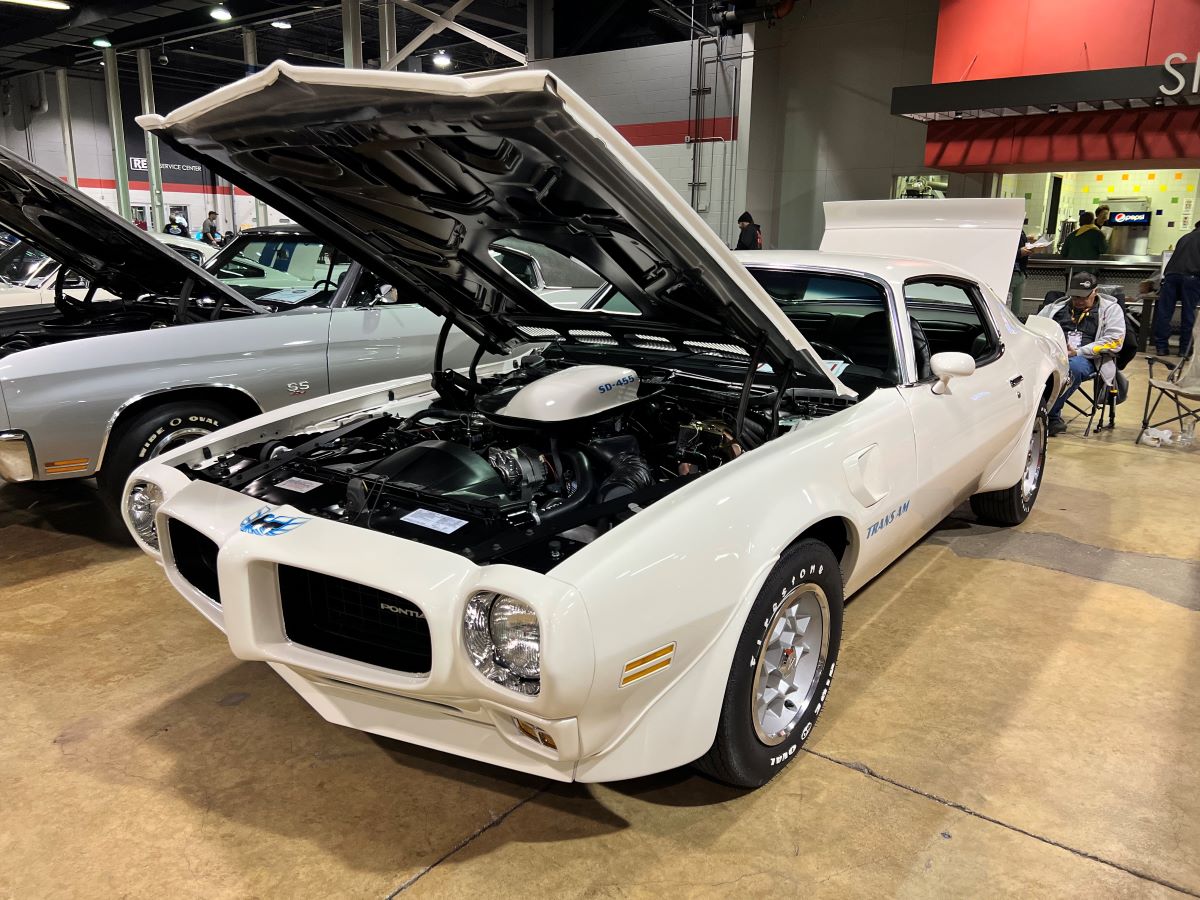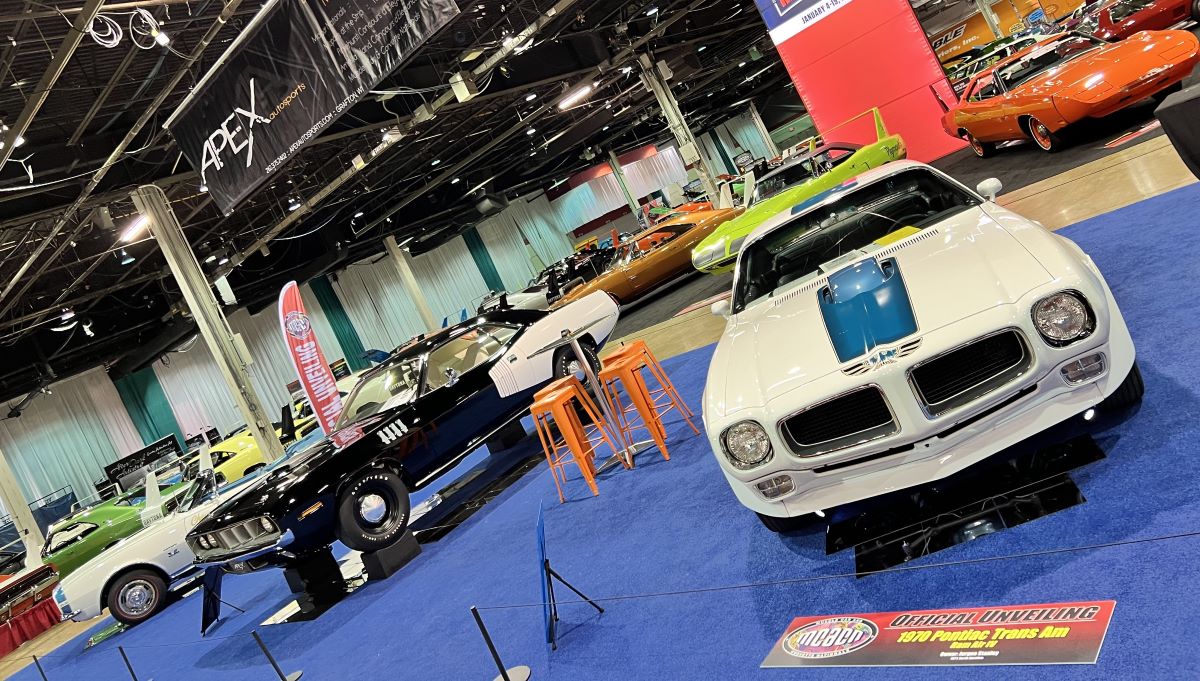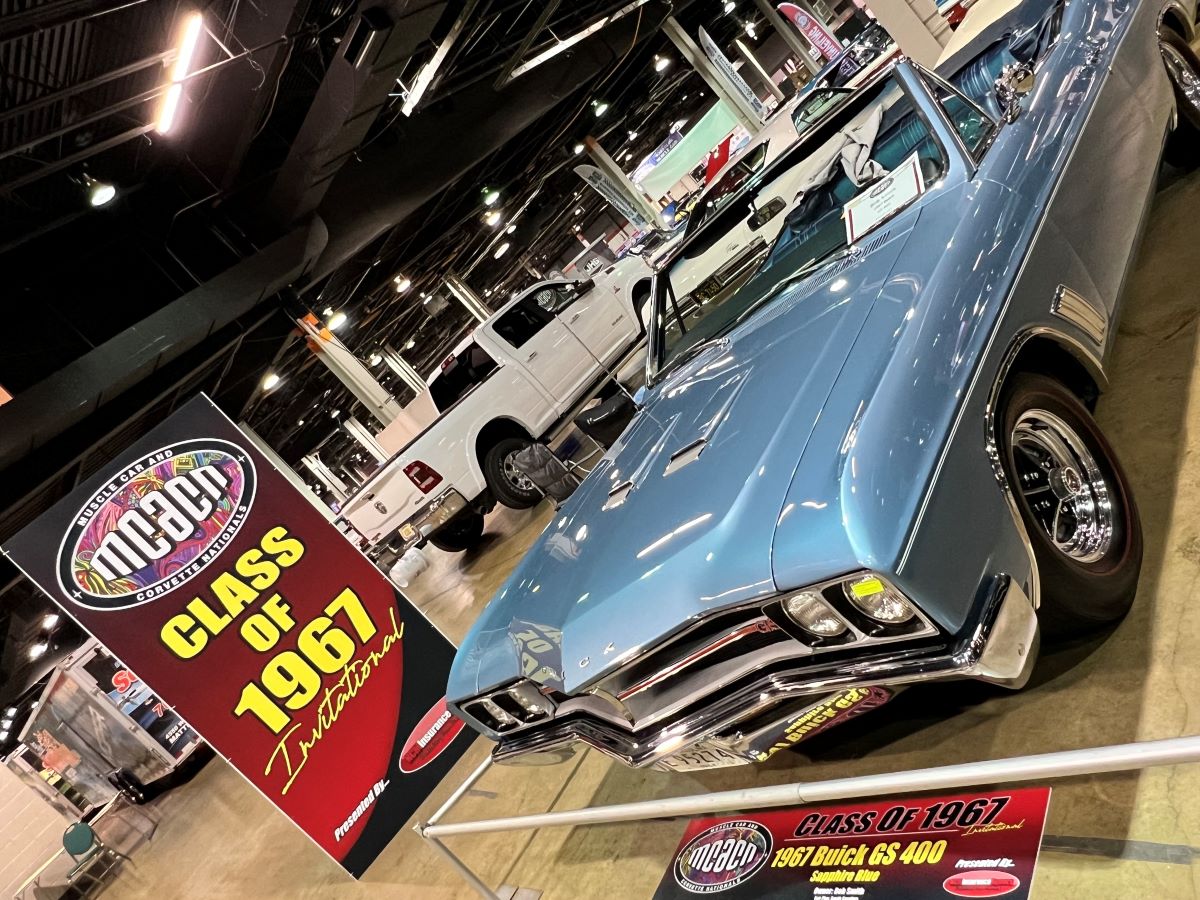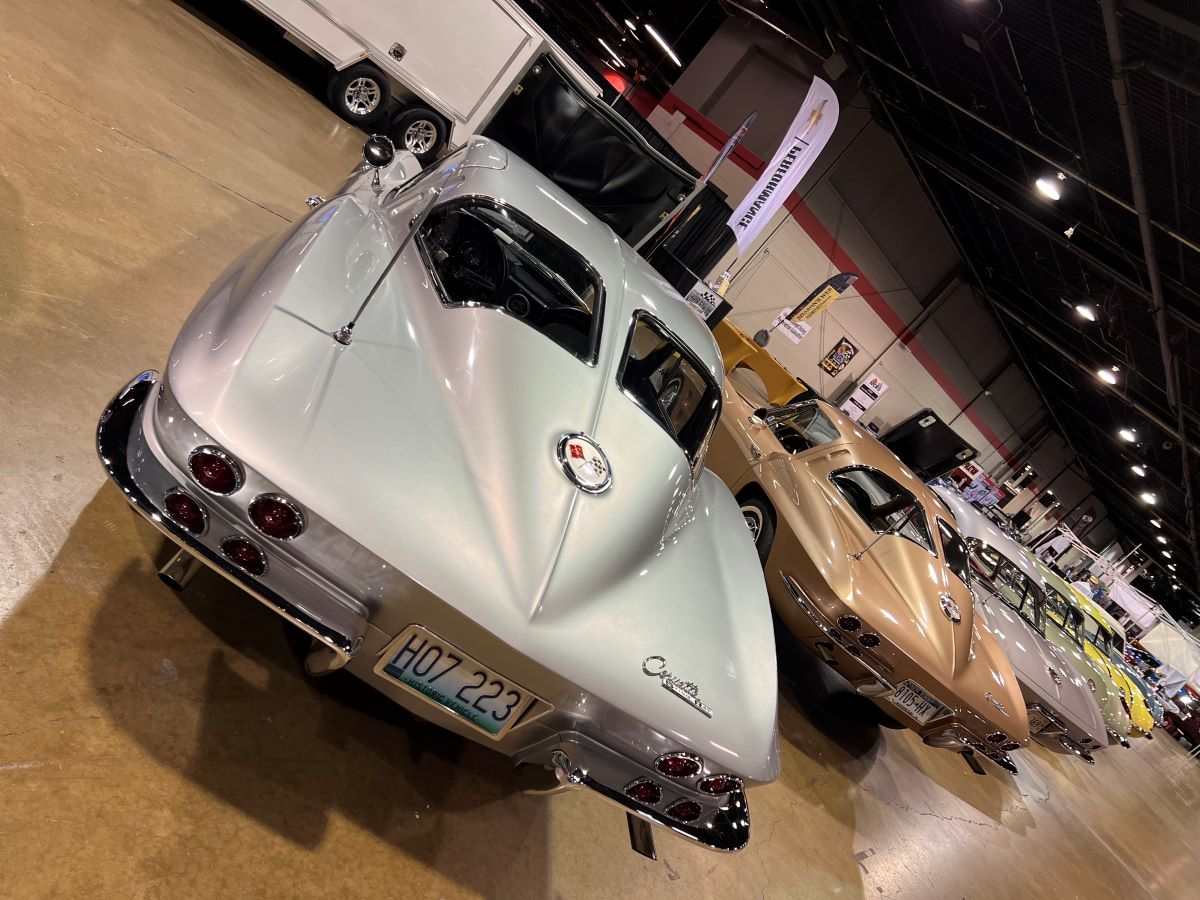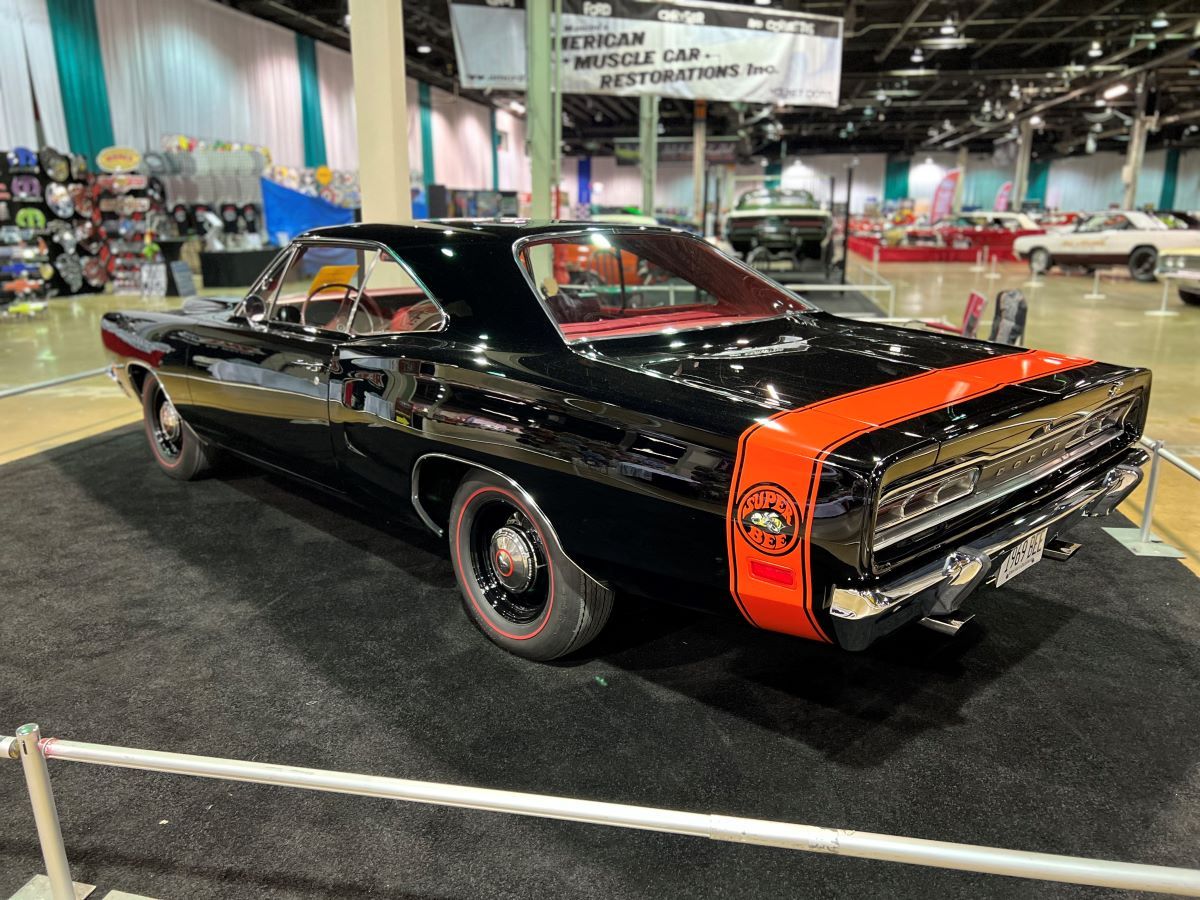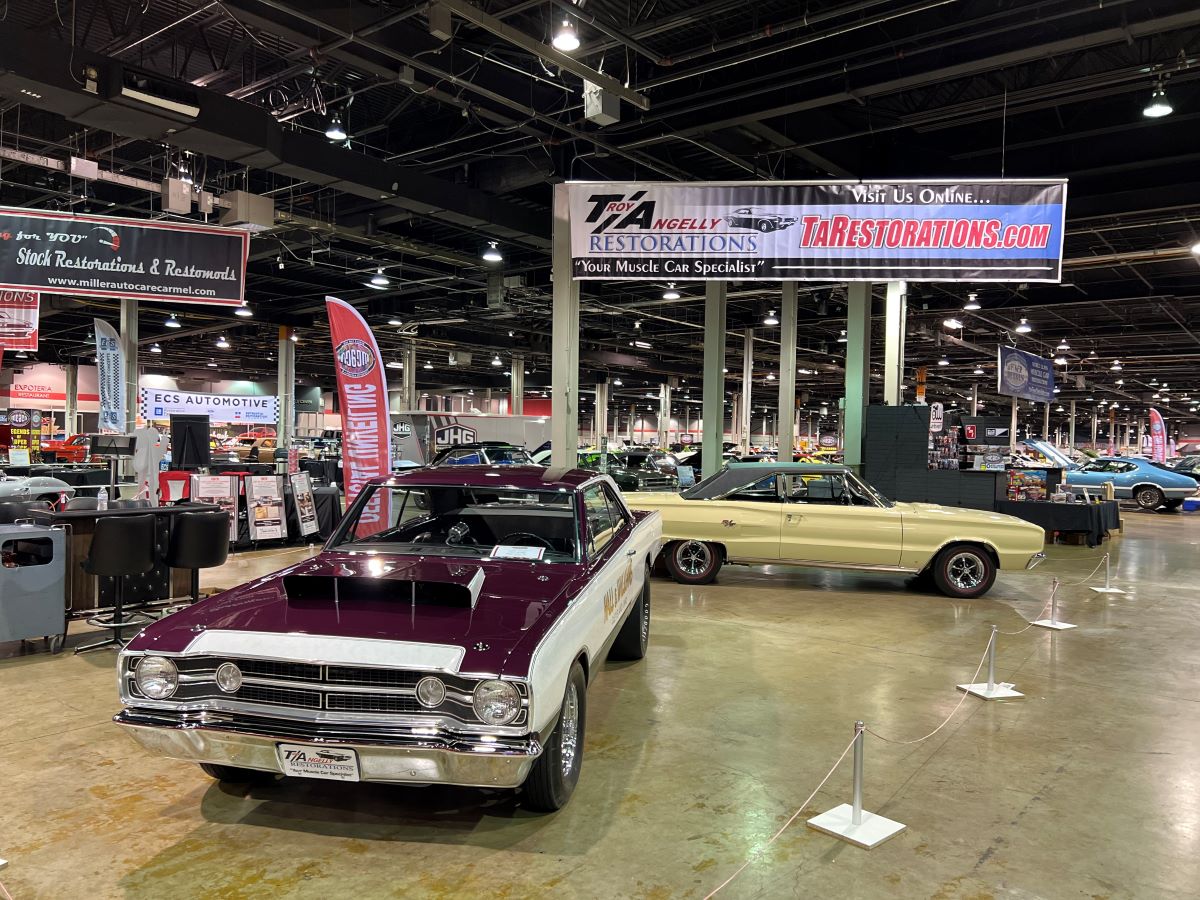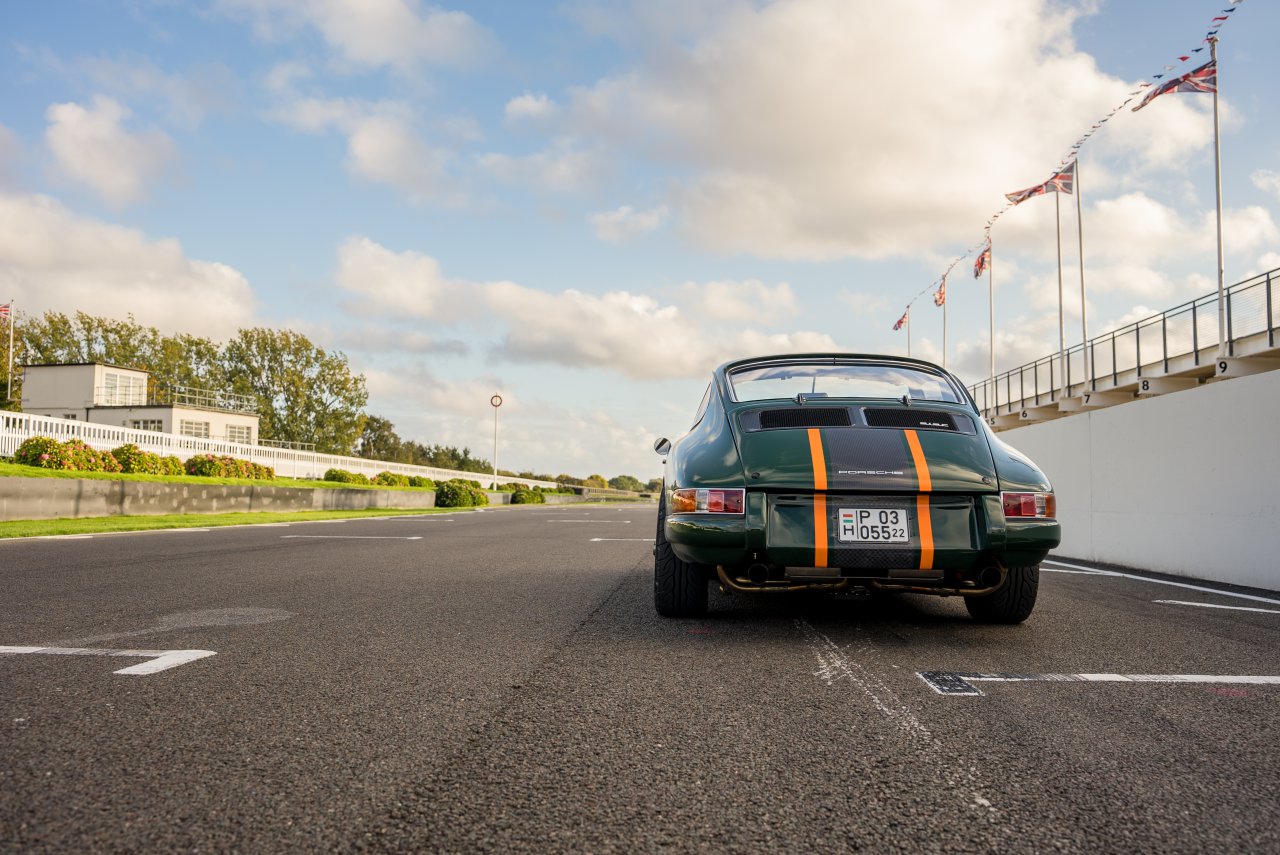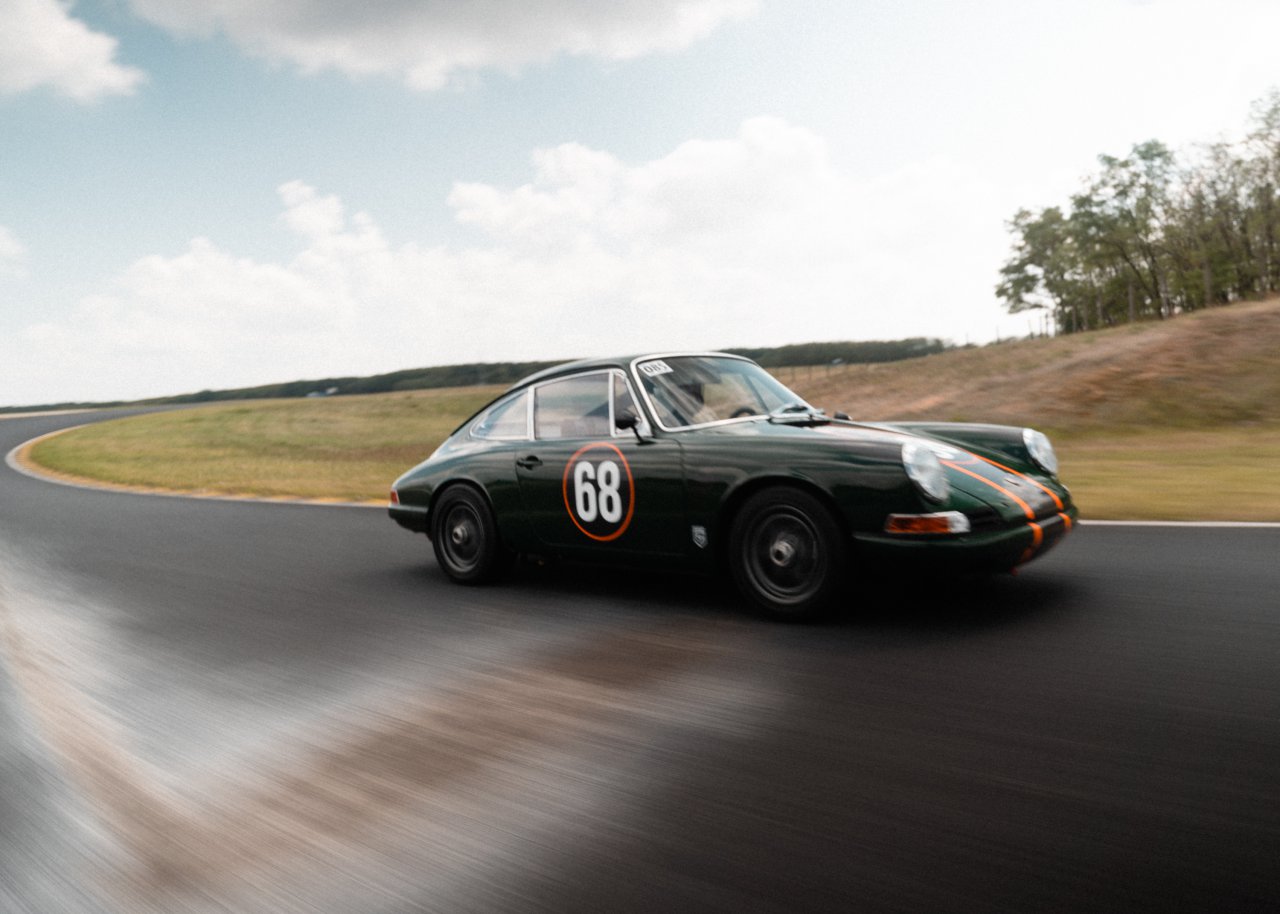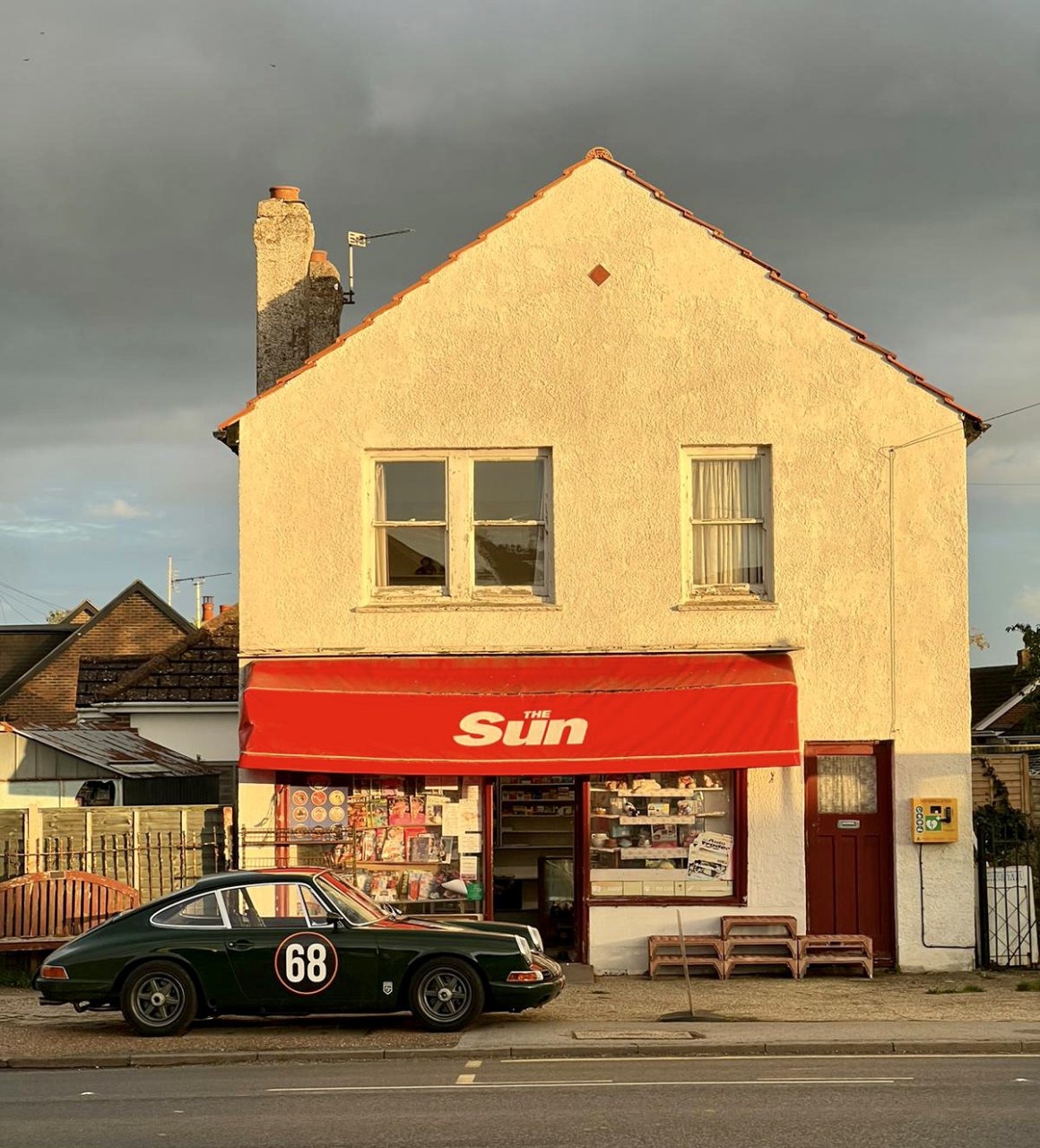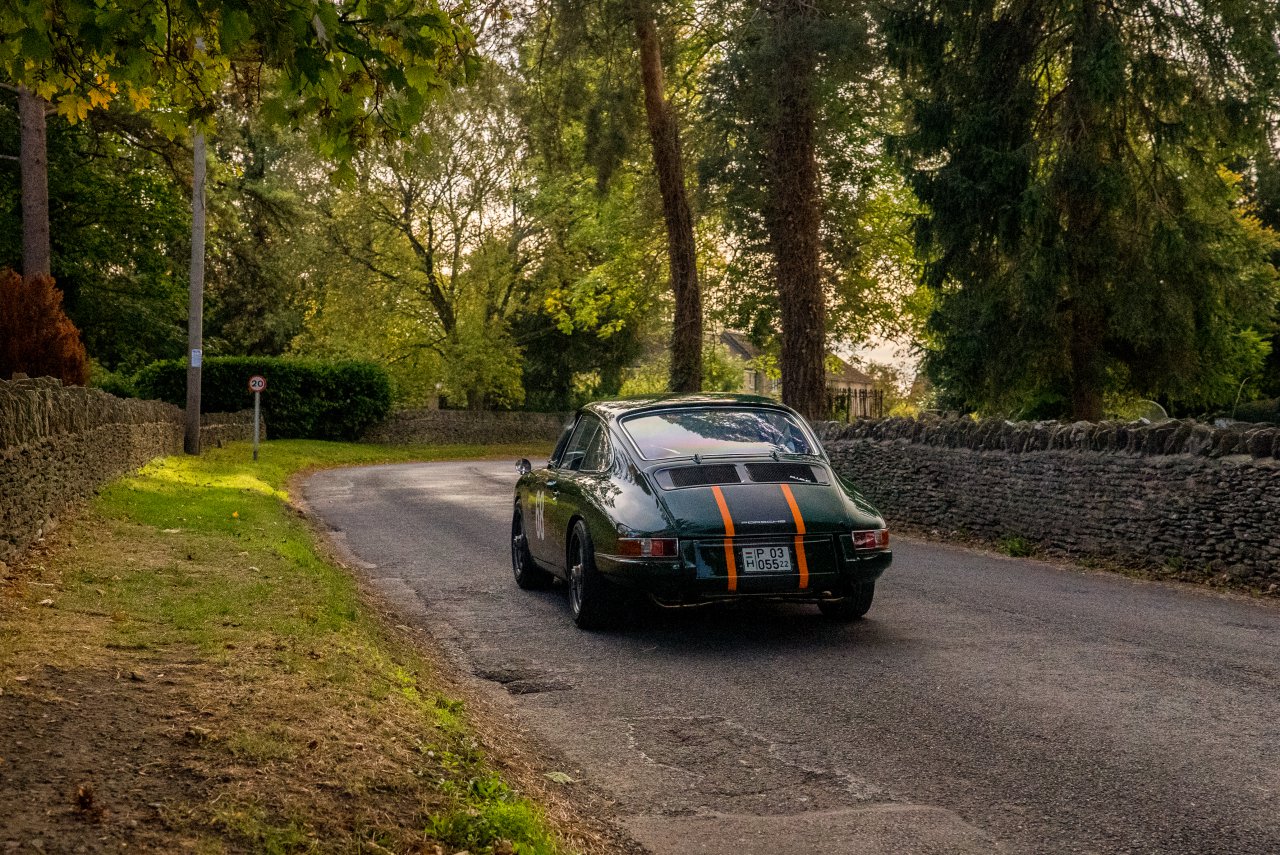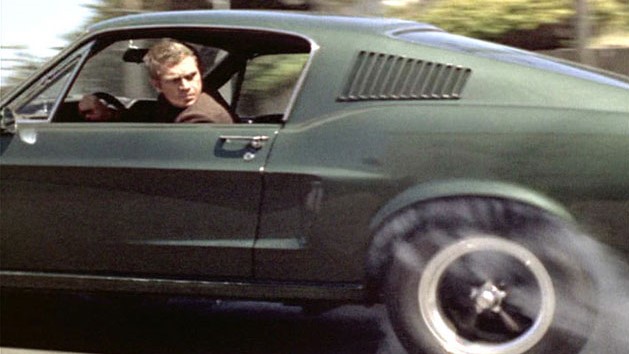During my recent trek to the “pick-and-pull” junkyard (which you can read about here), I came up with five picks for vehicles to highlight. I’m back again with a few more that caught my eye the same day. Presented in alphabetical order, here’s the lowdown.
2005 Chrysler Crossfire
This oddball two-seat, rear-wheel drive sports car comes from the Daimler-Chrysler partnership and shared most of its architecture with the first-generation Mercedes-Benz SLK. It came to market in 2004 and was offered as a coupe and a roadster through the end of production in 2008, selling a total of just over 76,000 units during that window of time. Base and limited models employed a 3.2-liter V6, while high-performance SRT-6 models were outfitted with a supercharged version of the same (the latter producing 330 horsepower). Power was sent rearward through either a Mercedes 5G-Tronic five-speed automatic or a six-speed Chrysler manual transmission. The Crossfire roadster I encountered was equipped with the six-speed manual.
1989 Dodge Caravan

The minivan that started it all! This multi-purpose hauler was marketed as both a cargo van and a passenger vehicle. It was produced across five generations beginning in 1984 by the Chrysler Corporation, assembled concurrently with the Plymouth Voyager and the Chrysler Town & Country on the same “S” platform. The first-generation Caravan borrowed some chassis elements from other vehicles on the Chrysler K platform. Powertrains were diverse and ranged from a 96-horsepower inline-four all the way to a 150-horsepower 3.3-liter V6 in the final model year for the first-generation in 1990. My minivan encounter was with a woodgrain-paneled 1989 Caravan with captain’s chairs for the first and second rows (upholstered in surprisingly nice red cloth).
1995 Ford Ranger & Mazda B2300
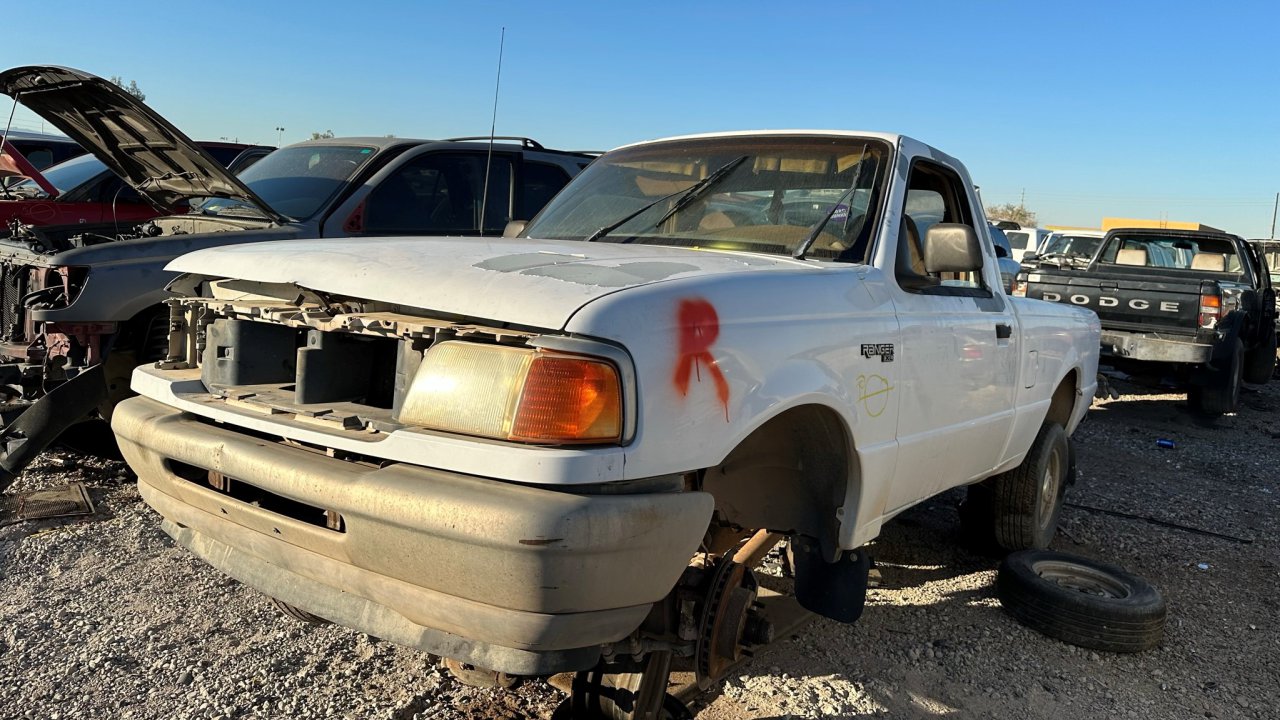
The Ranger compact pickup was introduced in the United States and Canada beginning with the 1983 model year. It was sold in succession through 2012, and along the way, it shared some platform elements with the Ford Bronco II and the Ford Explorer sport-utility vehicles. The Mazda B-Series was a rebadged variant of this truck, whose long-lived platform went through multiple facelifts before being phased out. I encountered both a Ranger and a B2300 during my visit, both in regular-cab, two-wheel drive configurations. The Ranger came back into production in 2019 after a multi-year hiatus, but the second-generation carries special nostalgia for me since a 1994 regular-cab XL-trim pickup was the vehicle that I learned to drive a stick-shift on in the late 1990s.
-
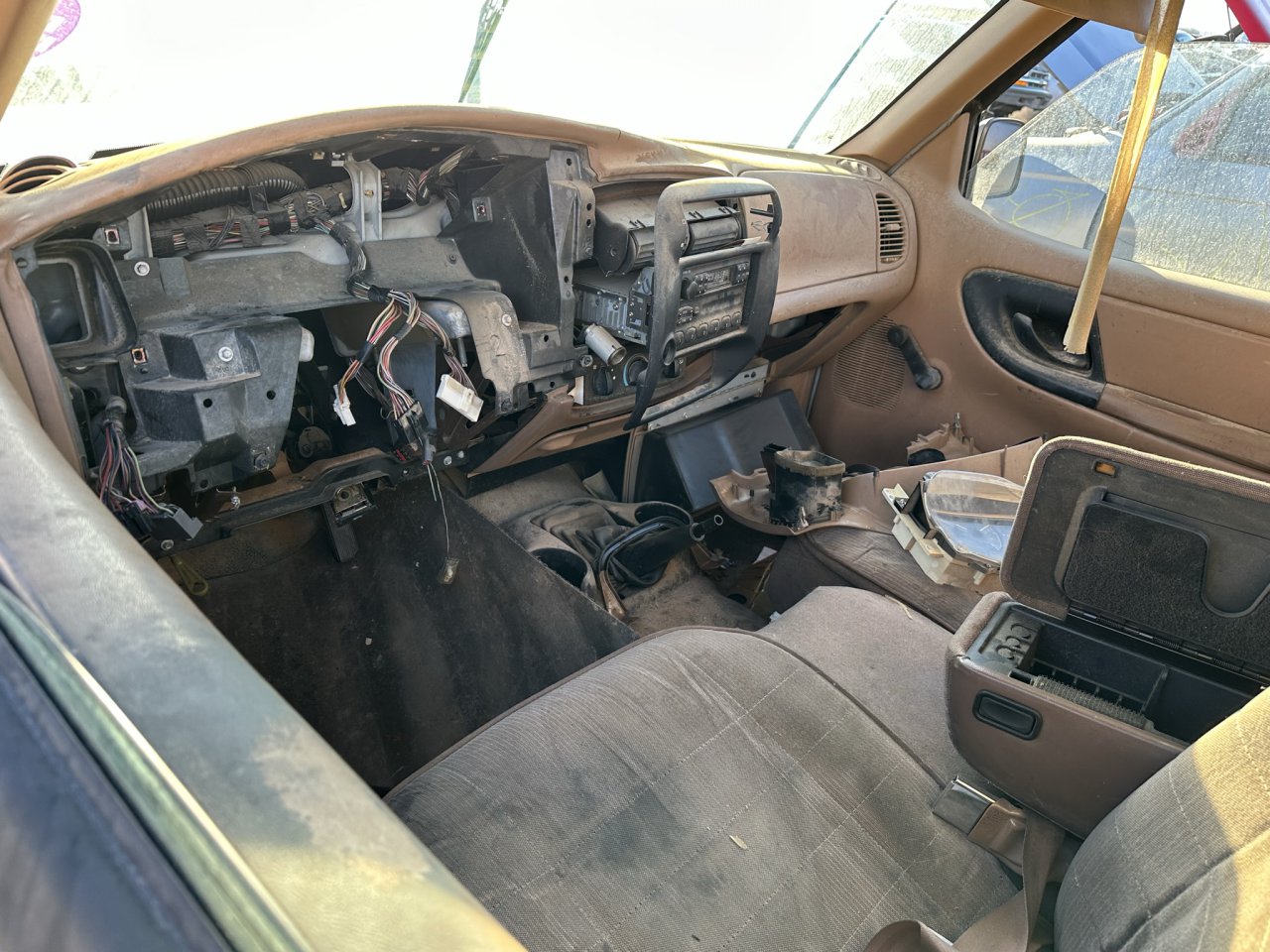
Ford Ranger -
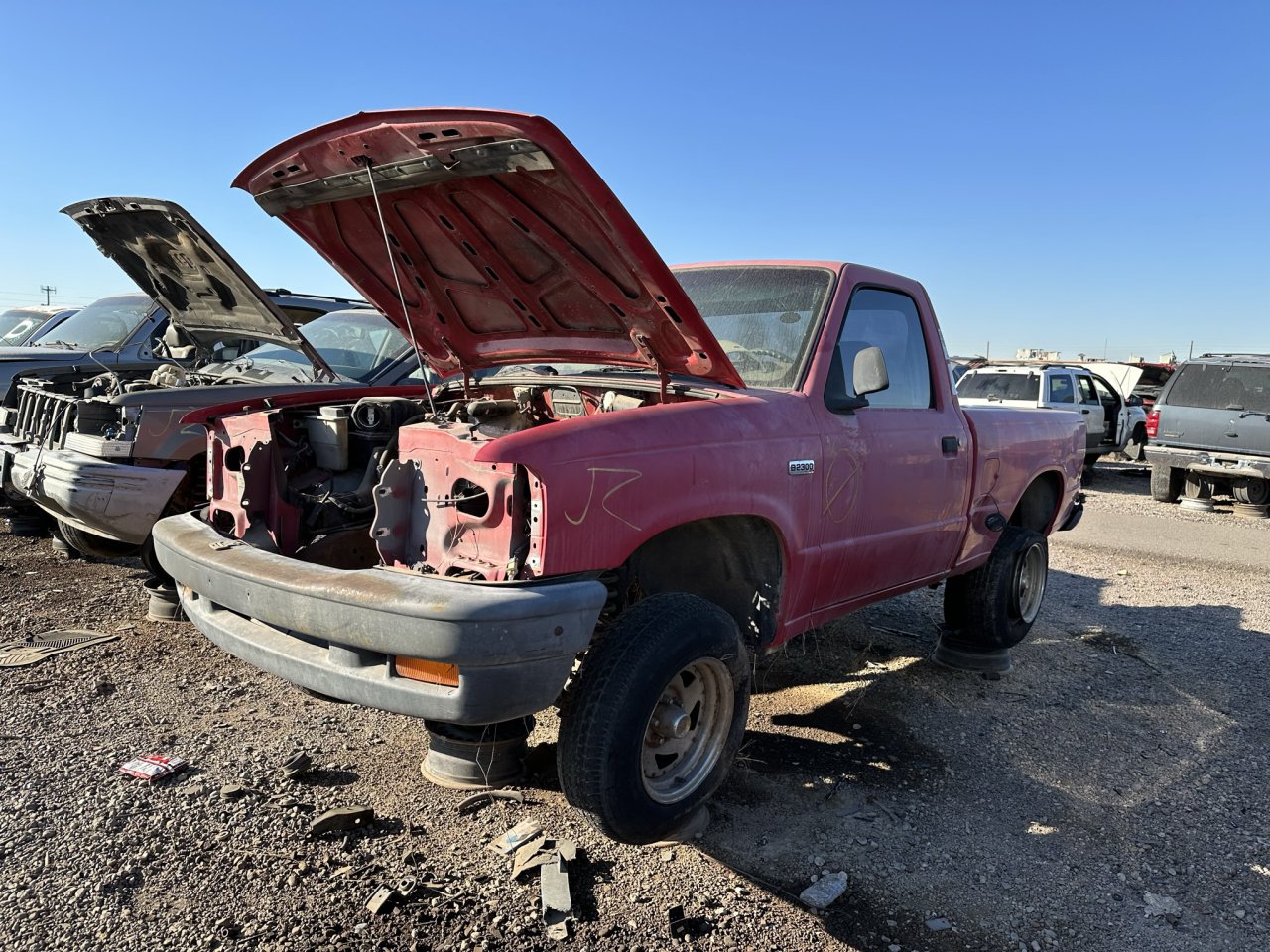
Mazda B2300
1991 Infiniti Q45
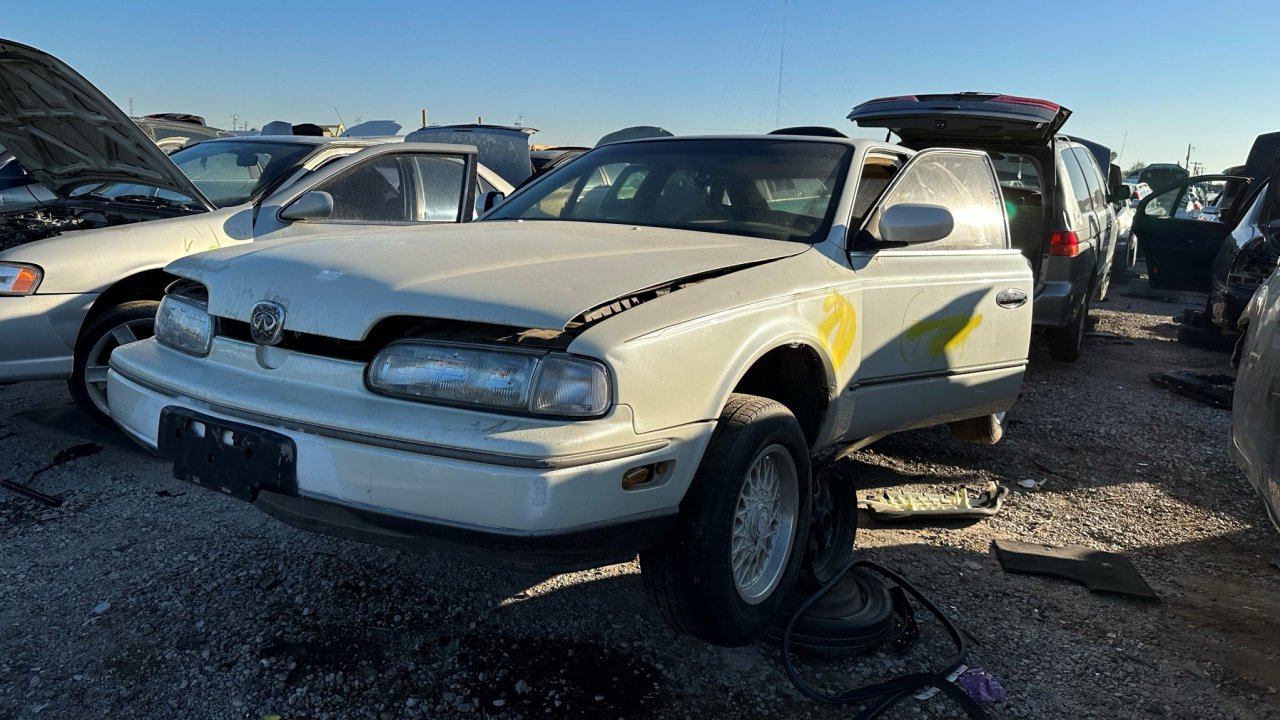
As the Japanese luxury race was just getting started, Honda launched Acura, Toyota started Lexus, and Nissan created Infiniti. The flagship full-sized Q45 sedan brought a V8, rear-wheel drive platform to the states with competitive specs and standard equipment. The first generation used a 278-horspower 4.5-liter mated to a four-speed automatic transmission. Appointments were advanced for its time including Bose audio, memory seating, and automatic digital climate control, while some models came in “Touring” trim with special suspension updates like a multi-link front and rear, a stabilizer bar, a sway bar, and four-wheel steering. The Q45 that I encountered was finished in pearl white and was well-equipped, including controls for a compact disc changer in the center console.
1999 Lexus GS300
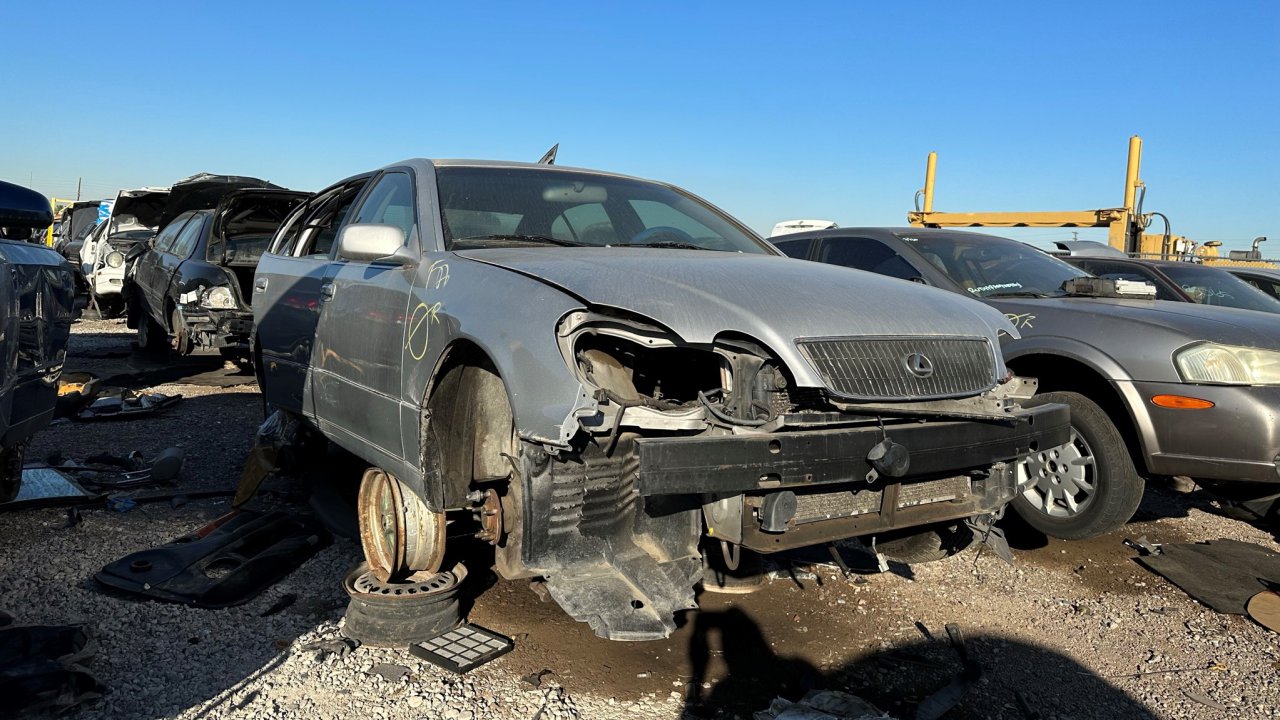
Another Japanese luxury contender during the 1990s was the Lexus GS. This executive car first launched in 1991 on the S140 platform and was powered by a 3.0-liter inline-six. A second-generation began in 1998 was dubbed a “high-performance sedan” when it first debuted at the Detroit Auto Show. Available engines included a straight-six or a 4.0-liter V8, the latter producing 300 horsepower and accelerating the sedan to 60 mph in just 5.7 seconds. So popular was this car that it was pronounced Motor Trend’s Import Car of the Year in 1998 and was named to Car and Driver’s Ten Best list for 1998 through 2000. The GS from my junkyard visit was a silver metallic 3.0-liter that had already been picked apart to a large degree but still had unmistakable body lines.
Bonus: Two Relics from the 1970s
While most vehicles in the junkyard I visited were from the 1980s through the early 2000s, I did come across a couple of standout older cars that deserve a minute in the spotlight:
1974 Cadillac Eldorado
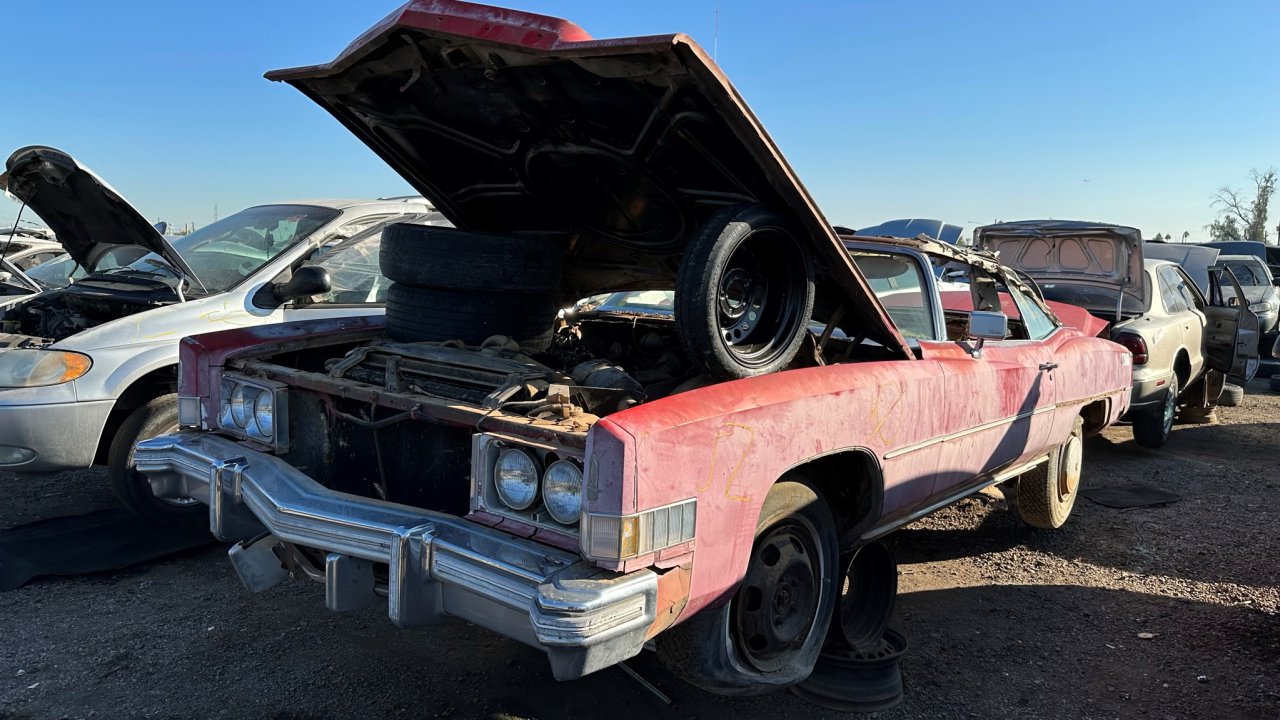
This ragtop was ragged, but there was something incredibly neat about it. This 1974 came from the model’s ninth generation which launched in 1971 on the General Motors E-body platform. Its motor was a massive 500cid V8 that was paired with a three-speed automatic transmission.
1975 Plymouth Gran Fury
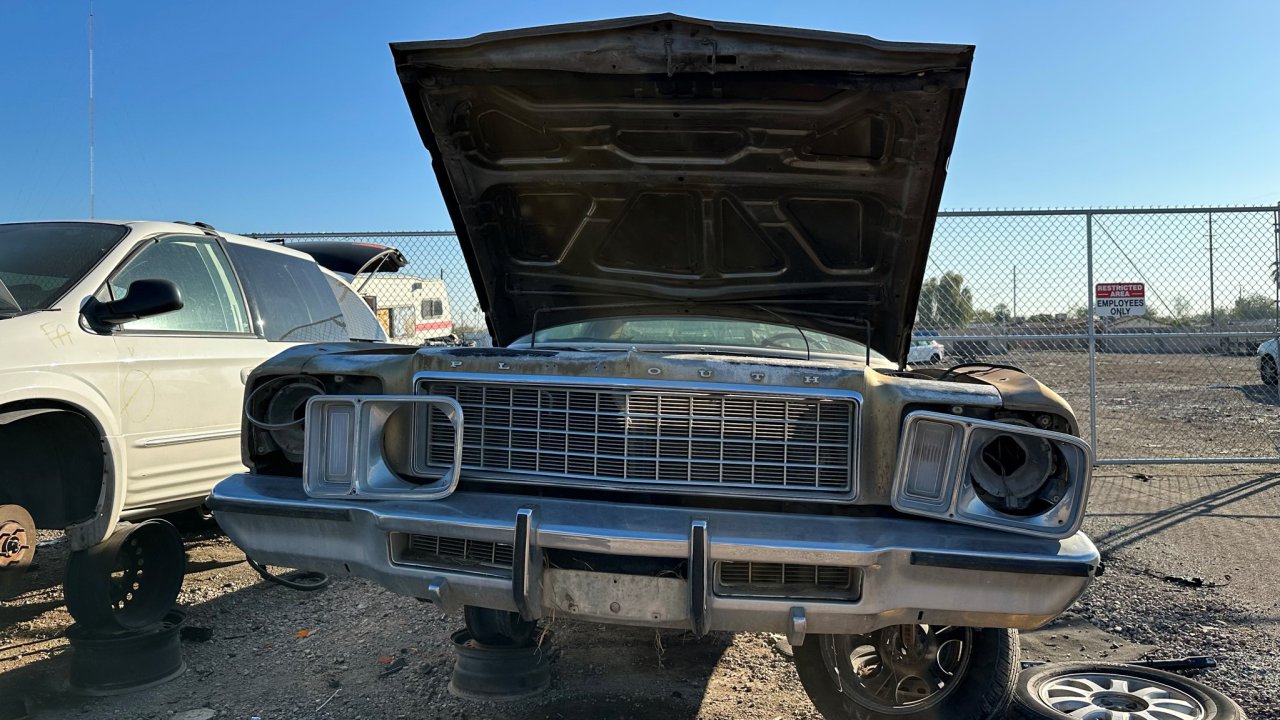
The full-size Gran Fury came in a number of designs including the two-door hardtop I spotted. It was a model continuation of the Plymouth Satellite and had V8 motors ranging in size from 360cid to 440cid, each mated to a TorqueFlite three-speed automatic transmission.
Do any of these cars evoke memories for you? Let us know in the comment section!

